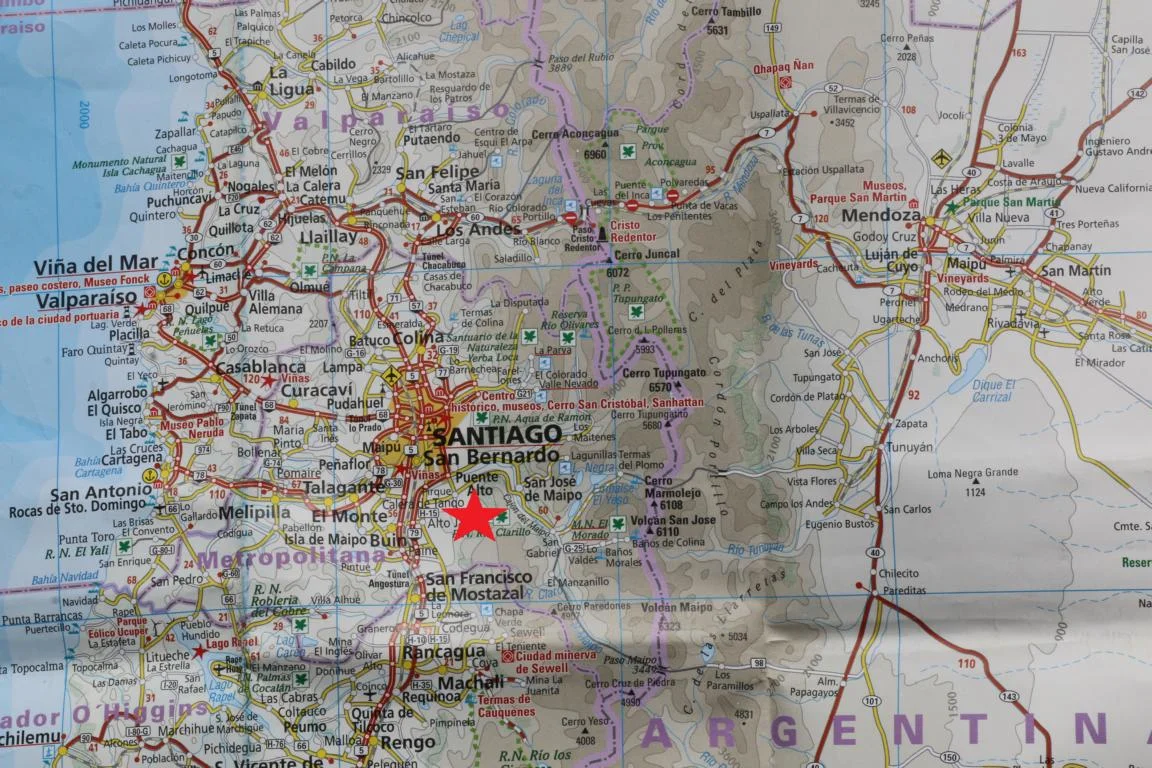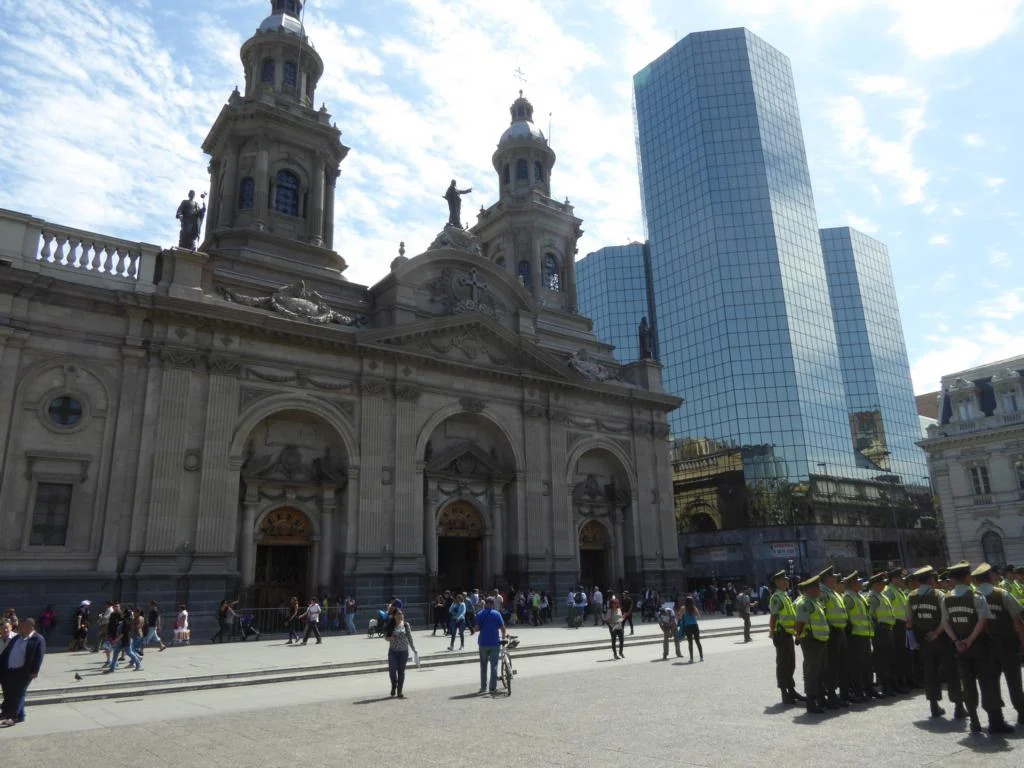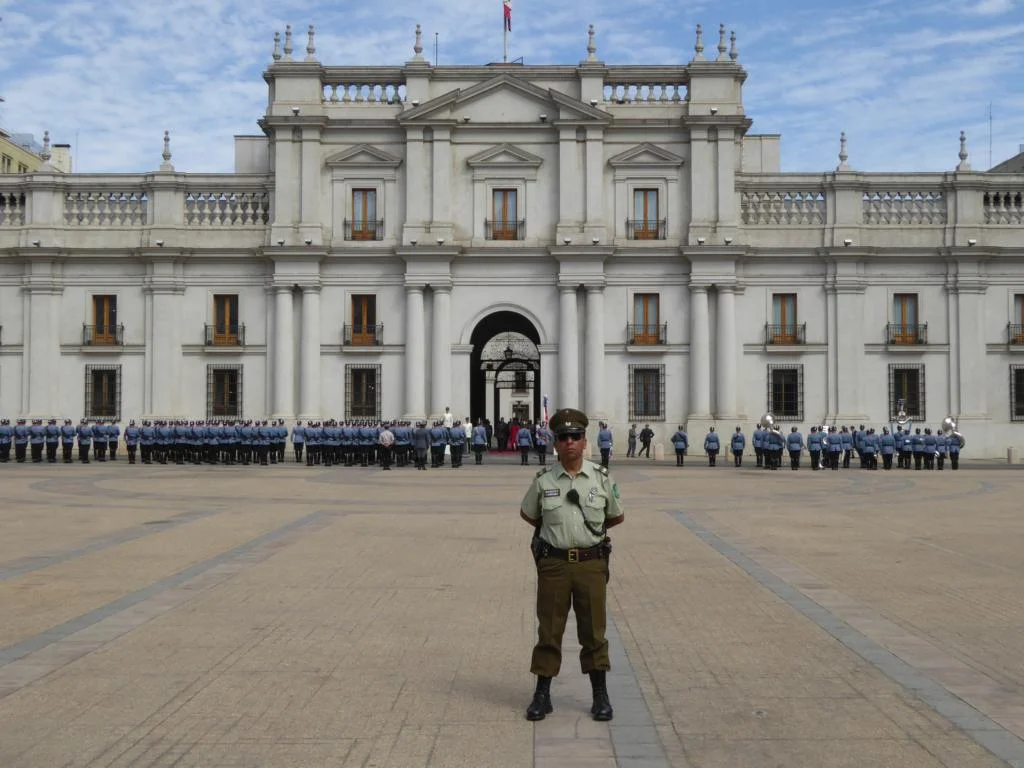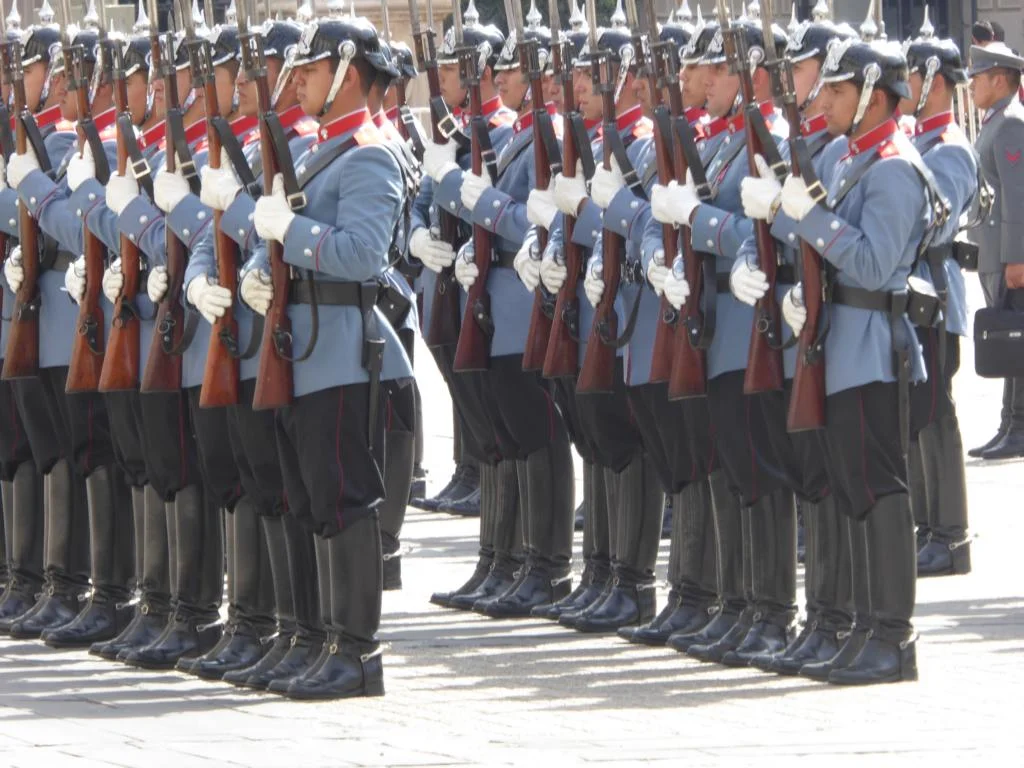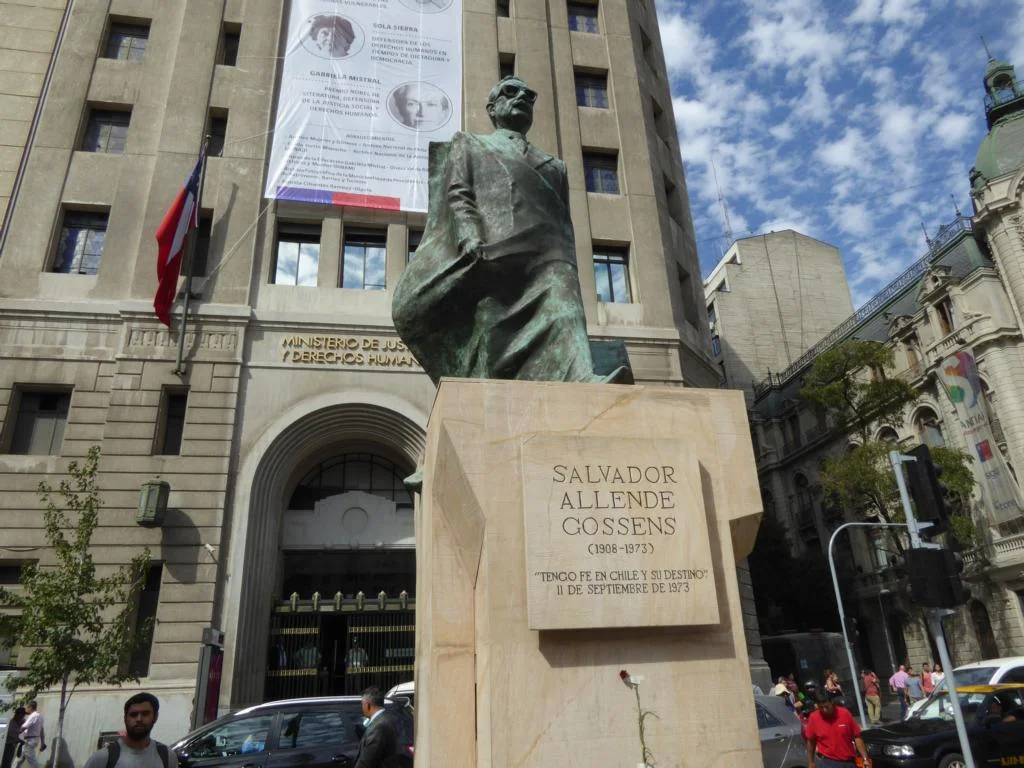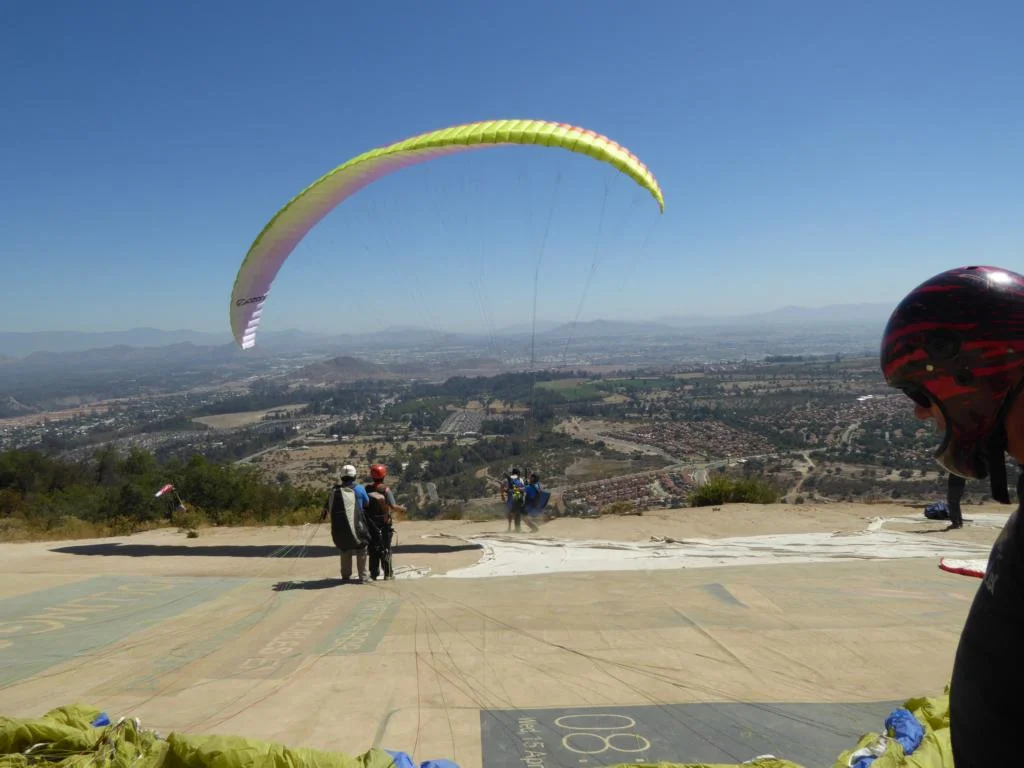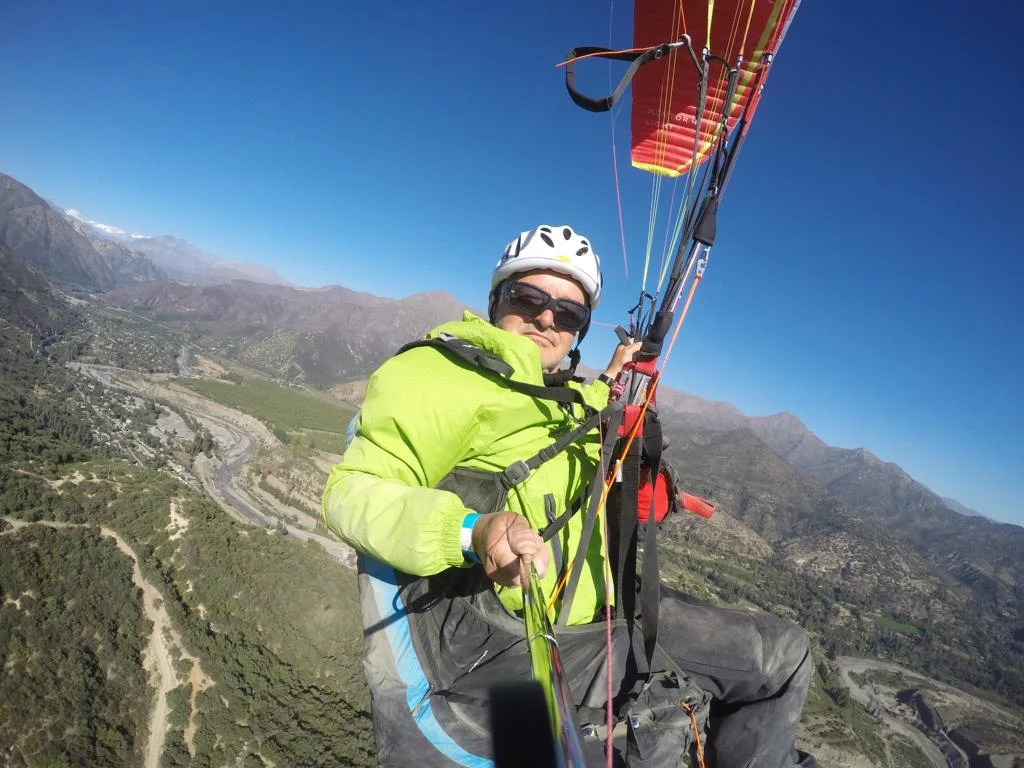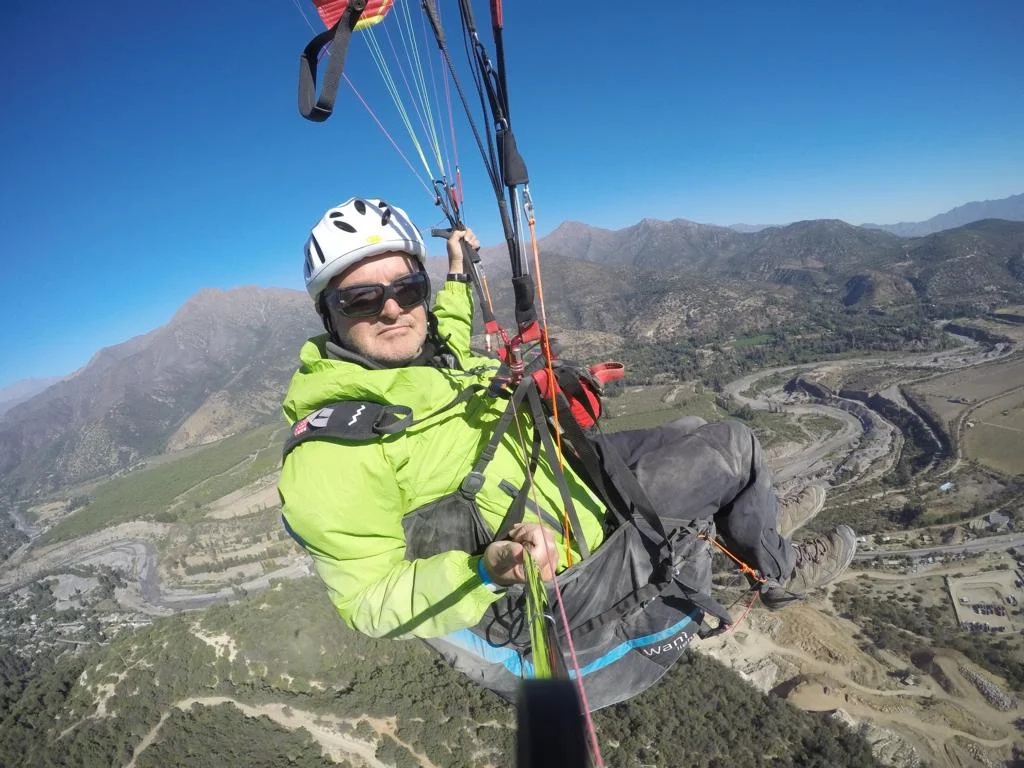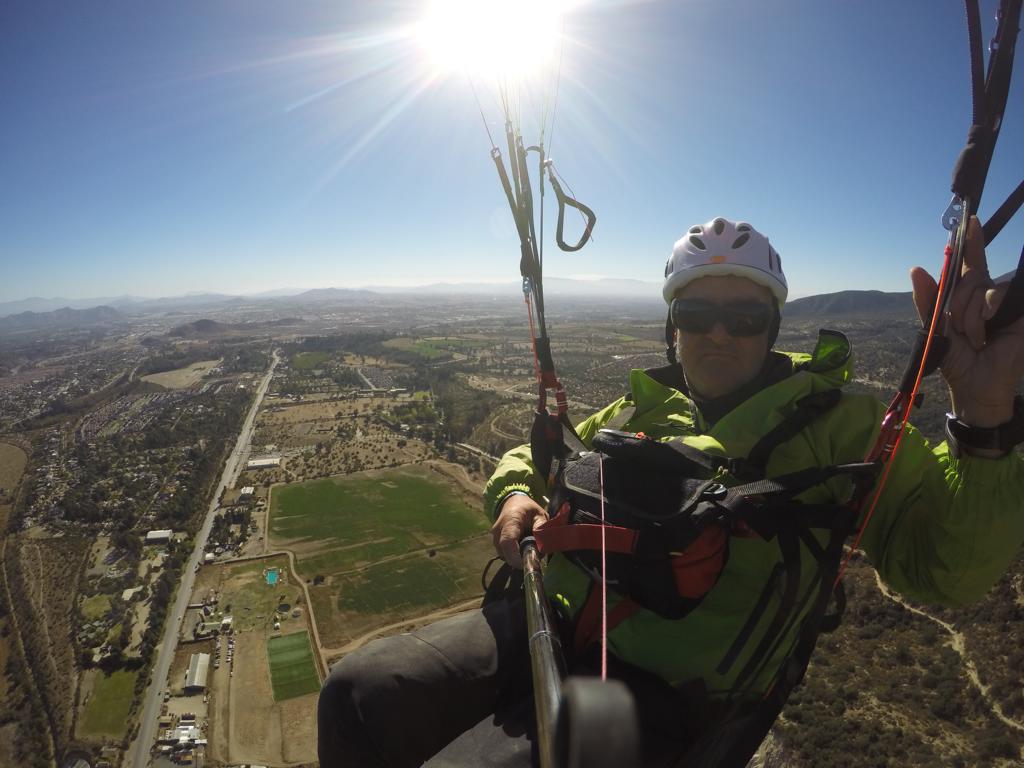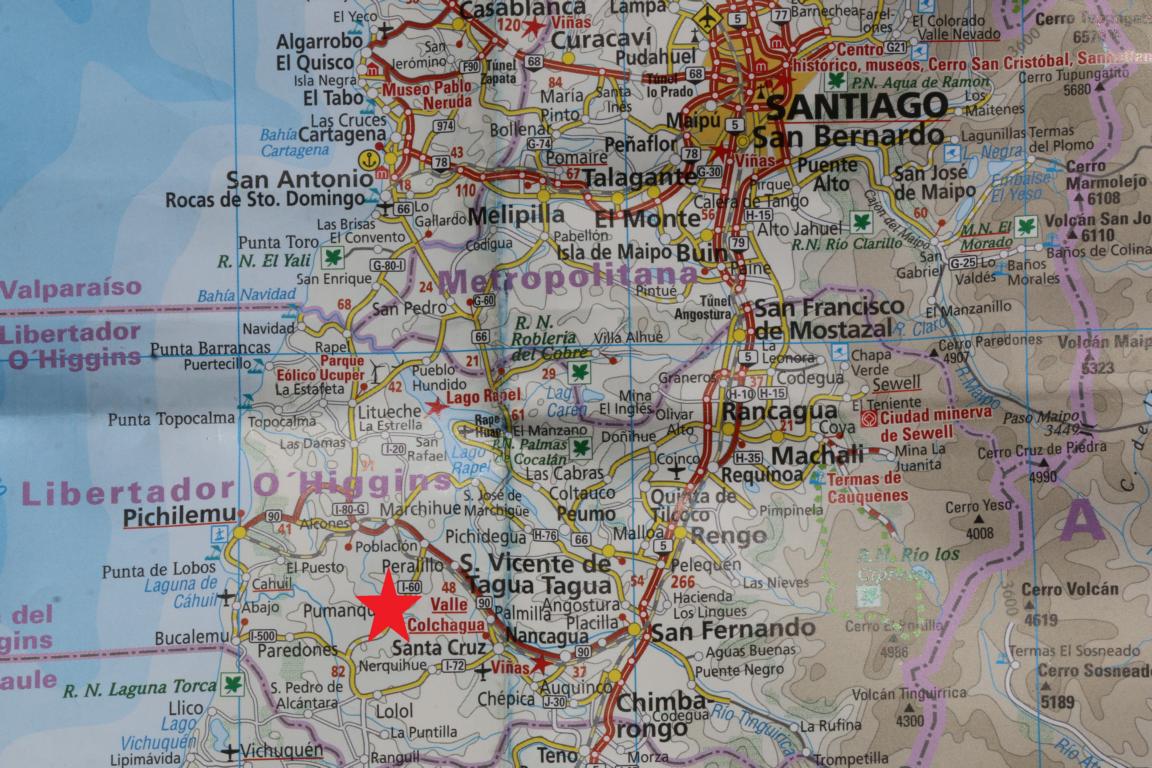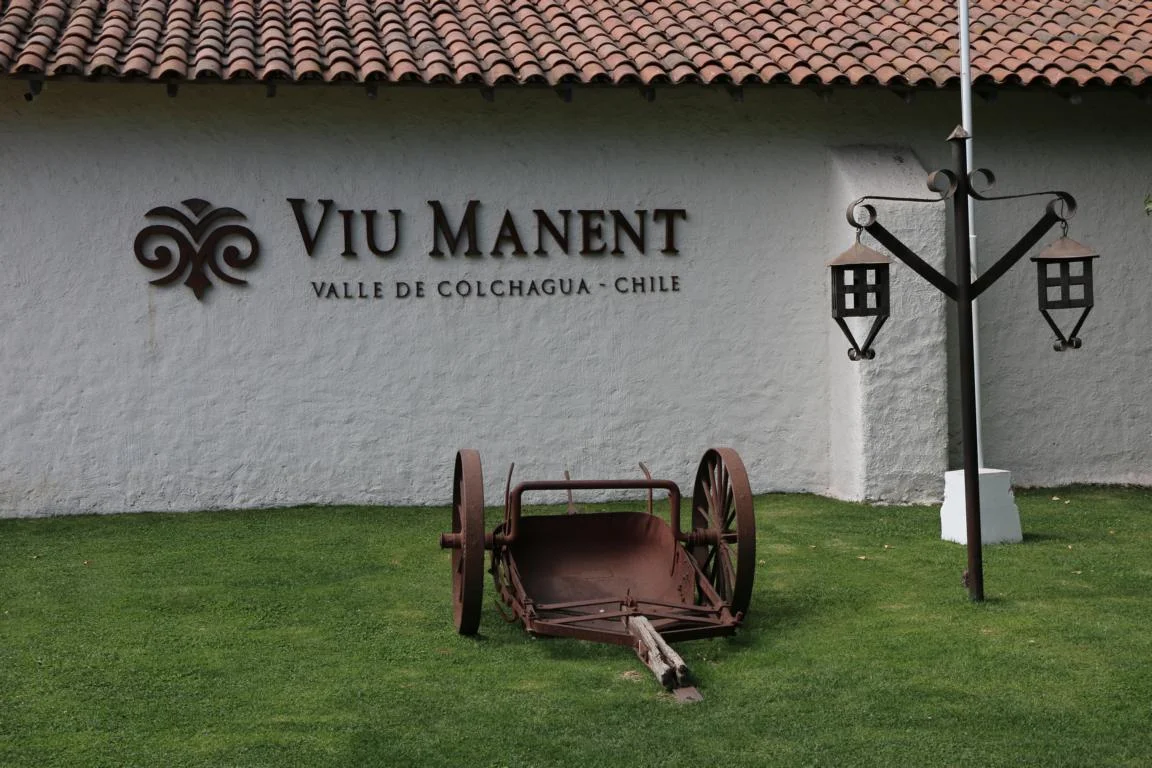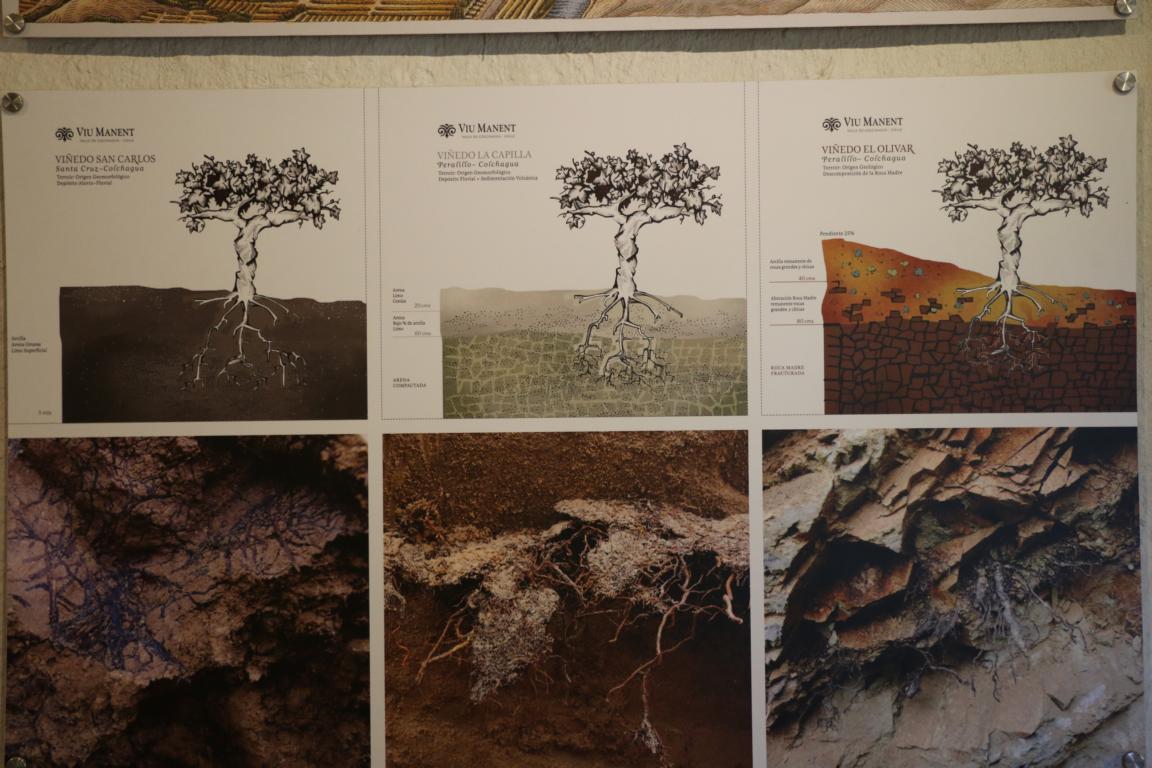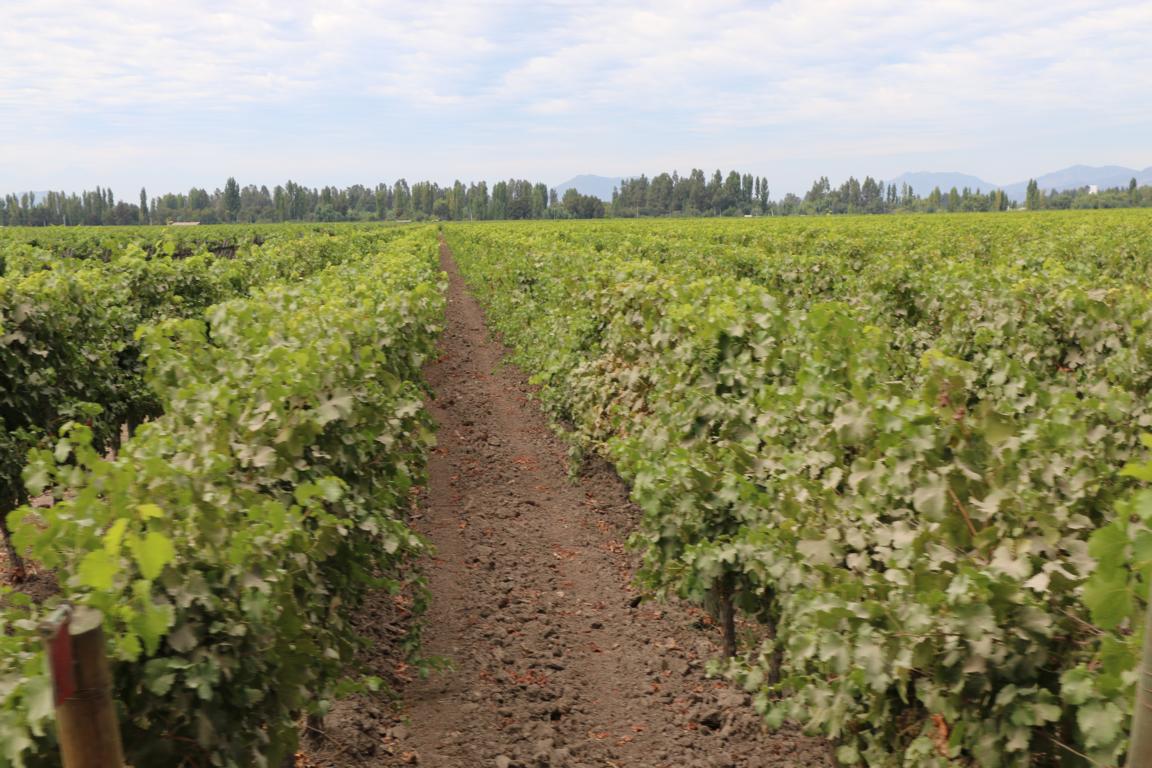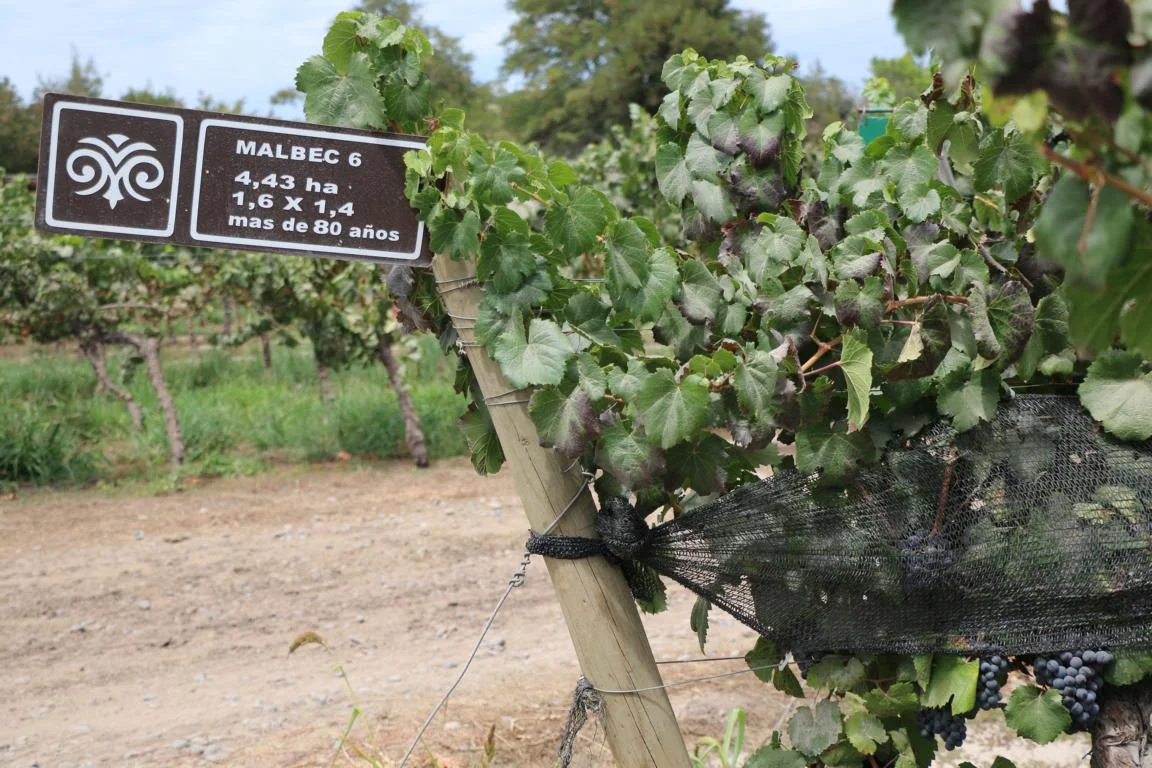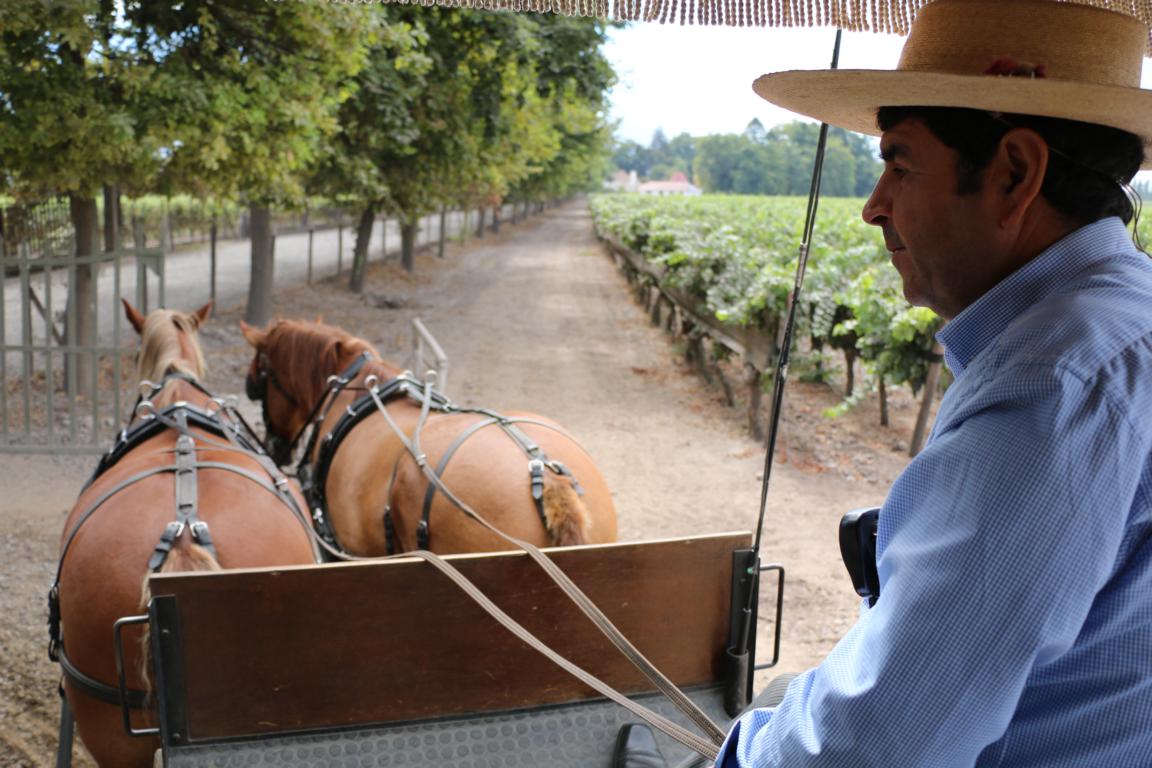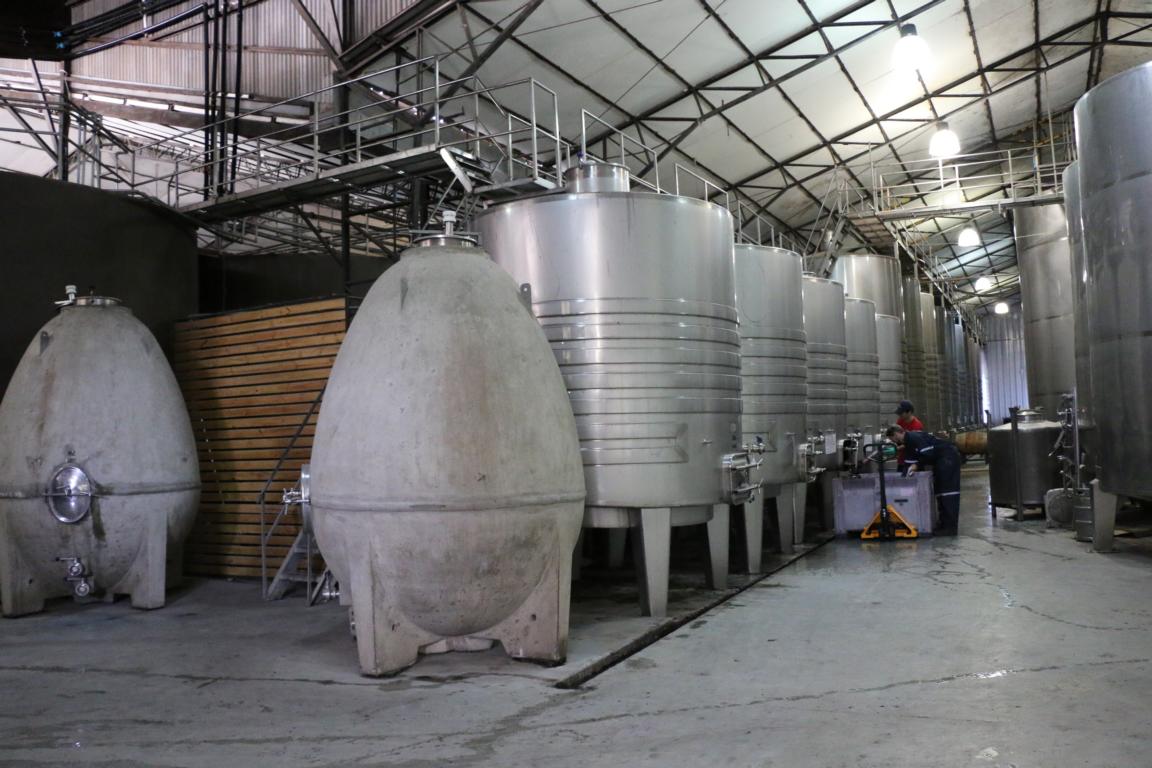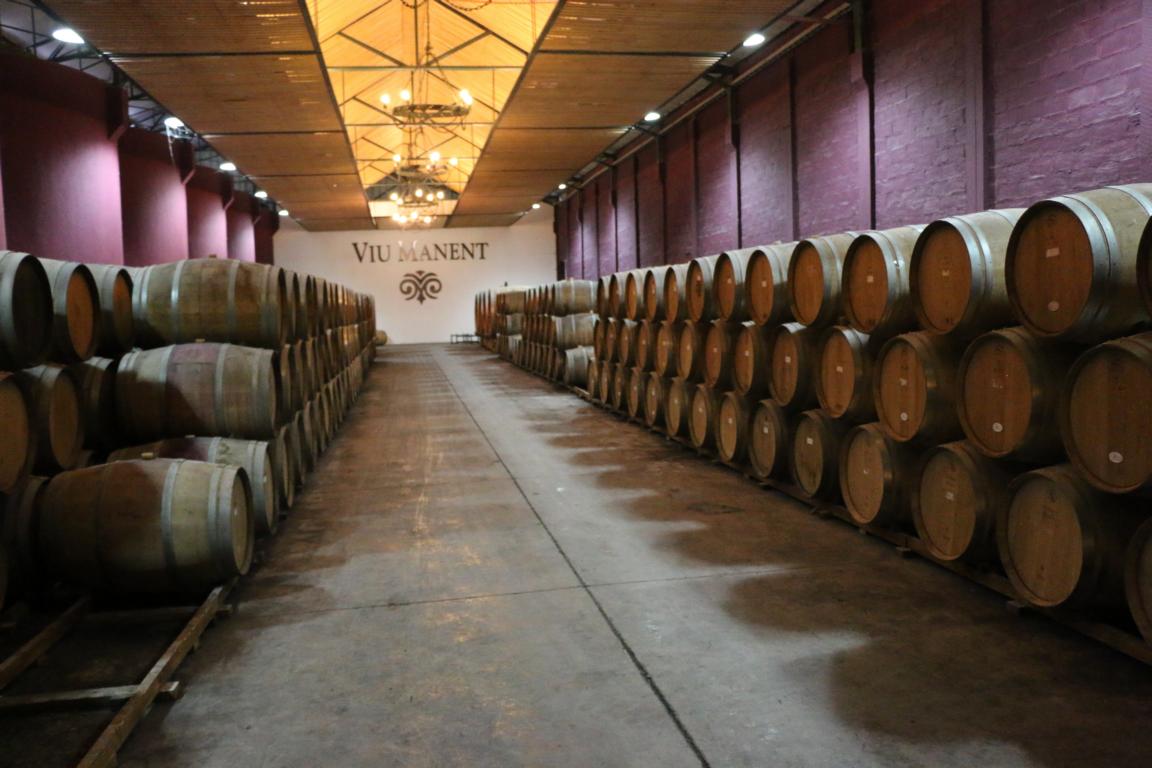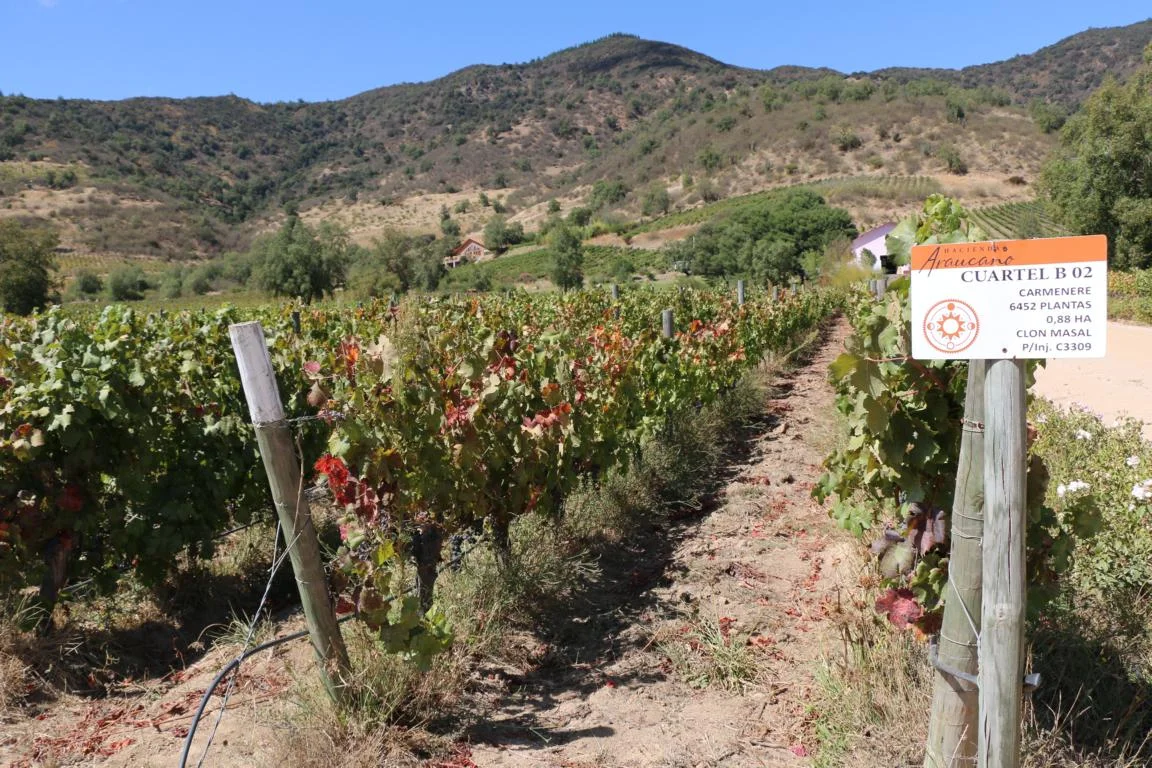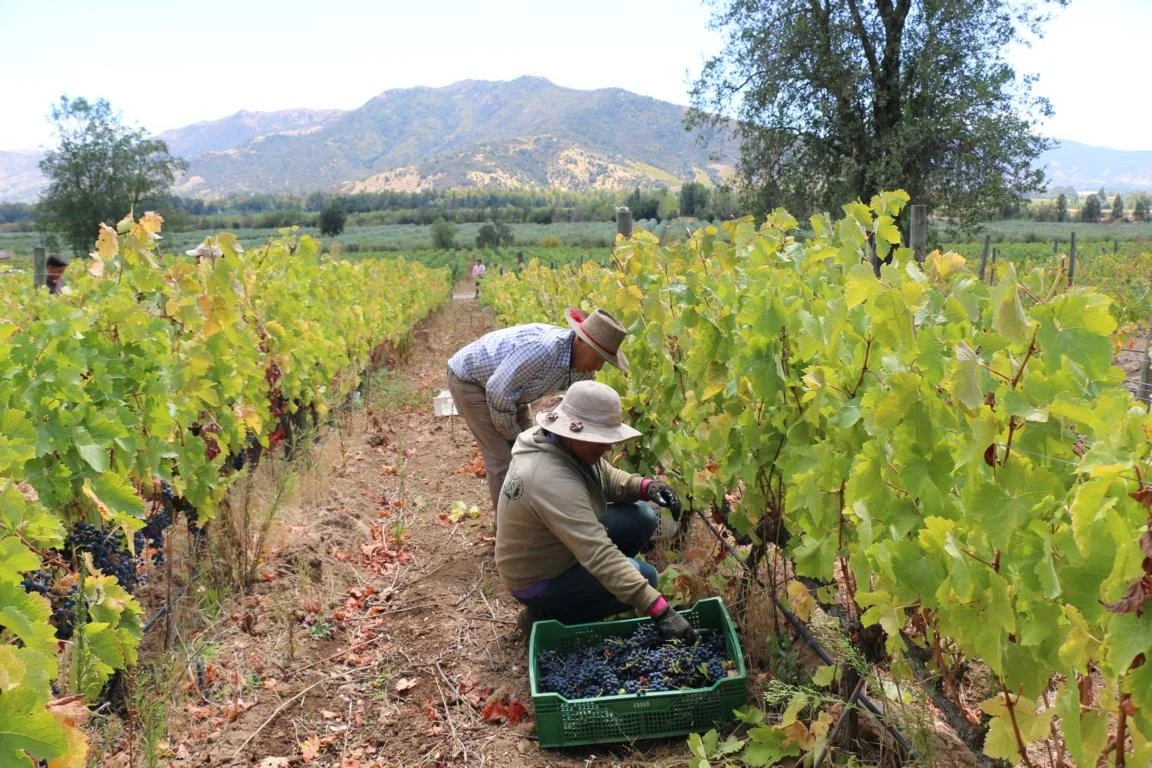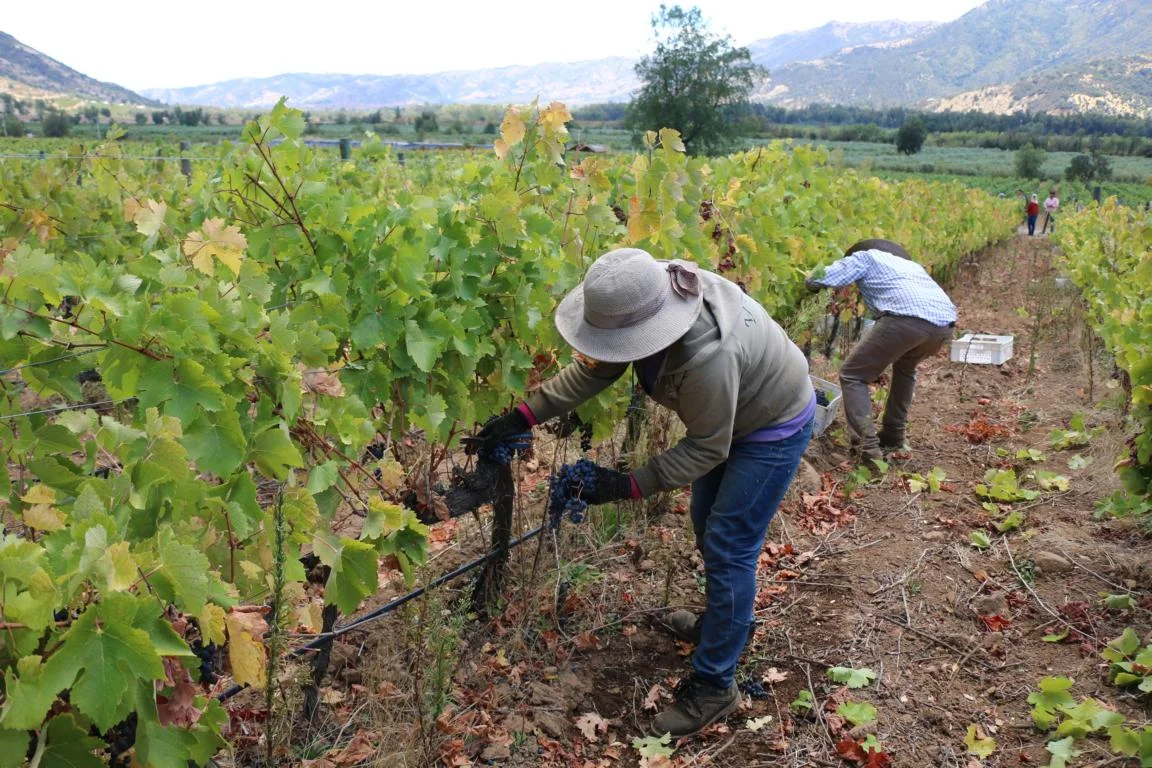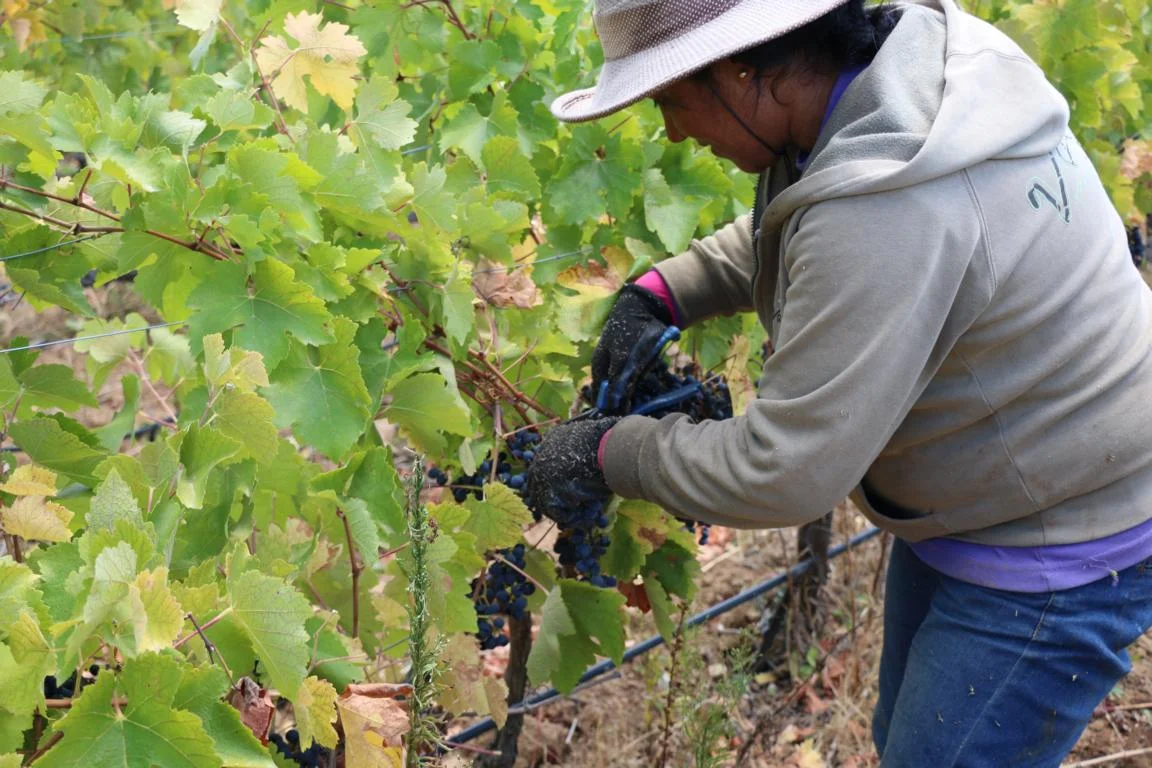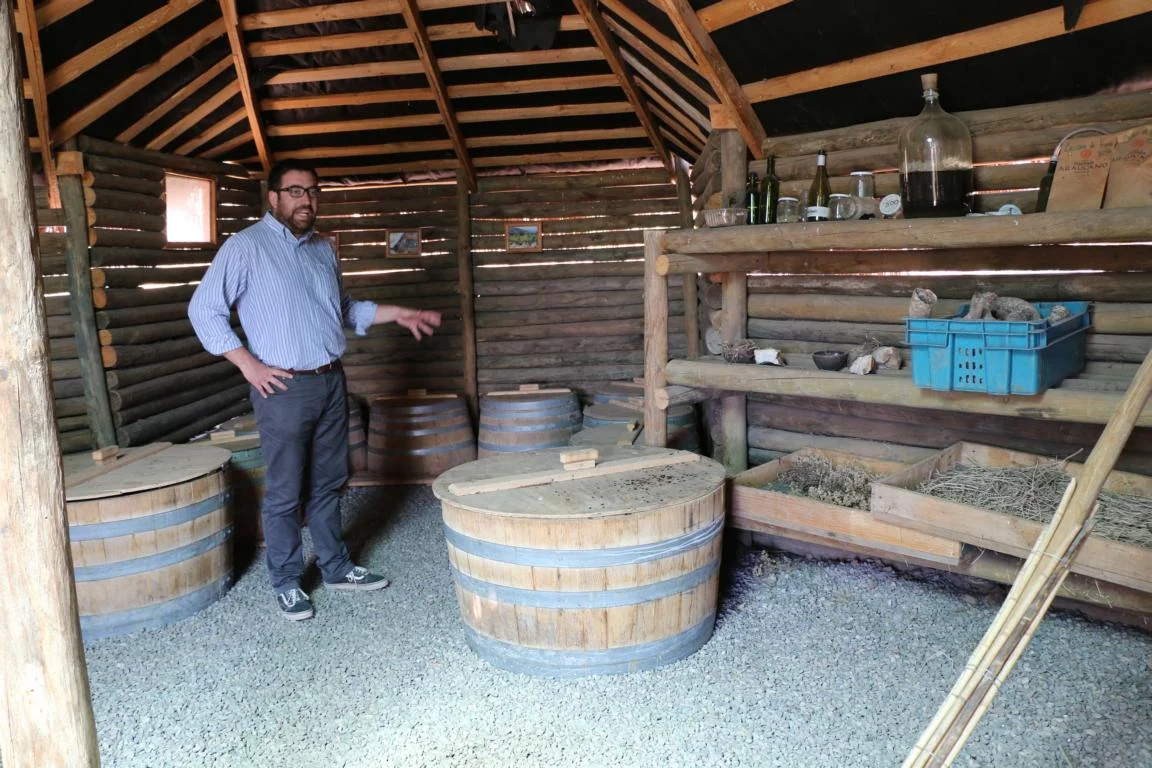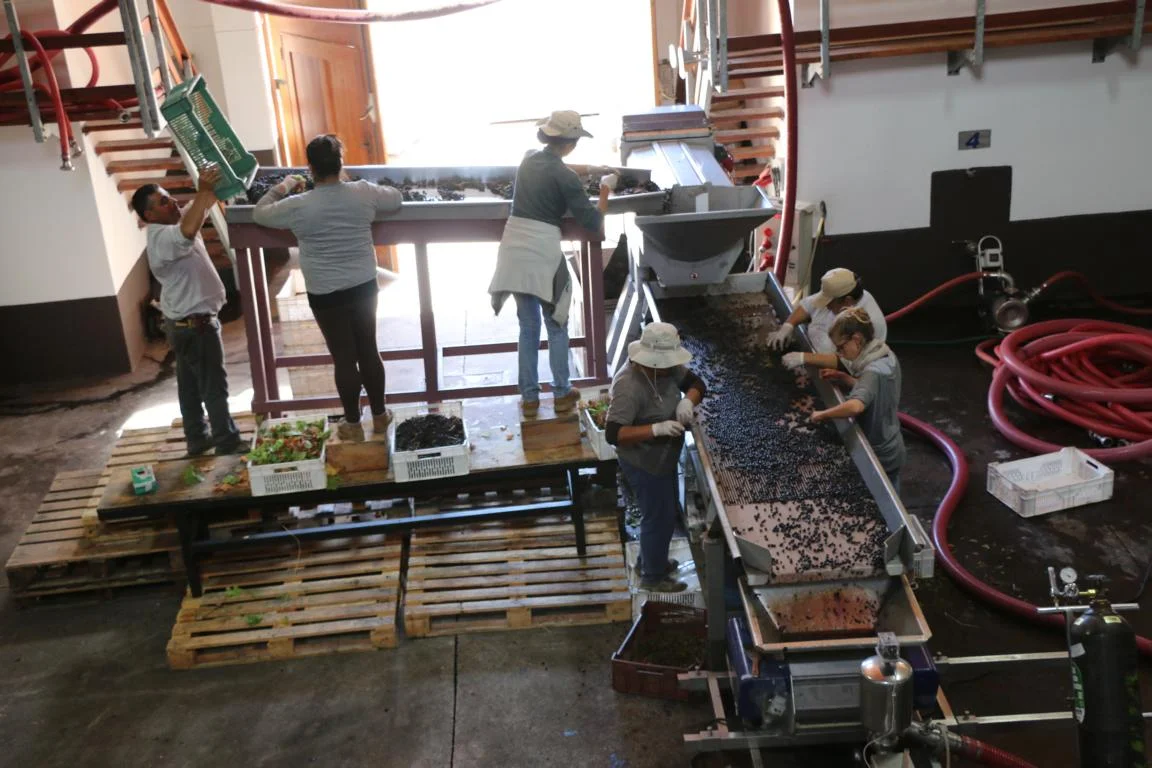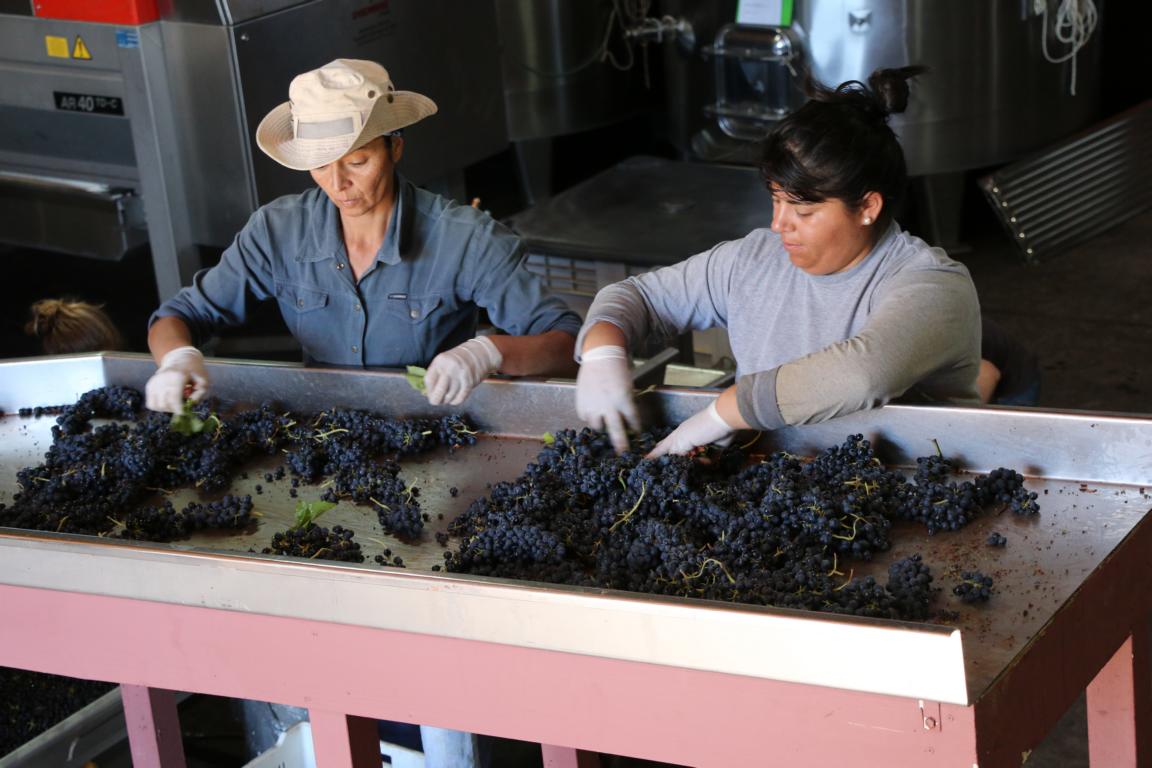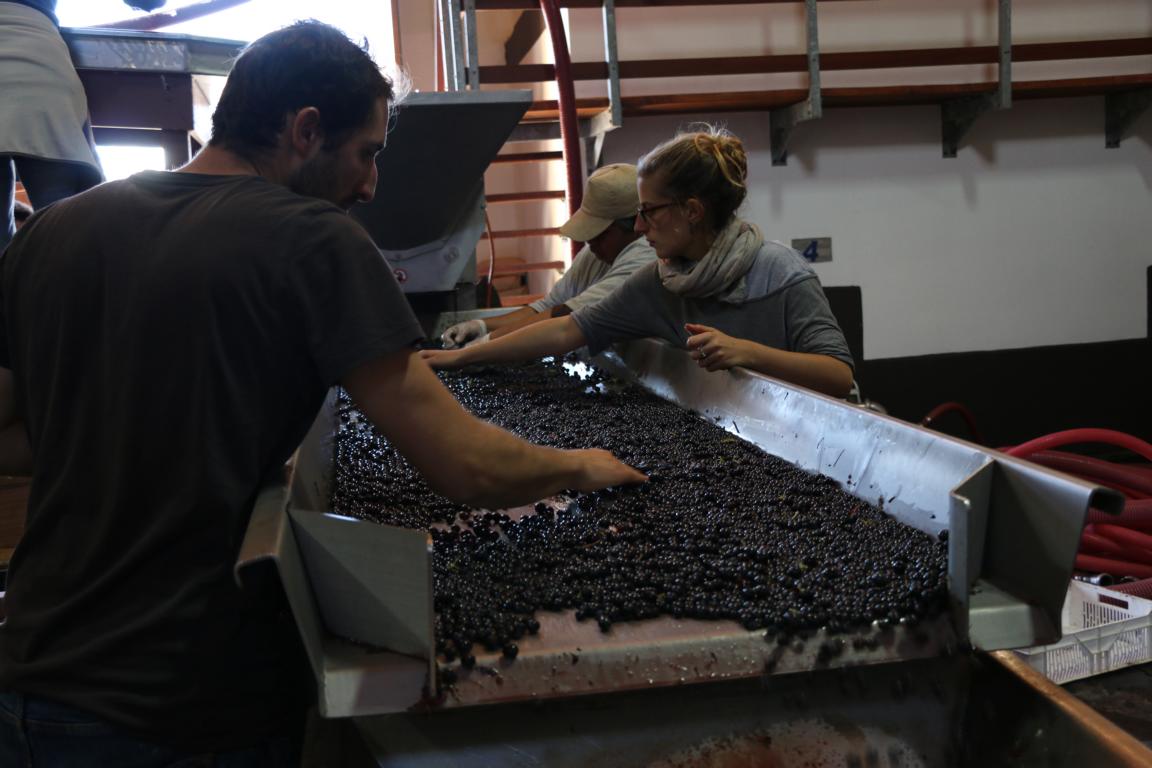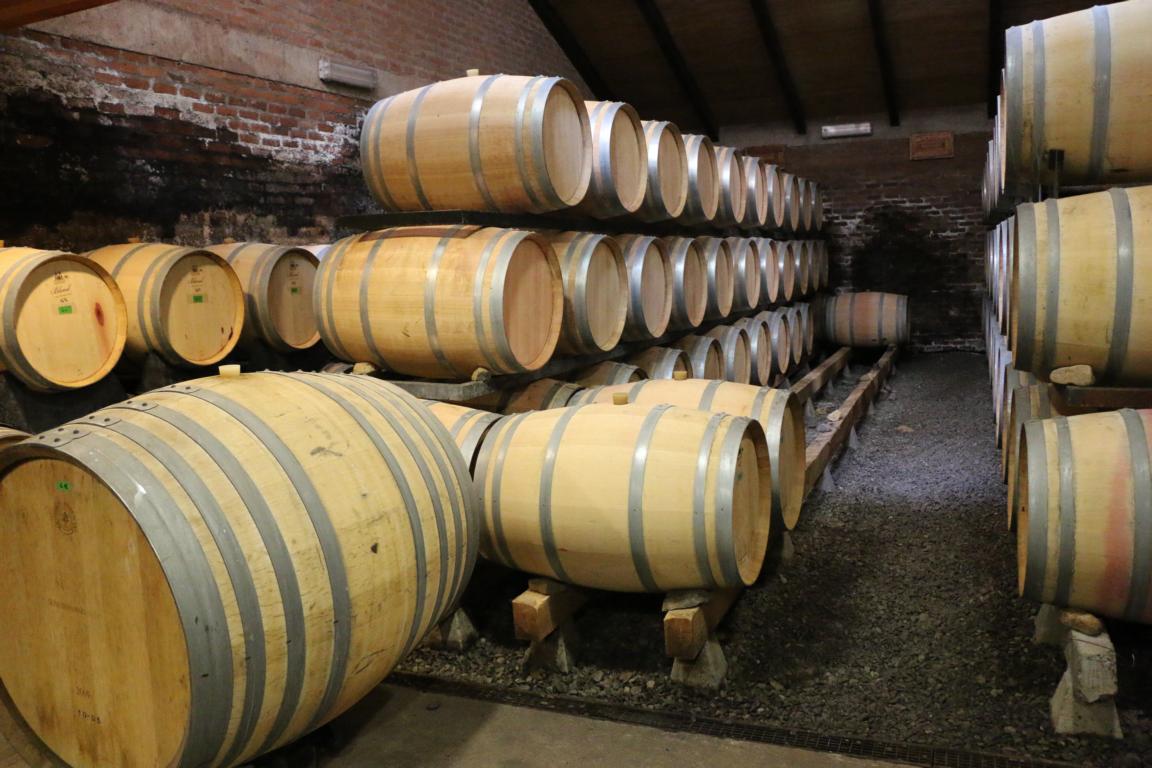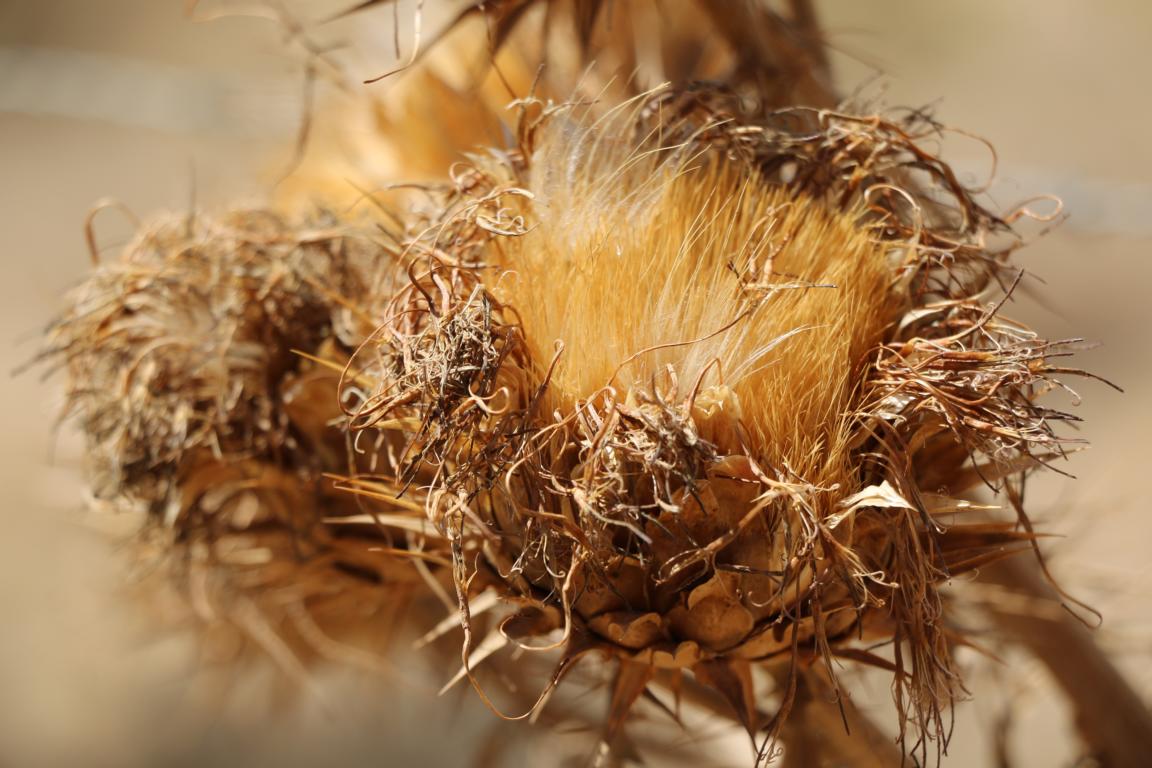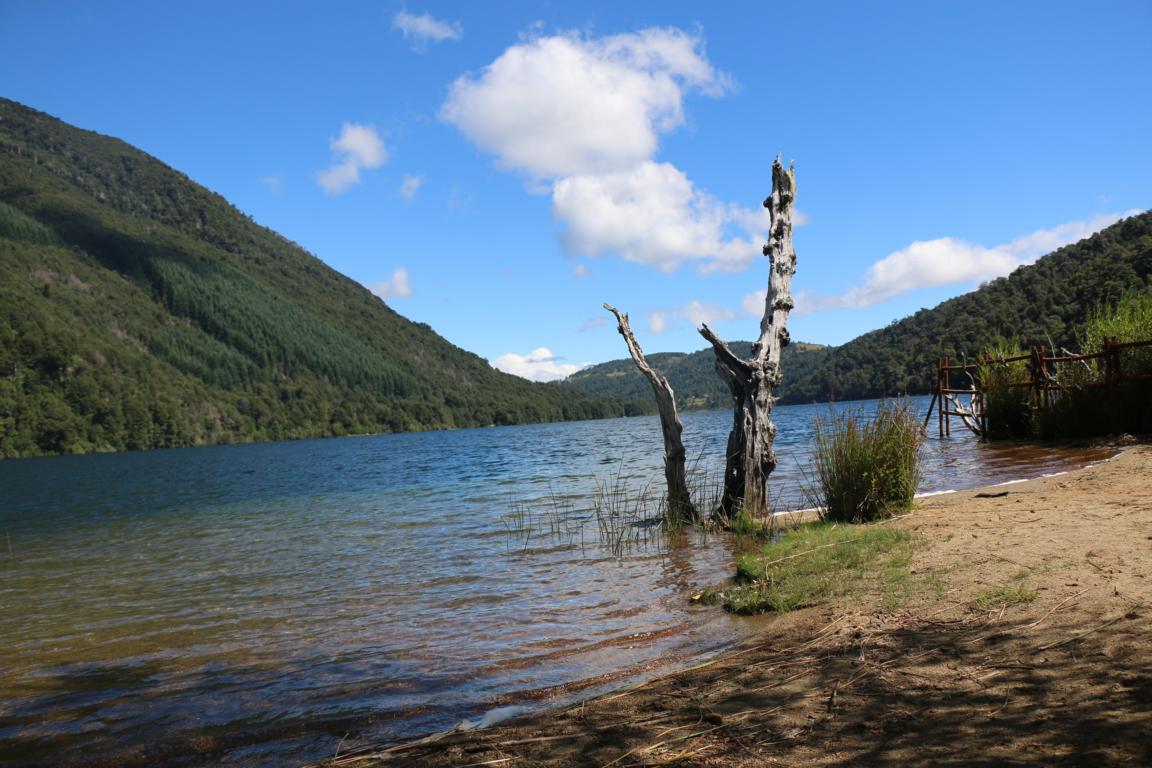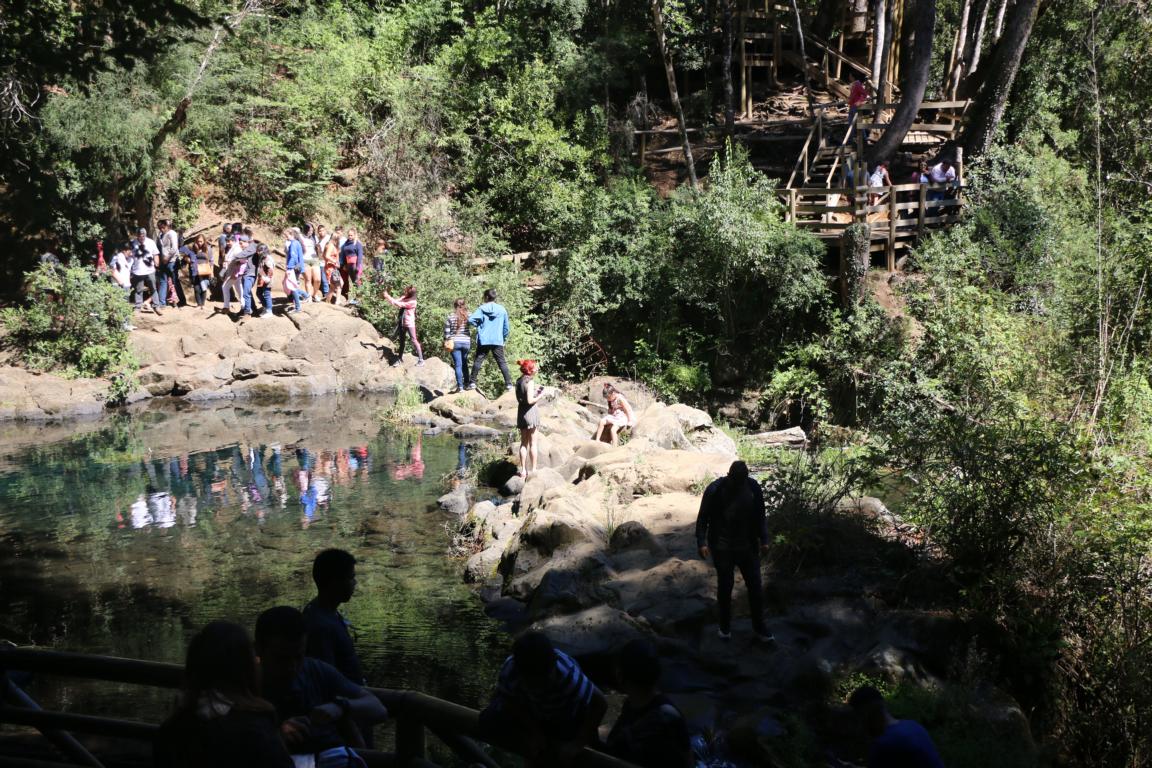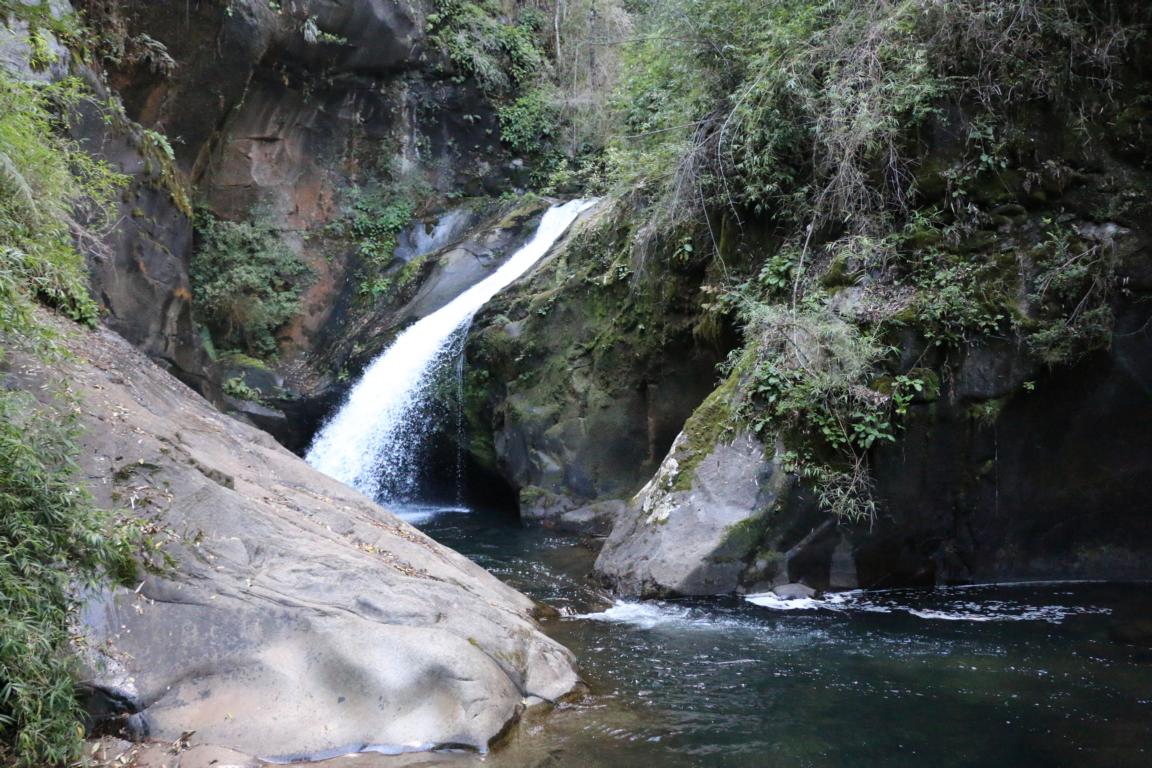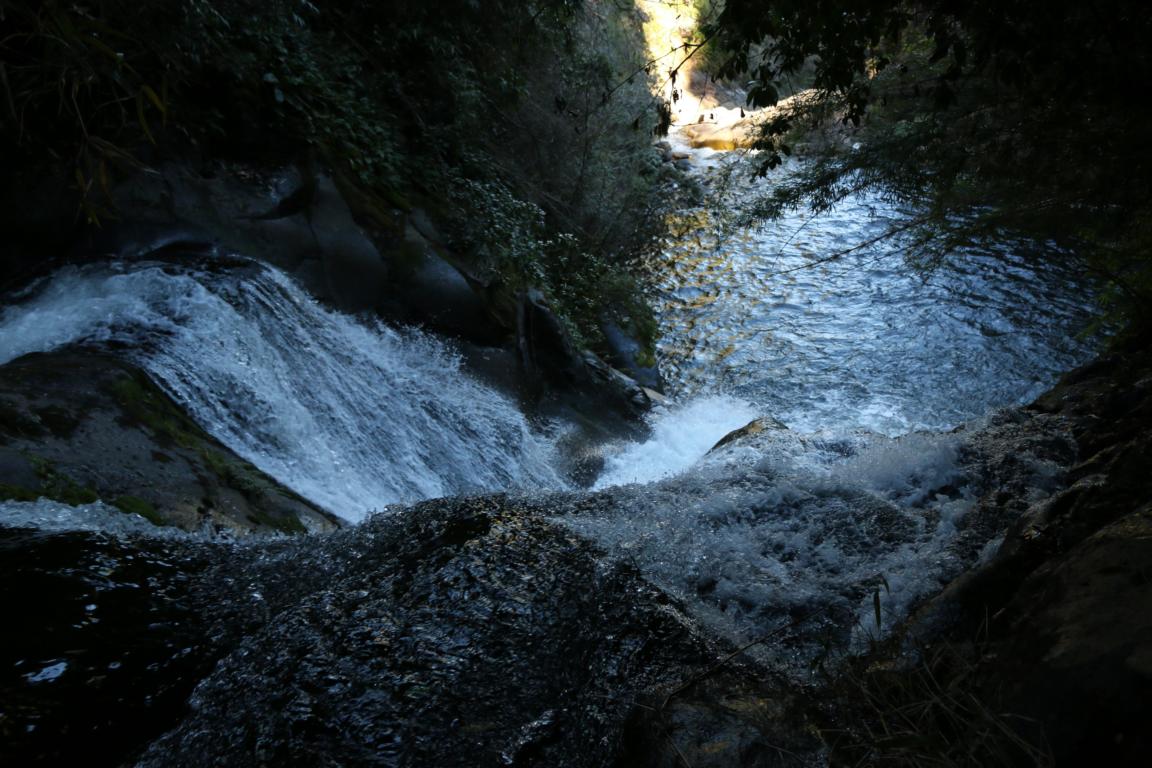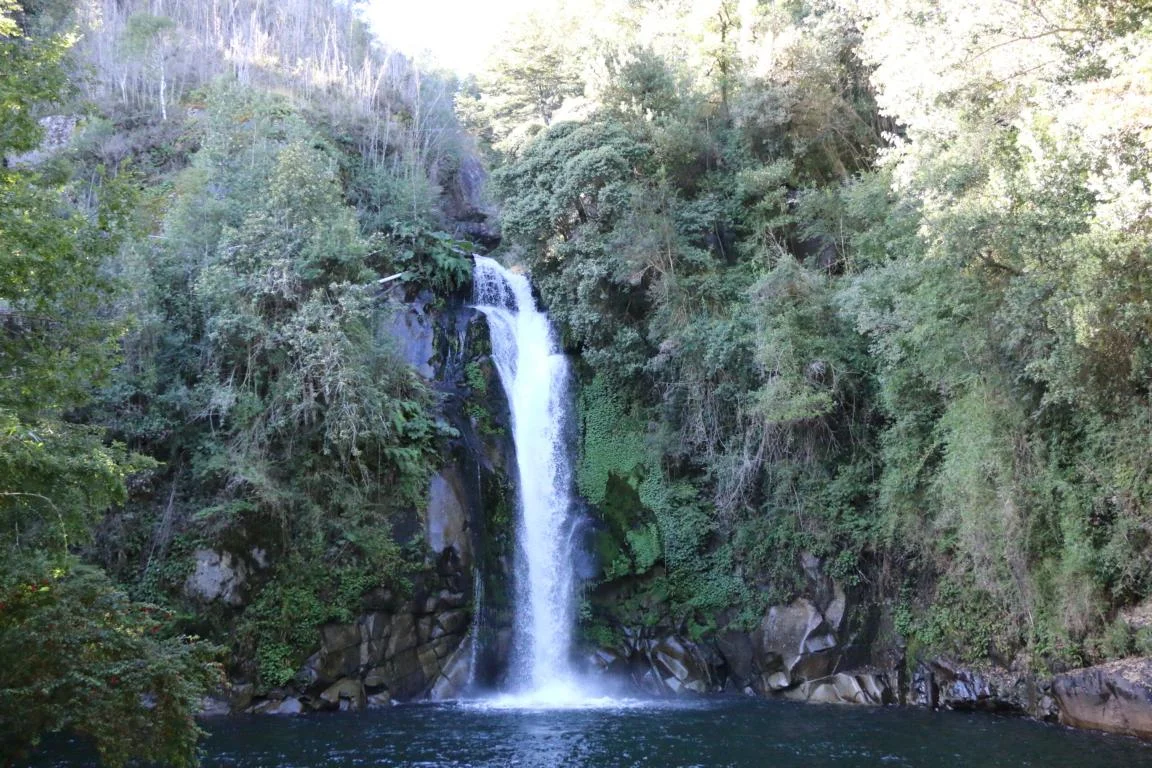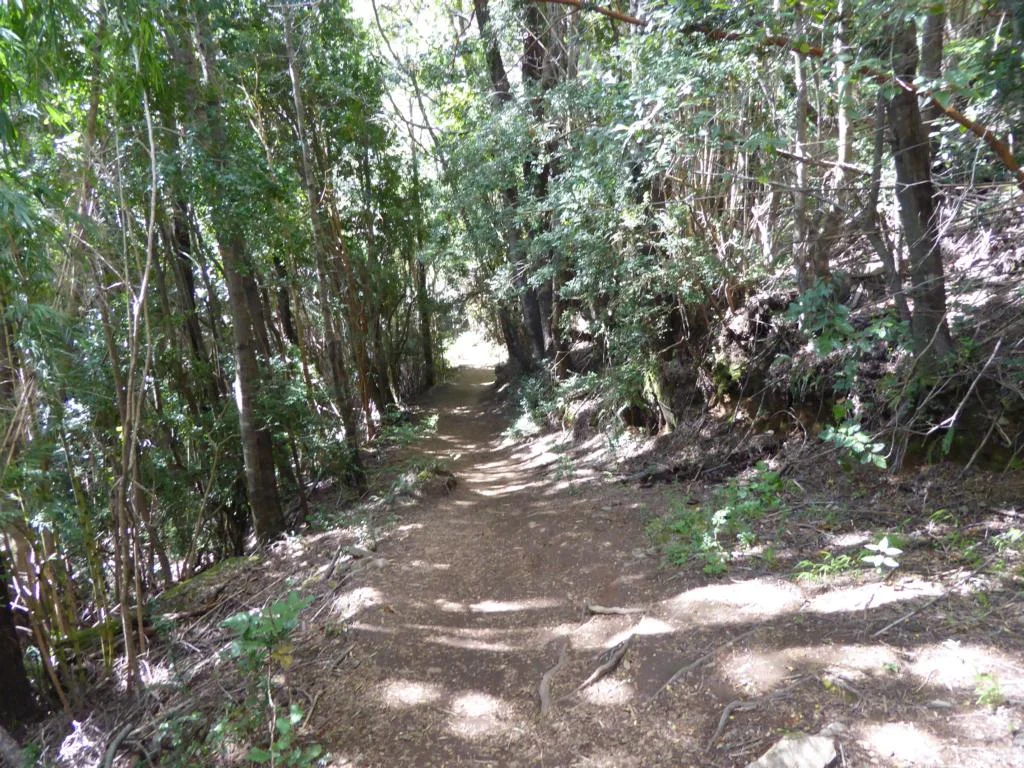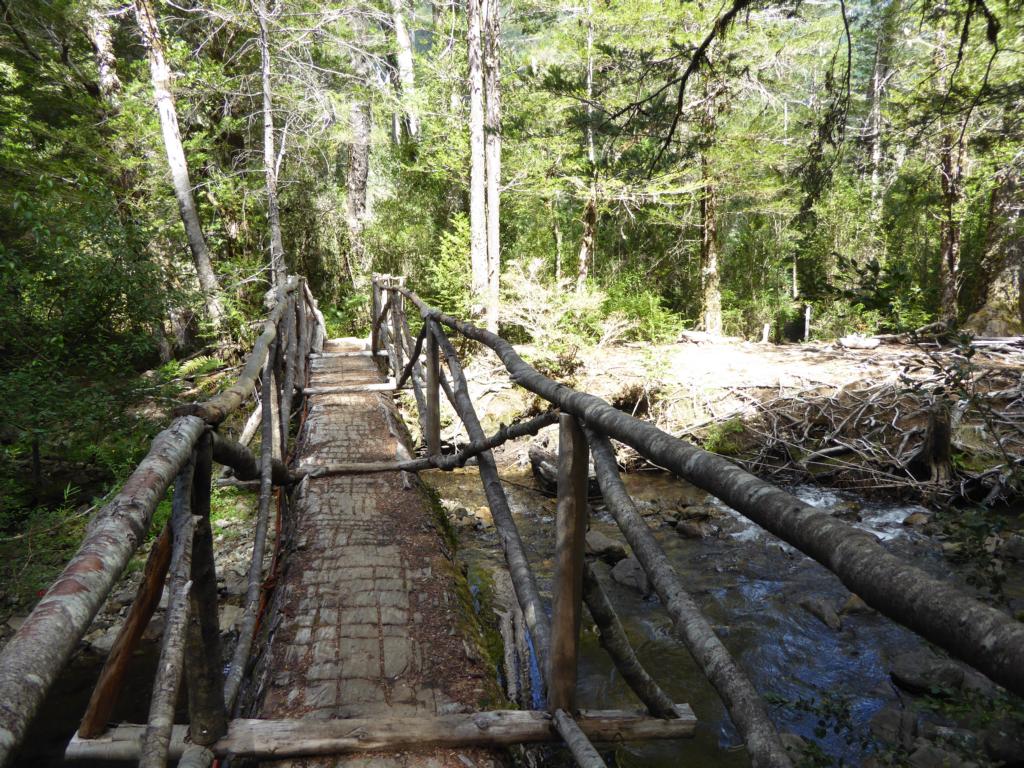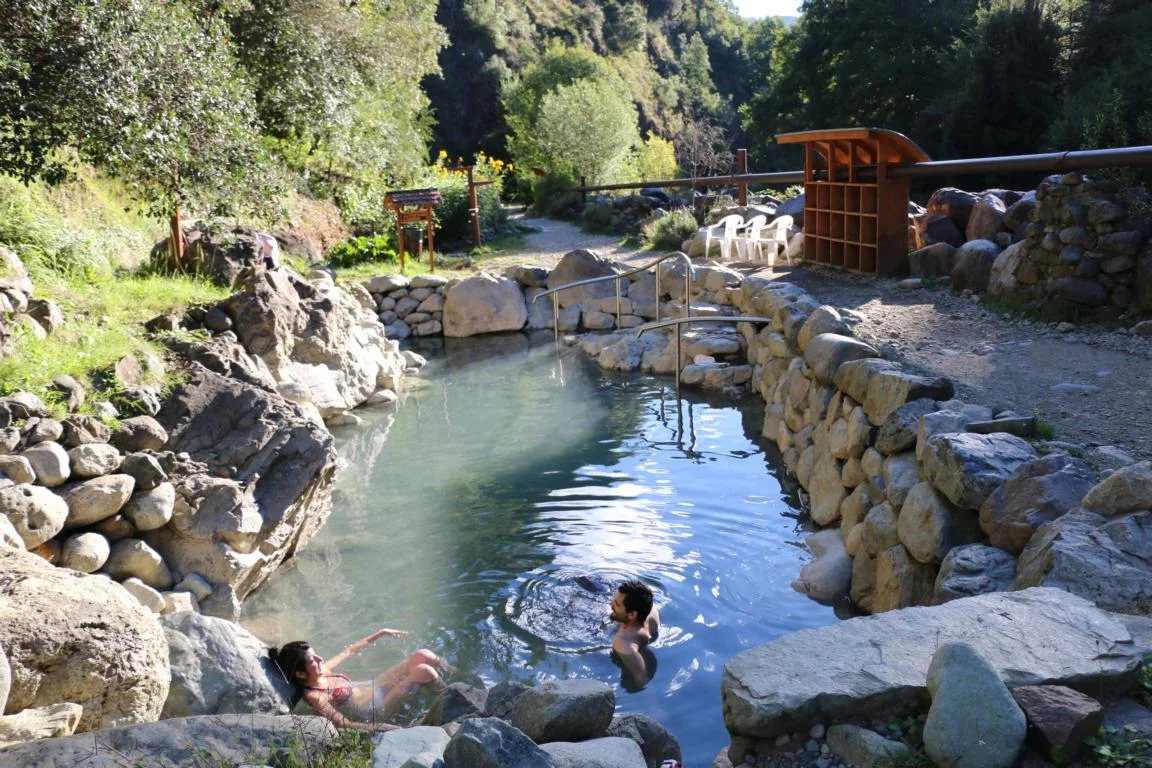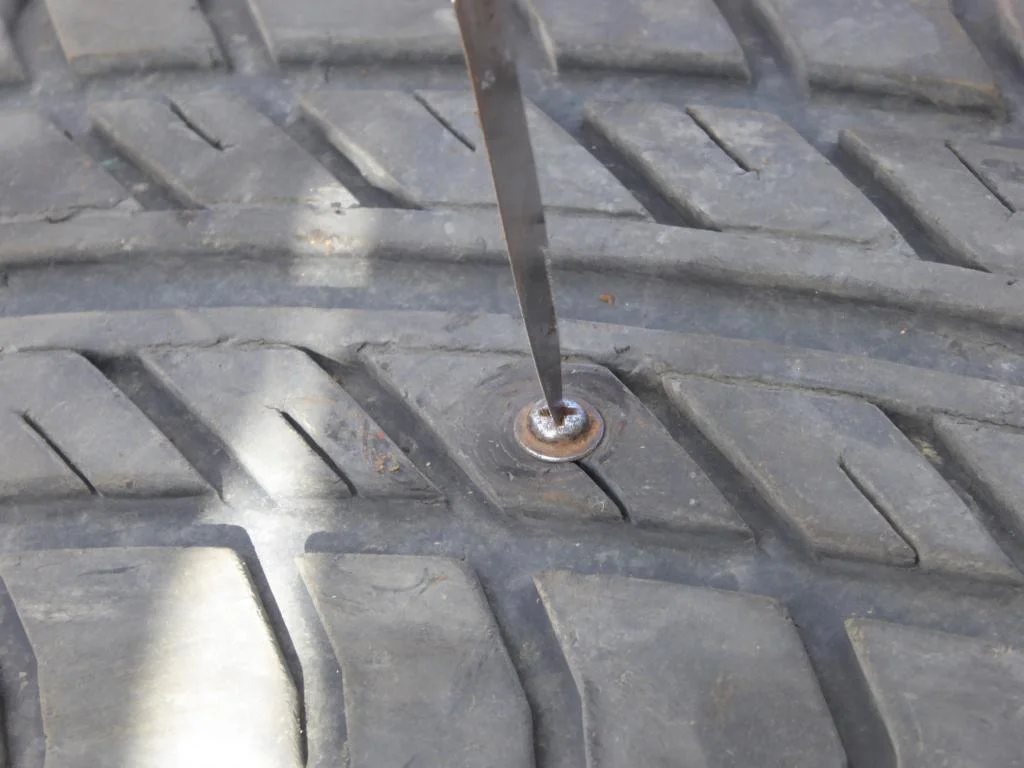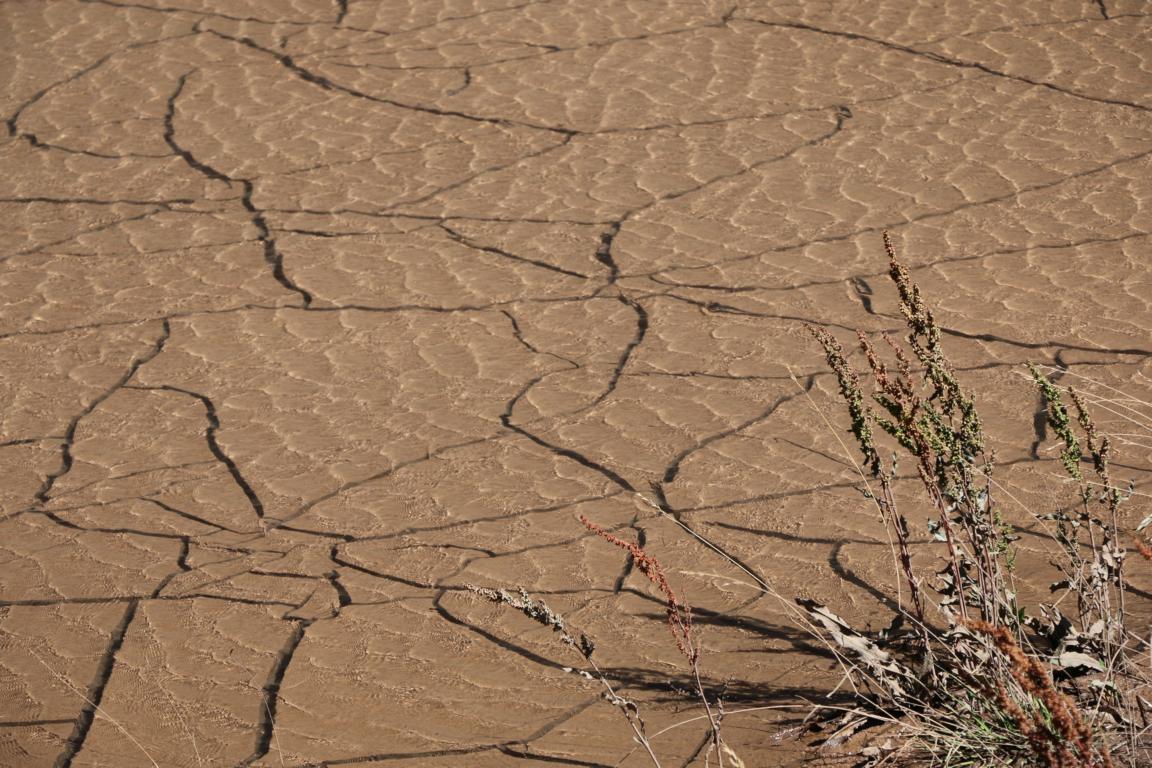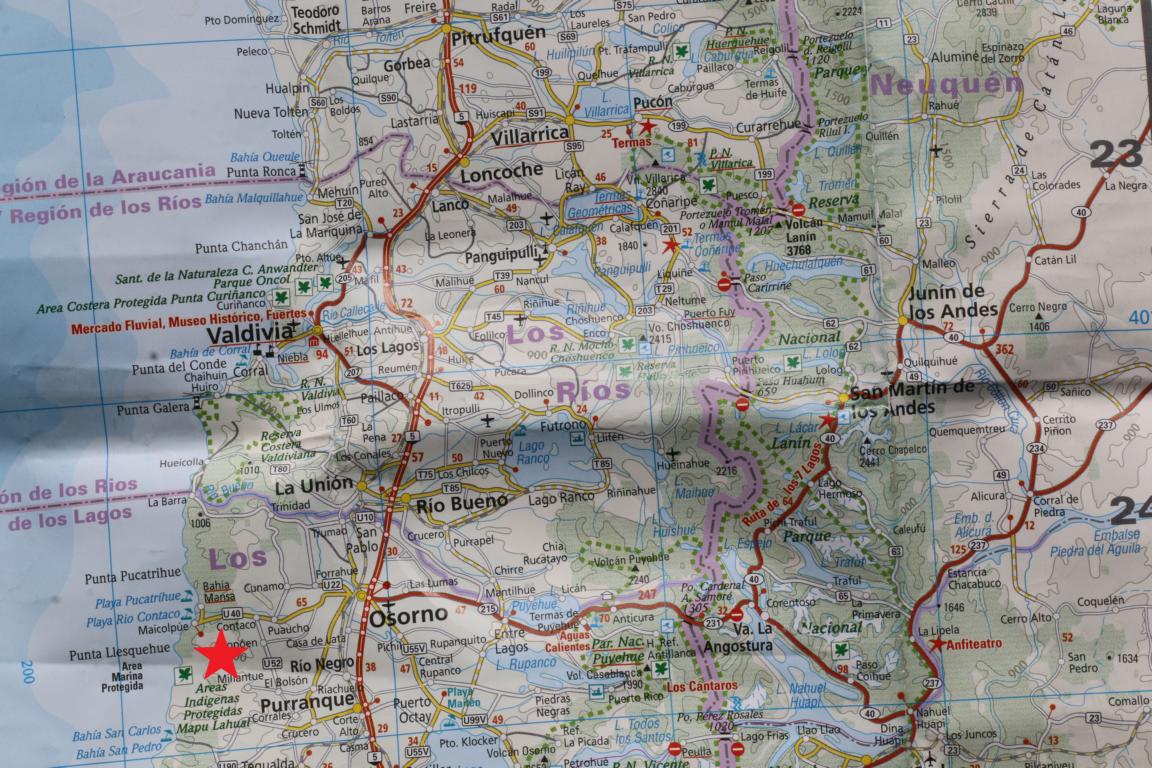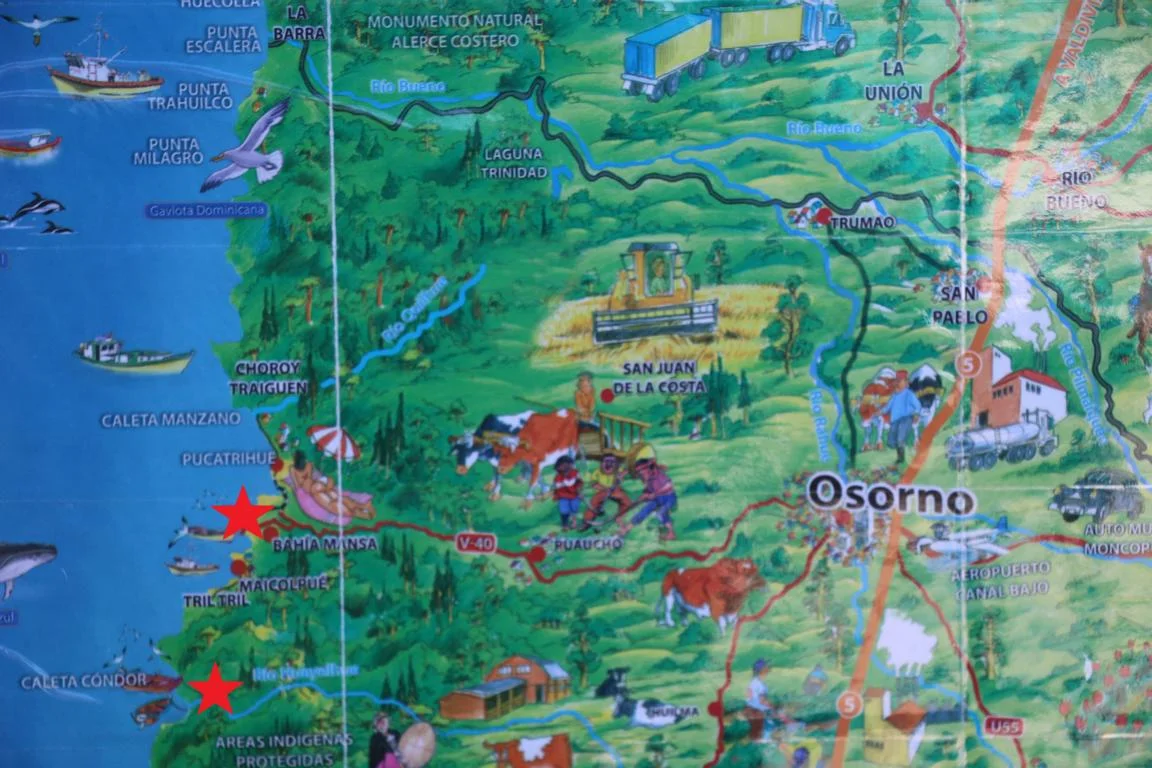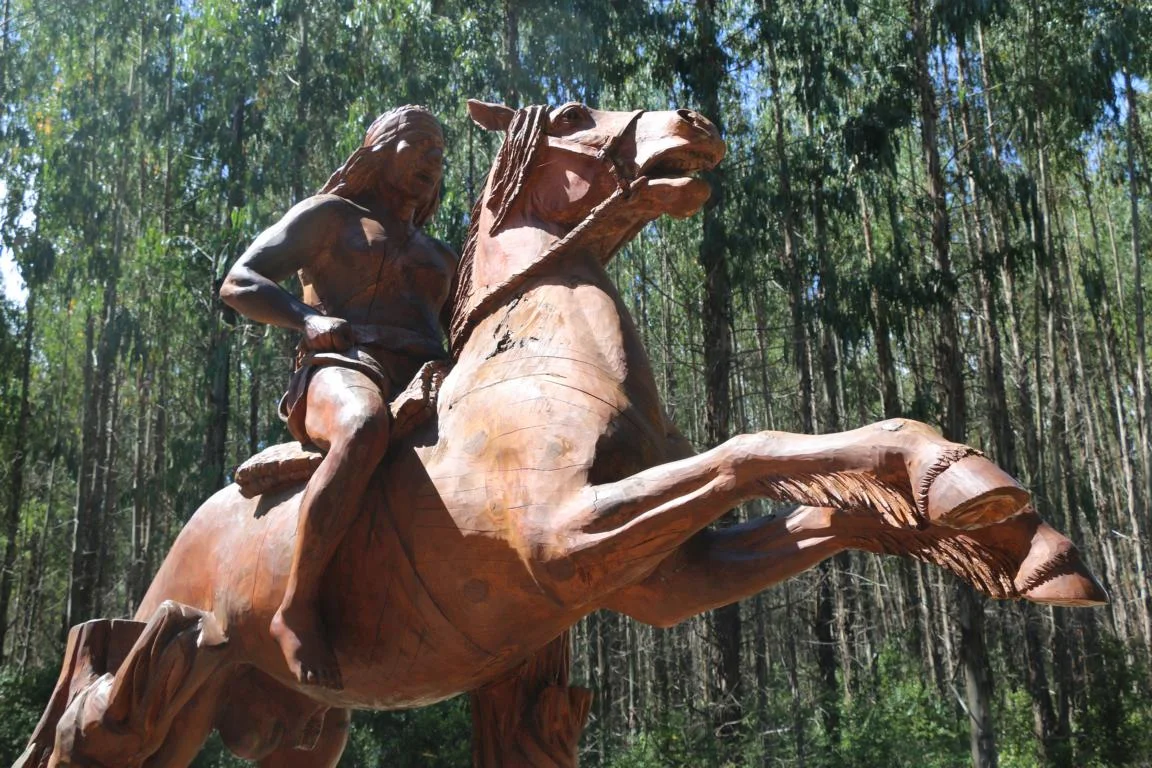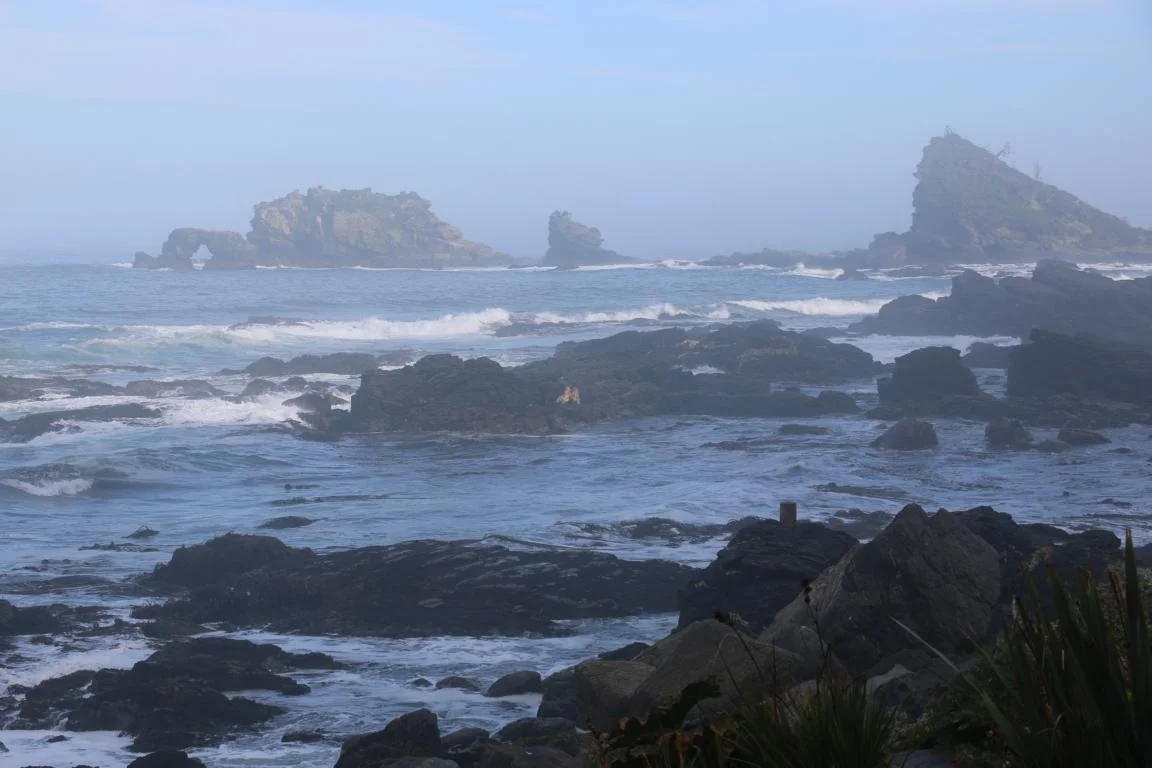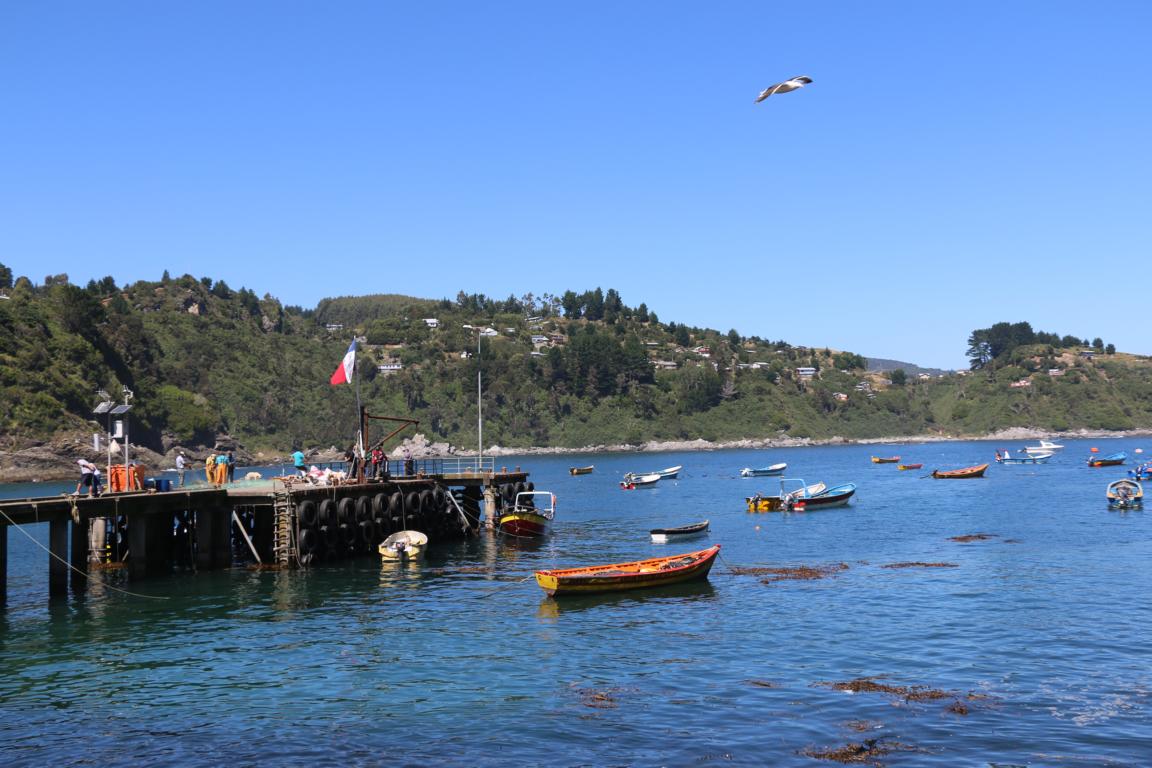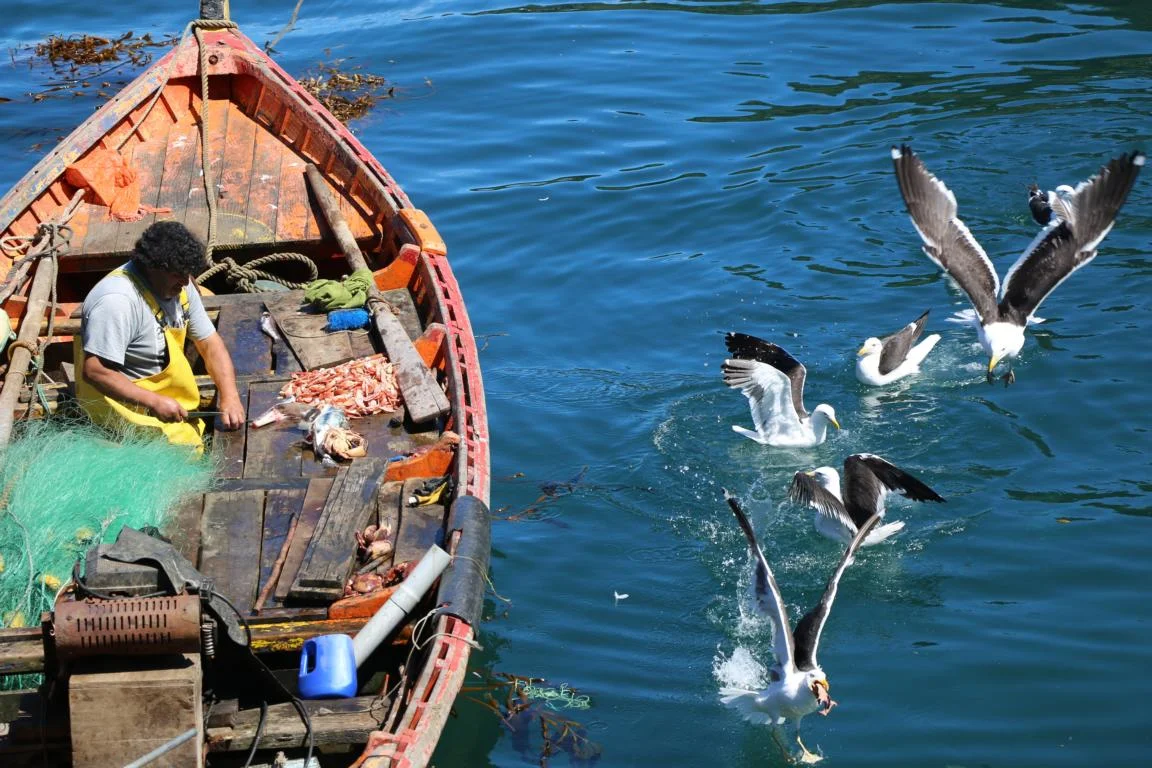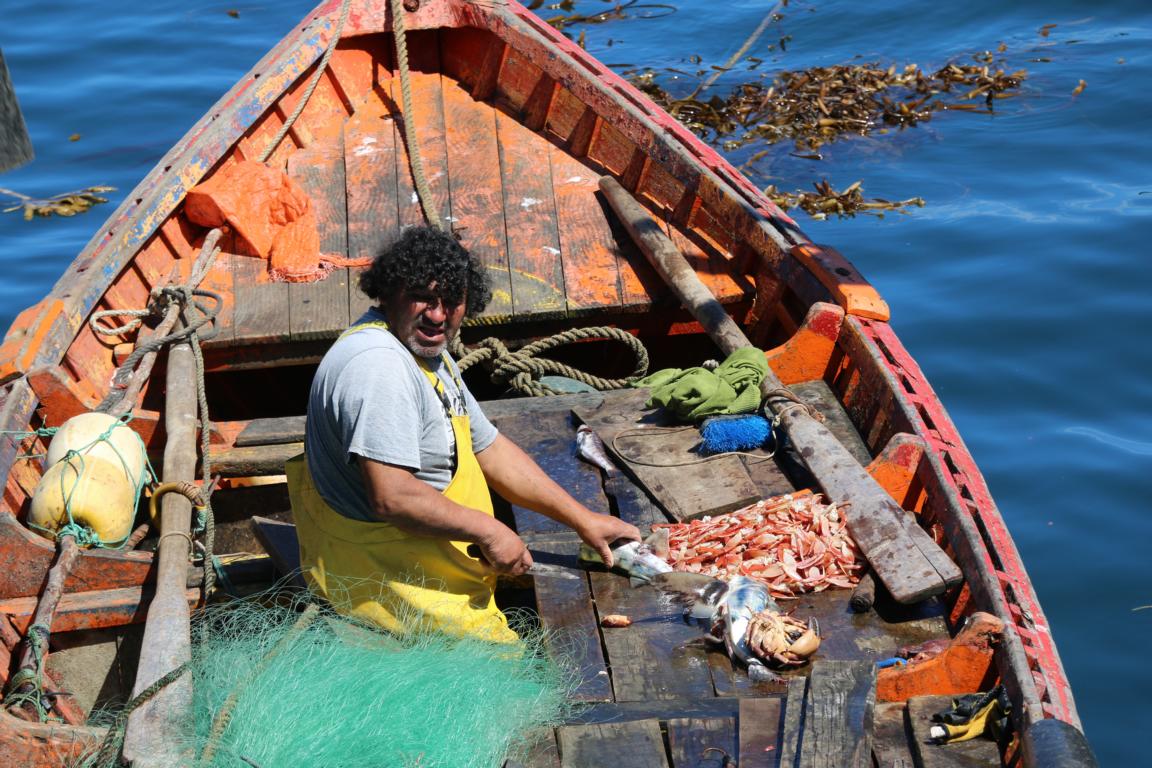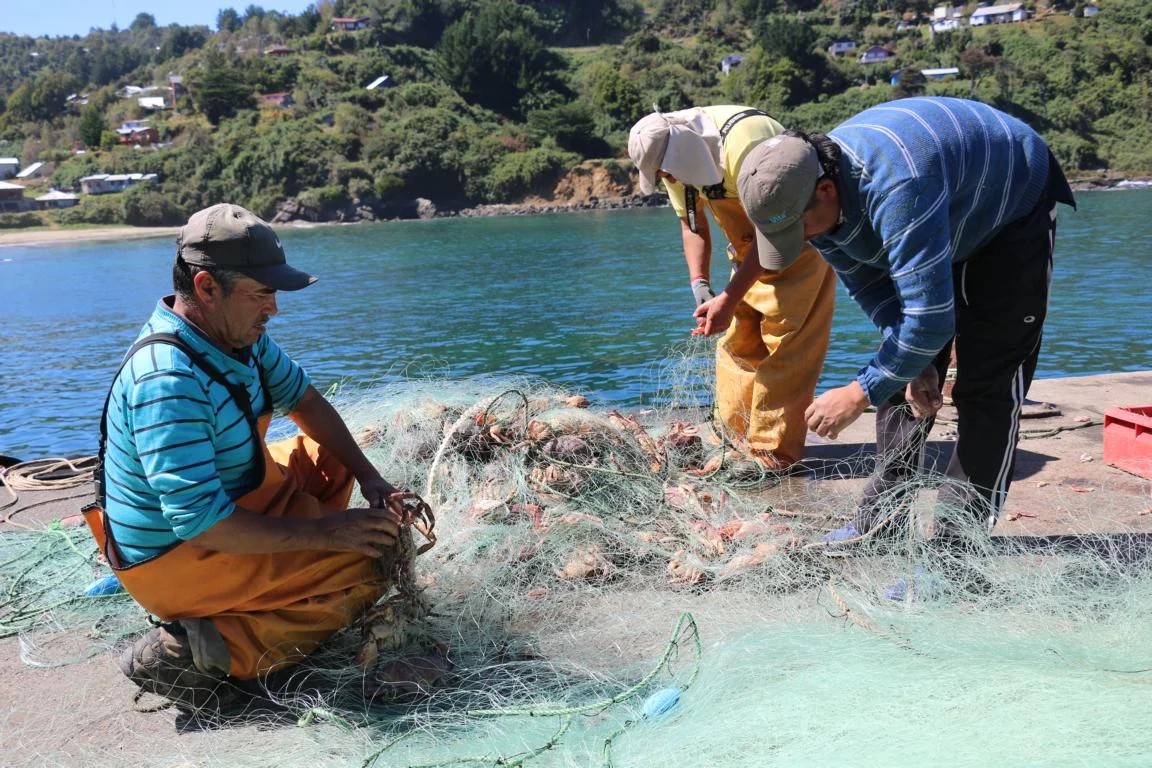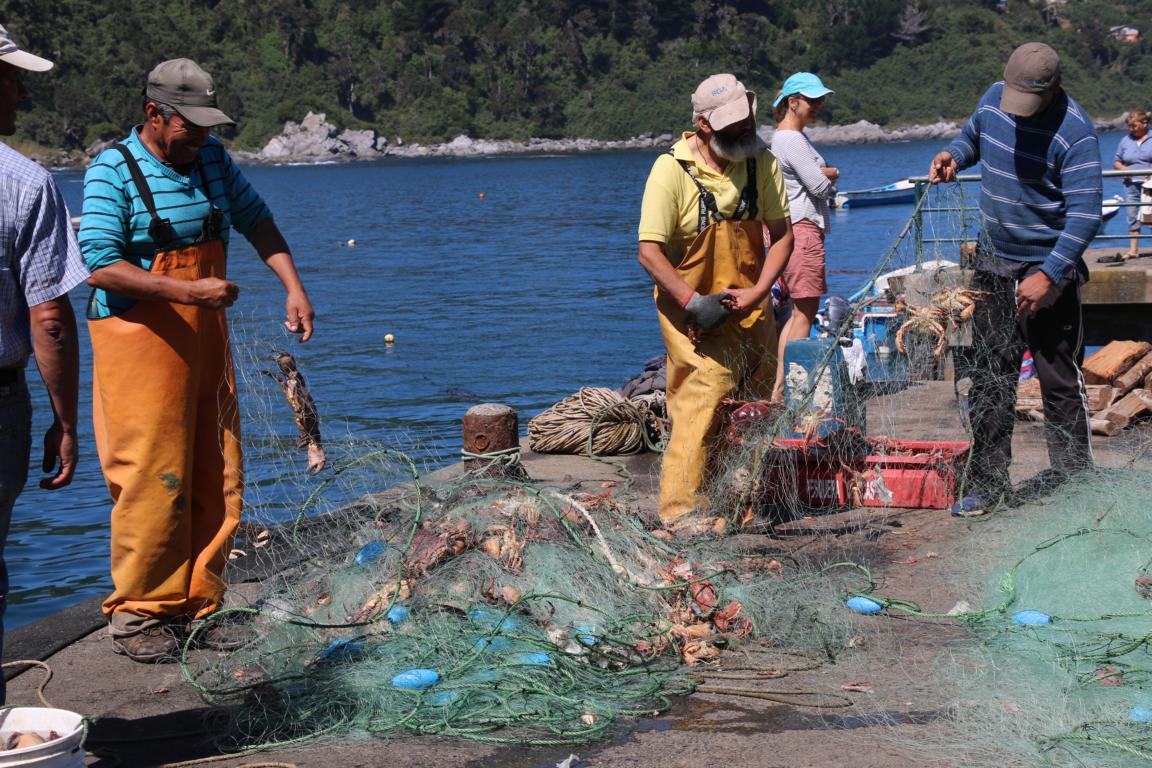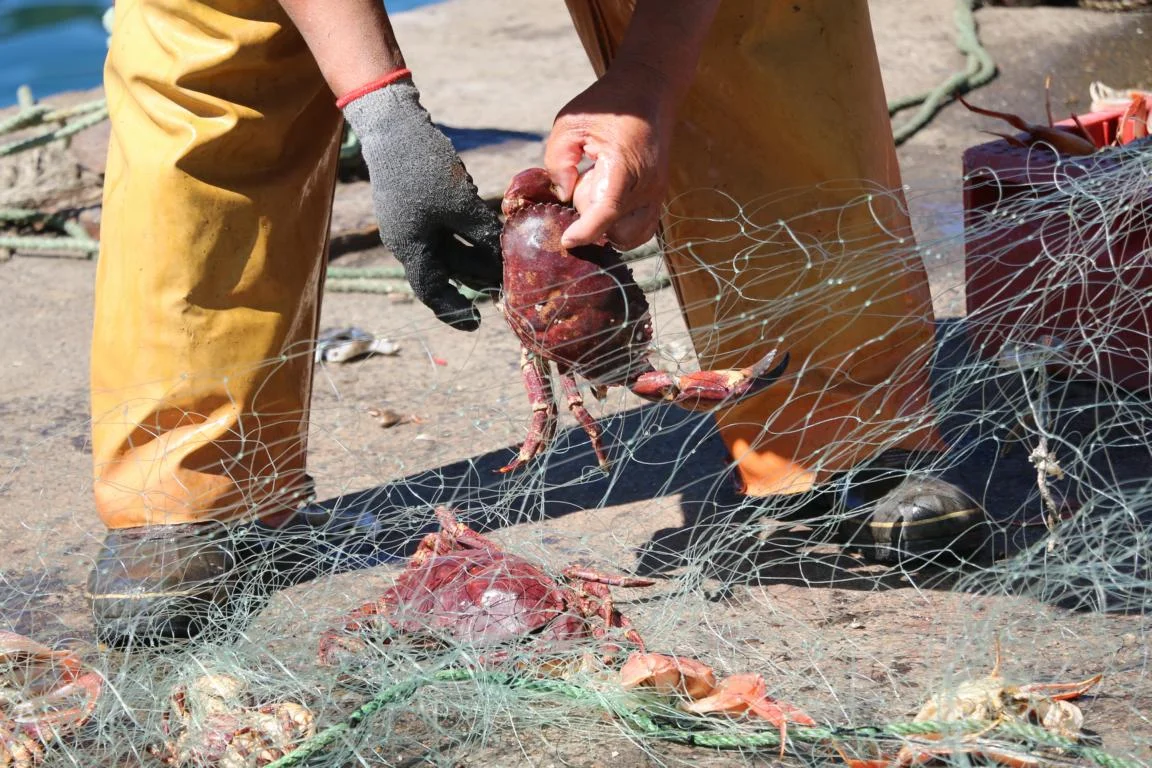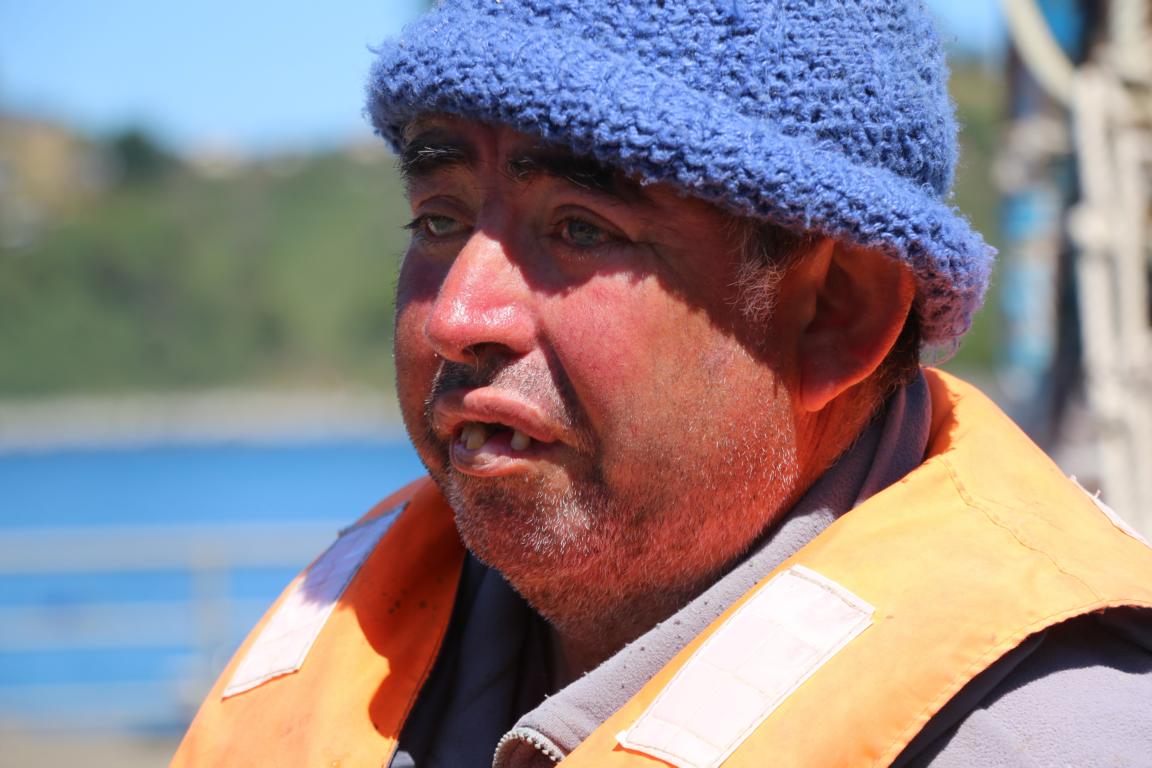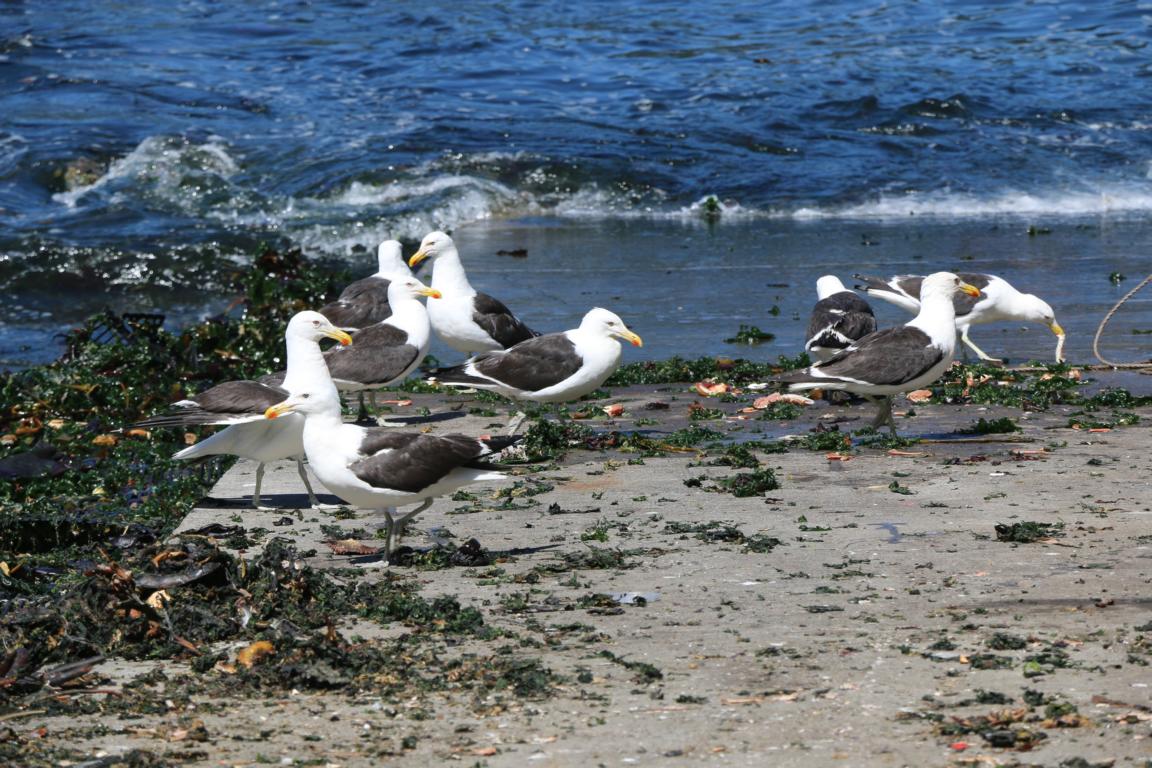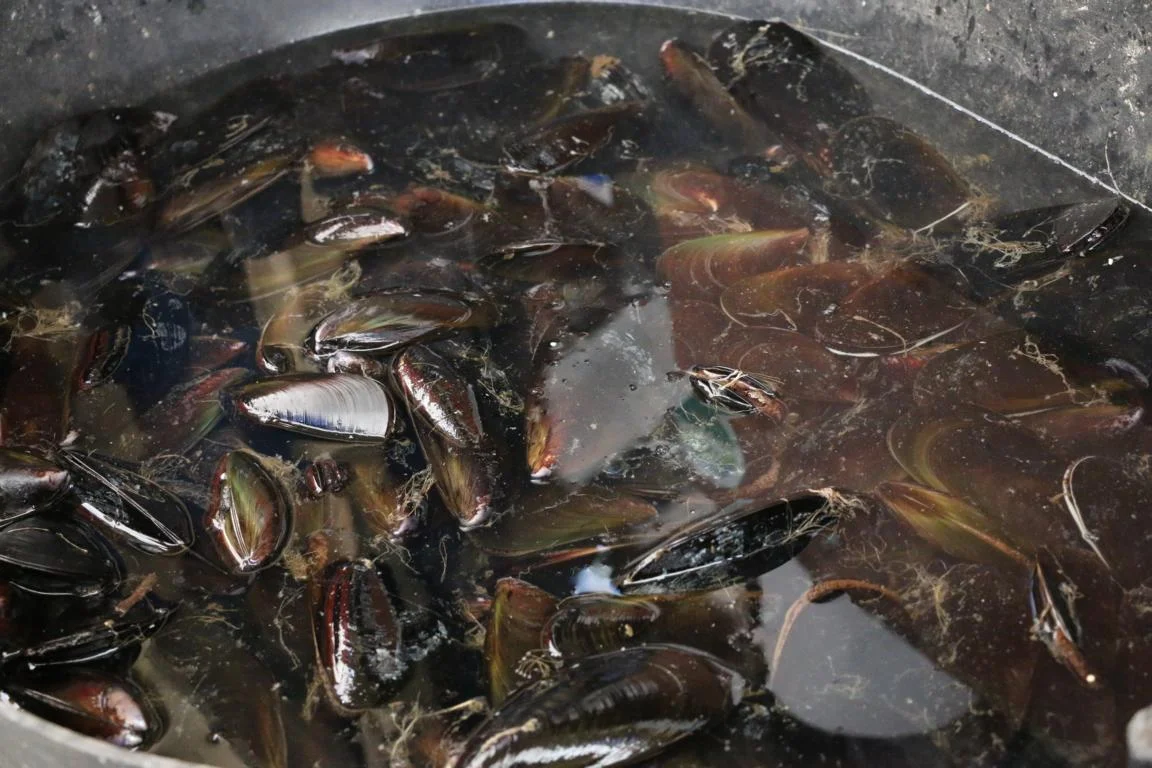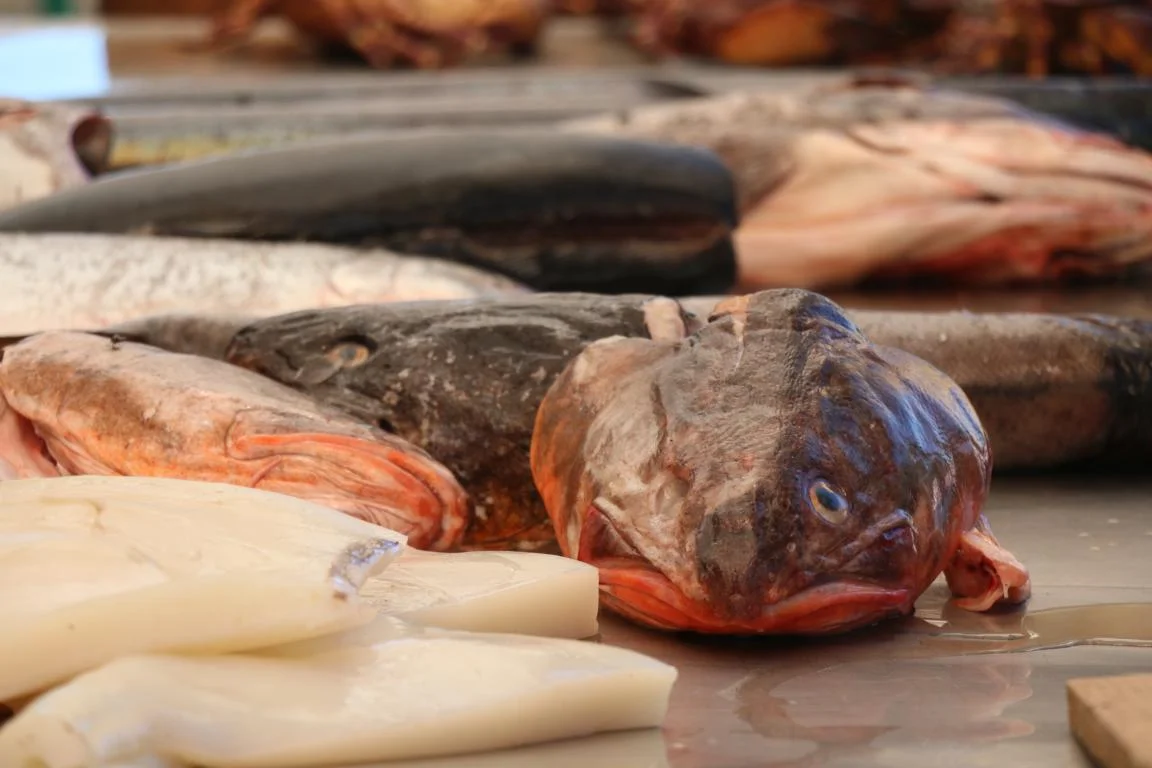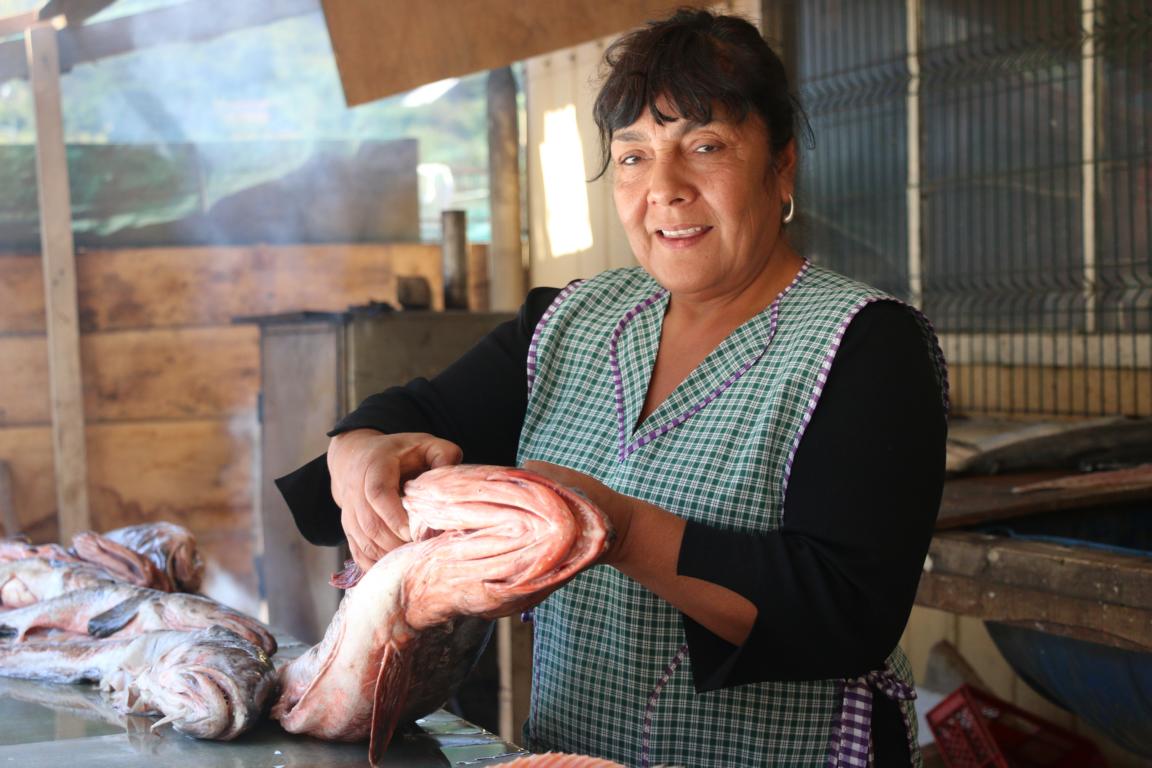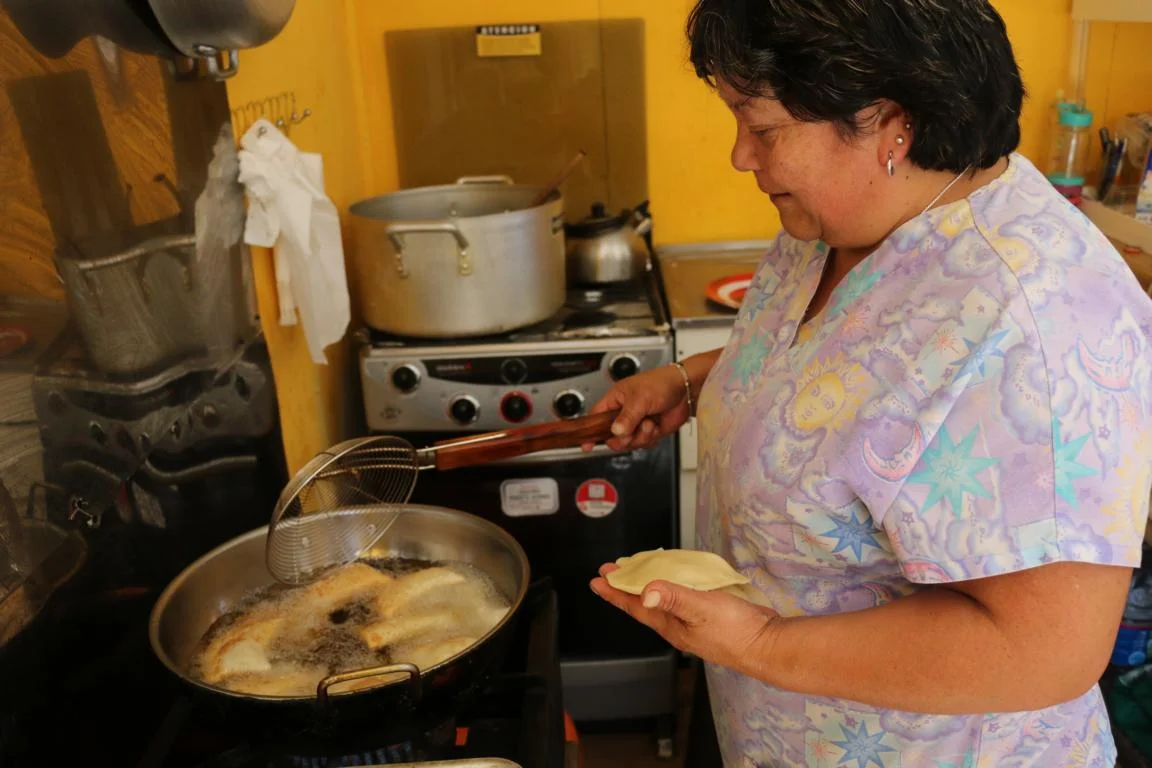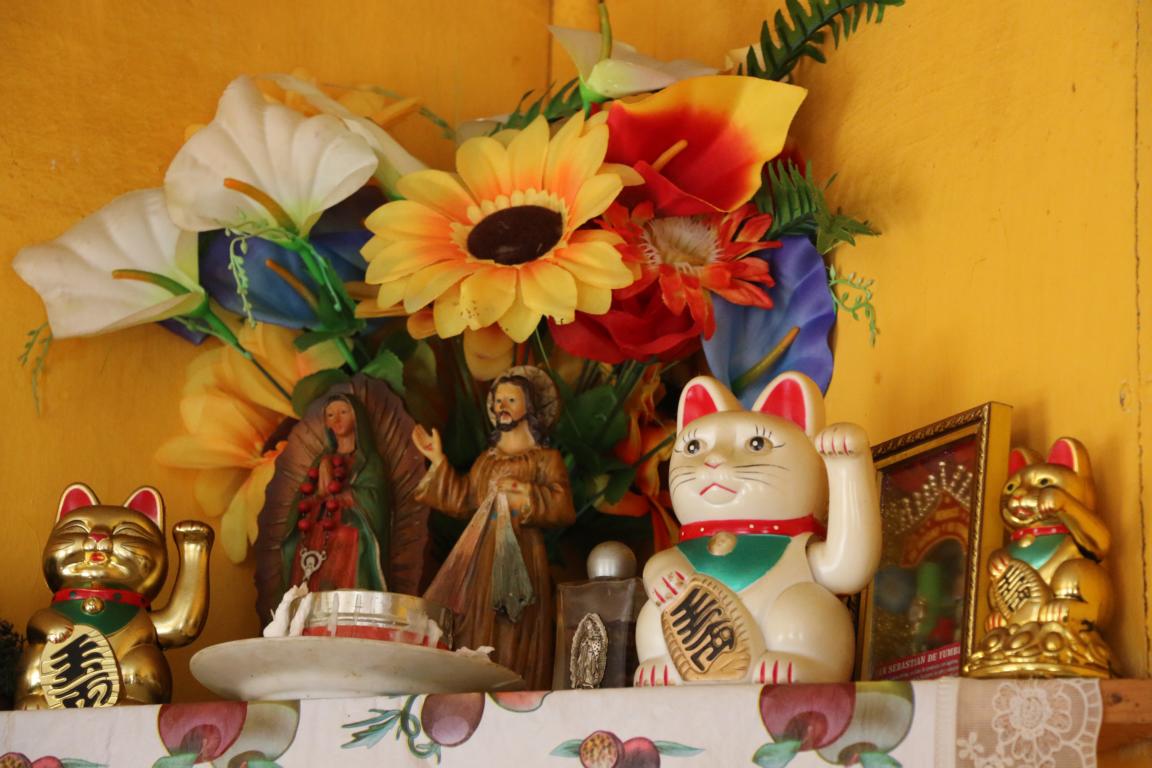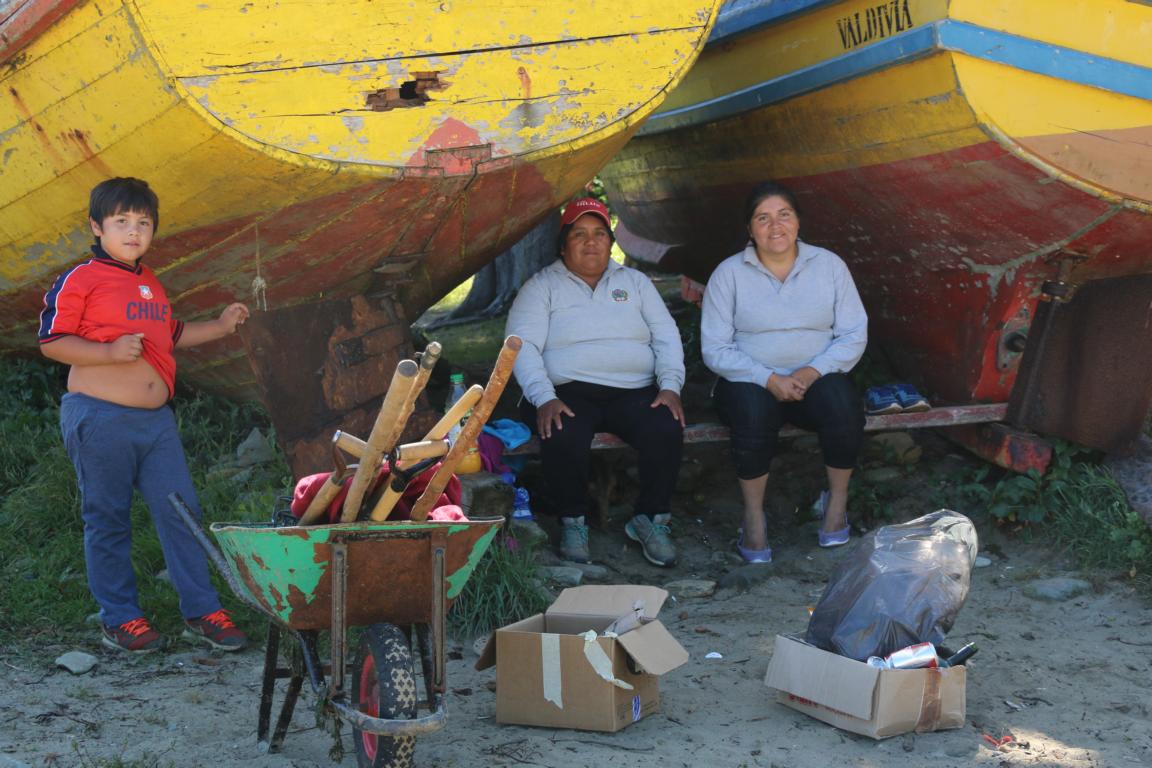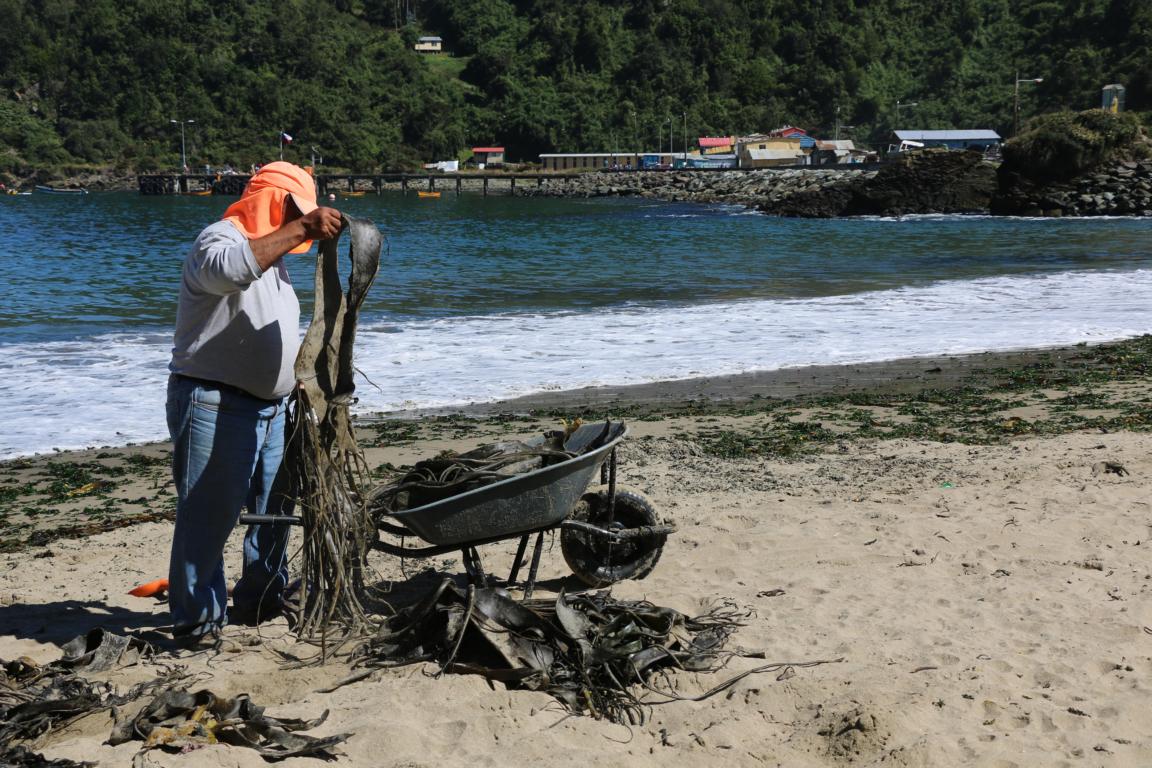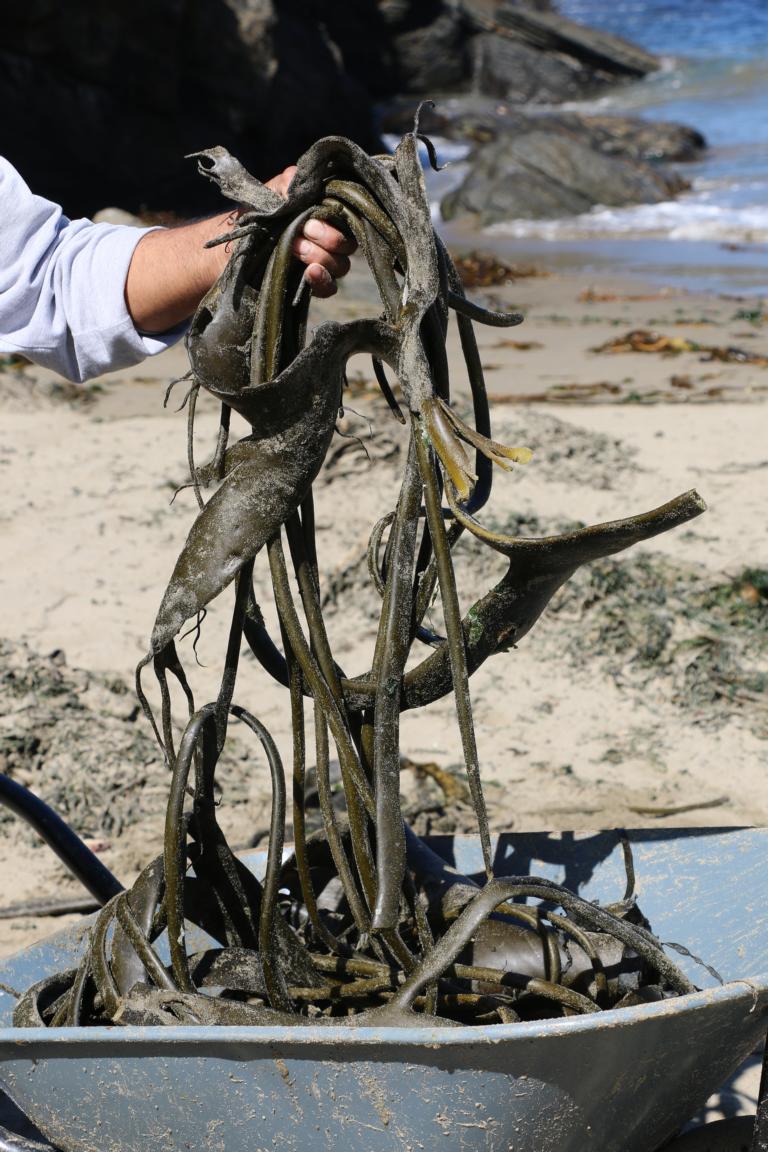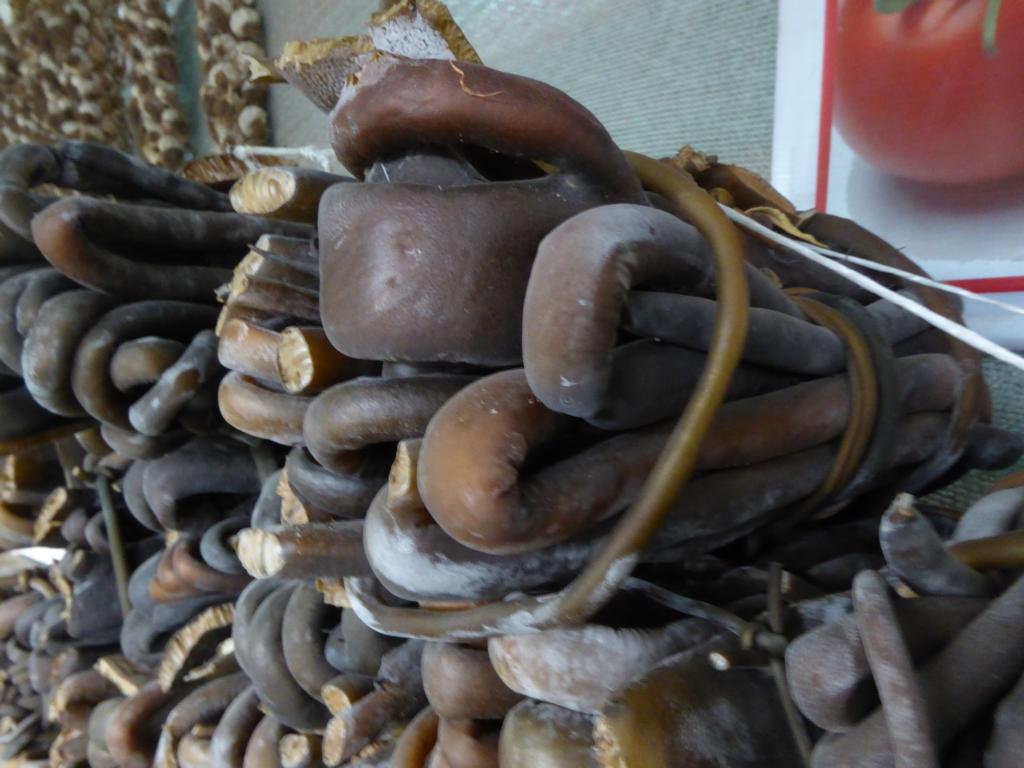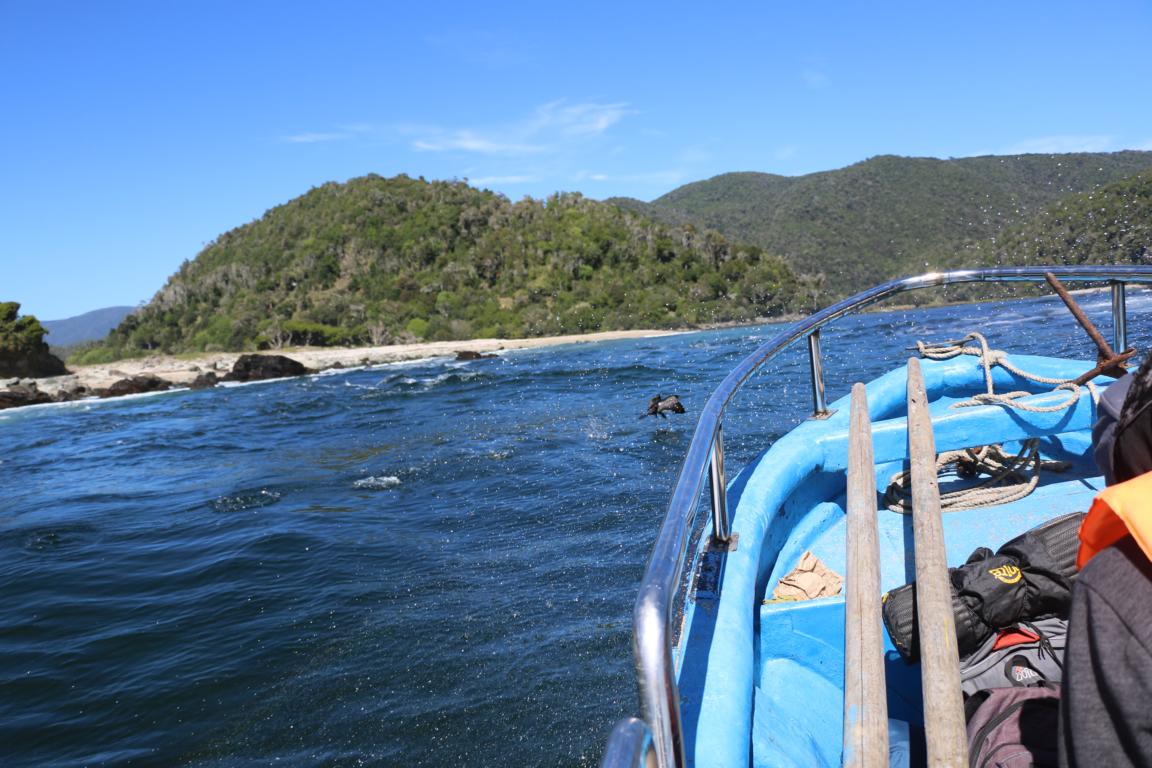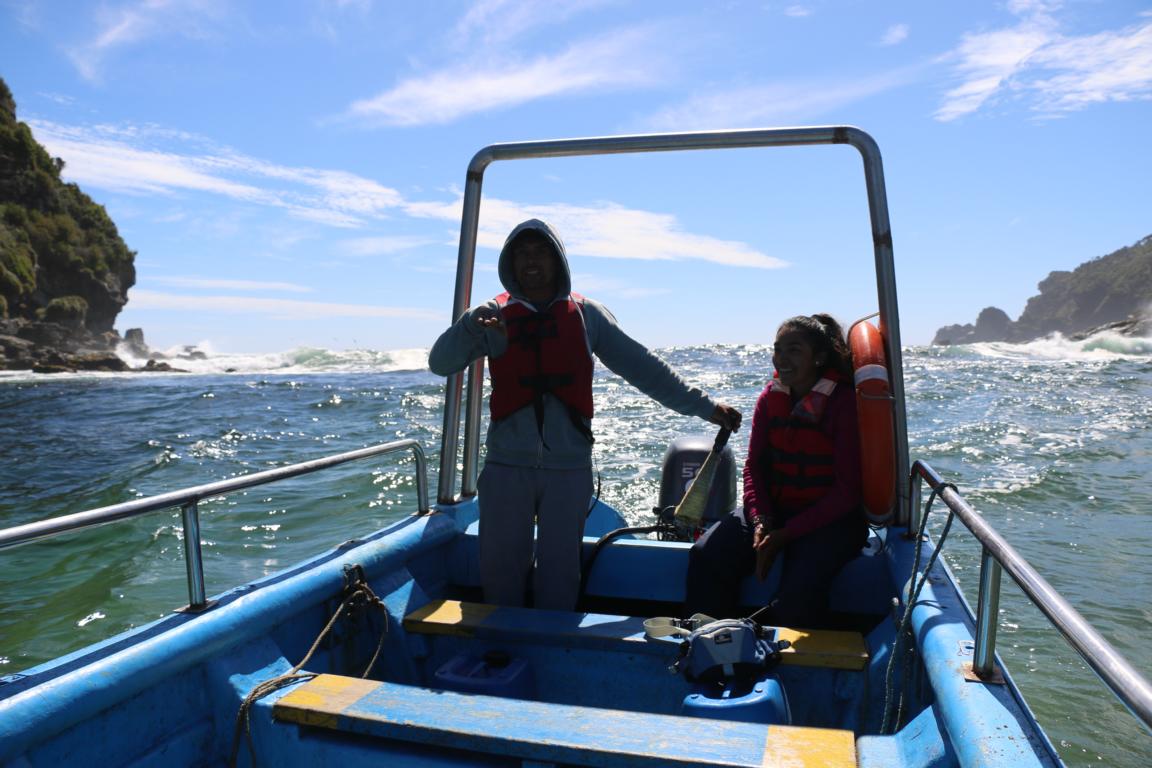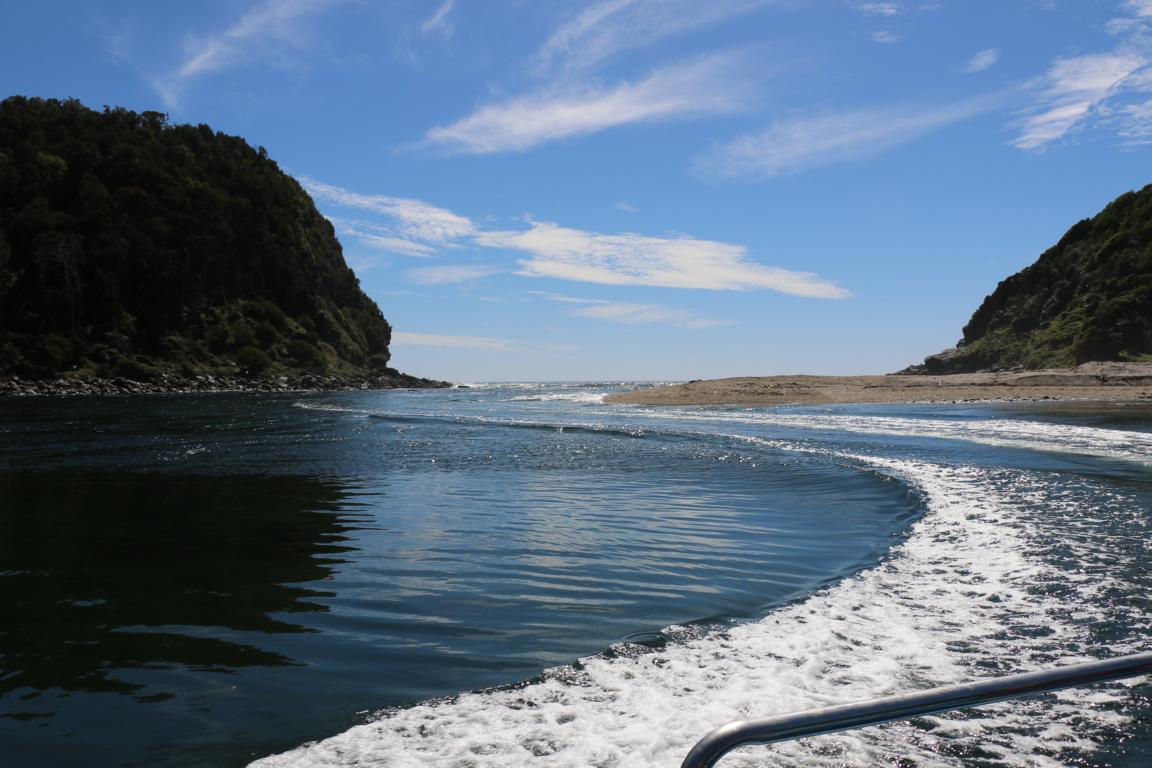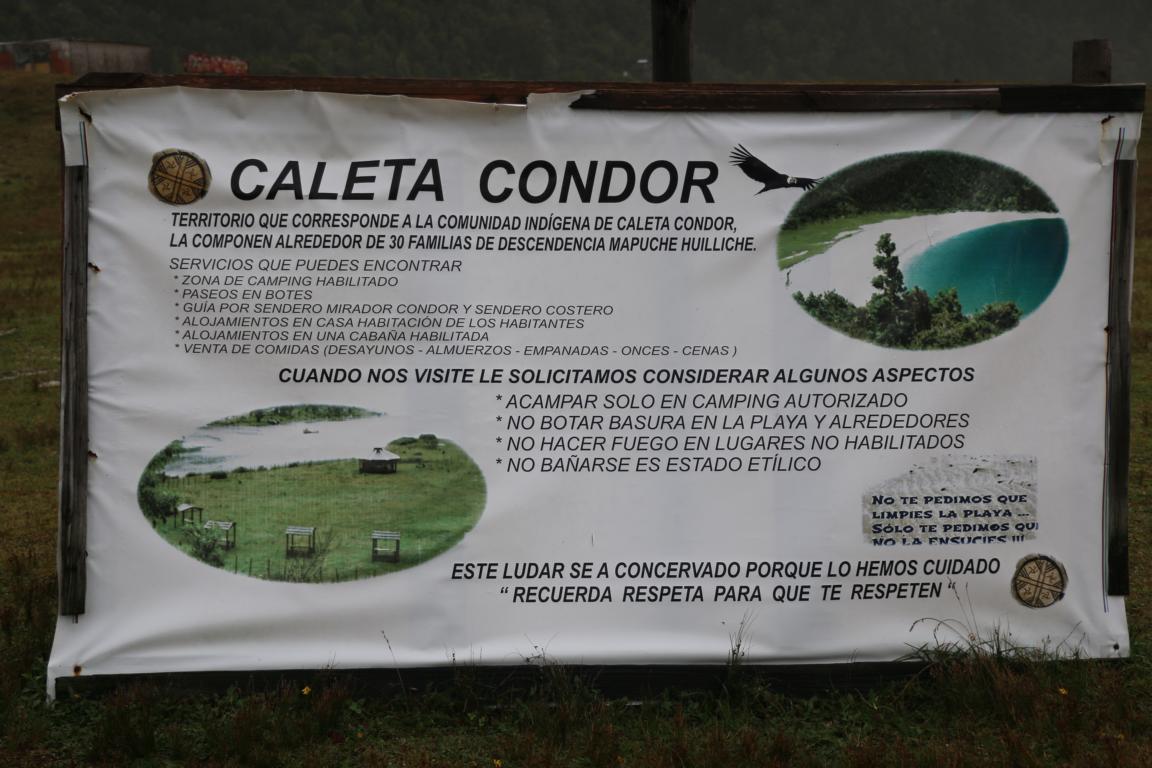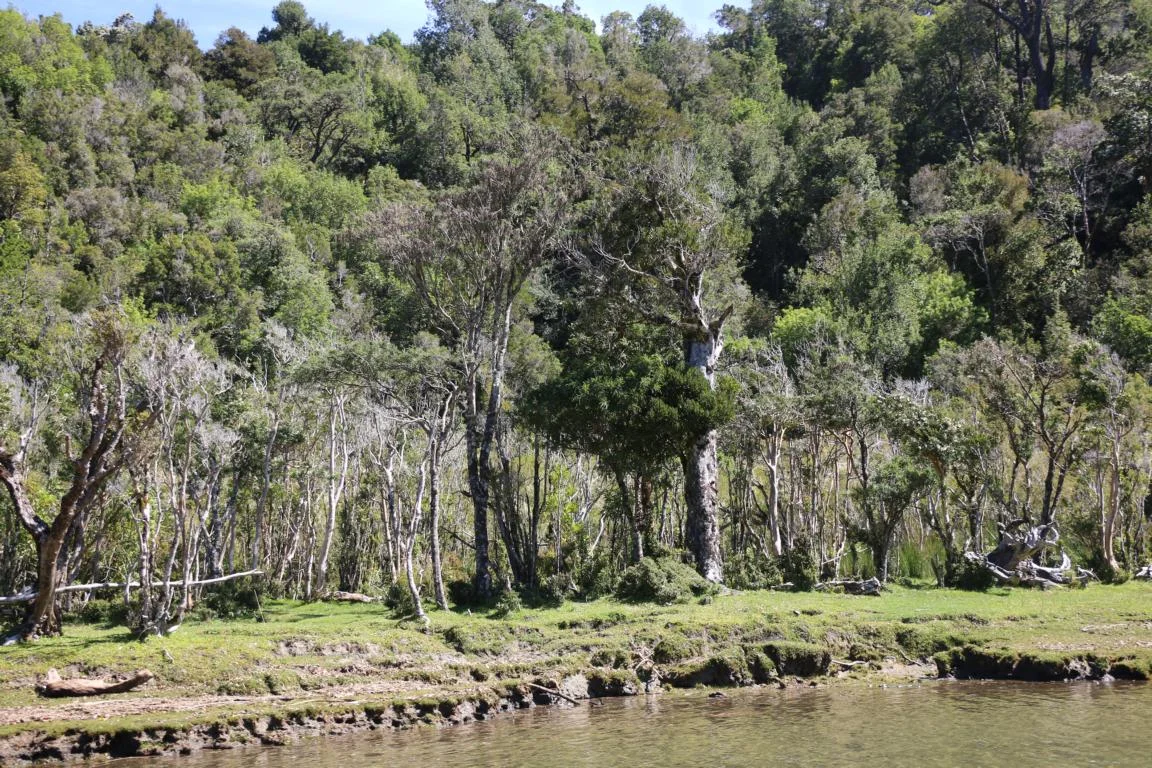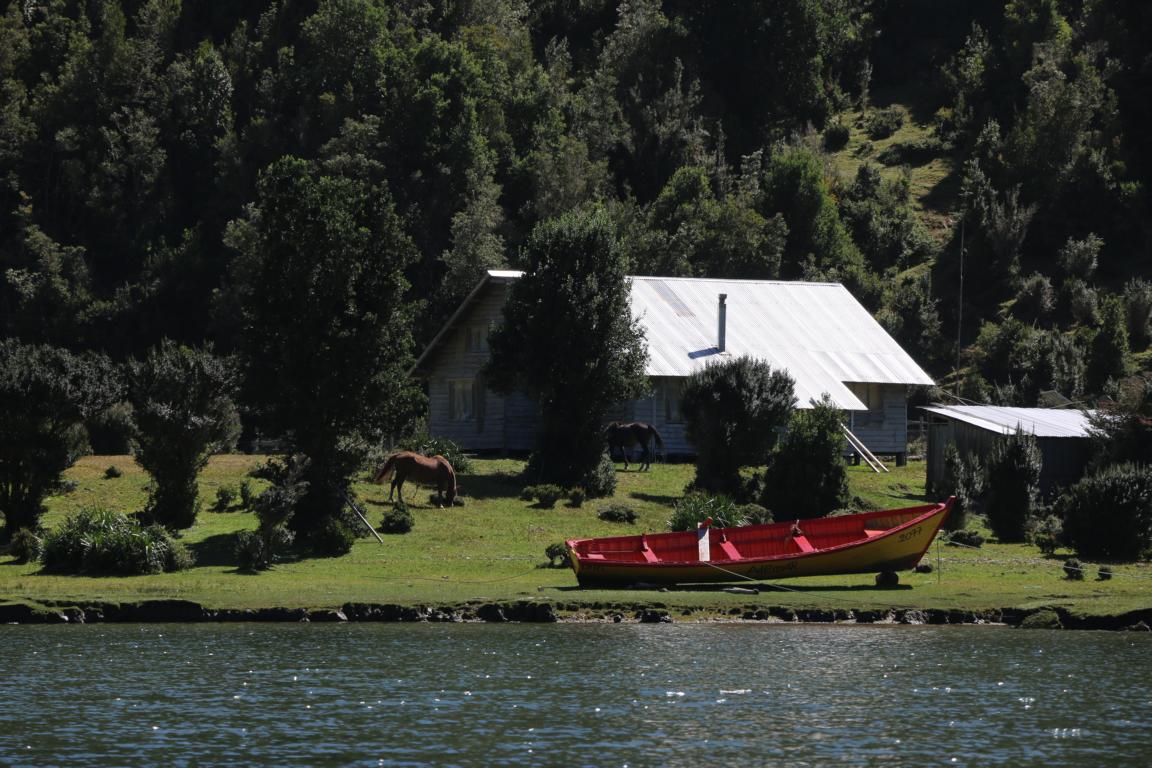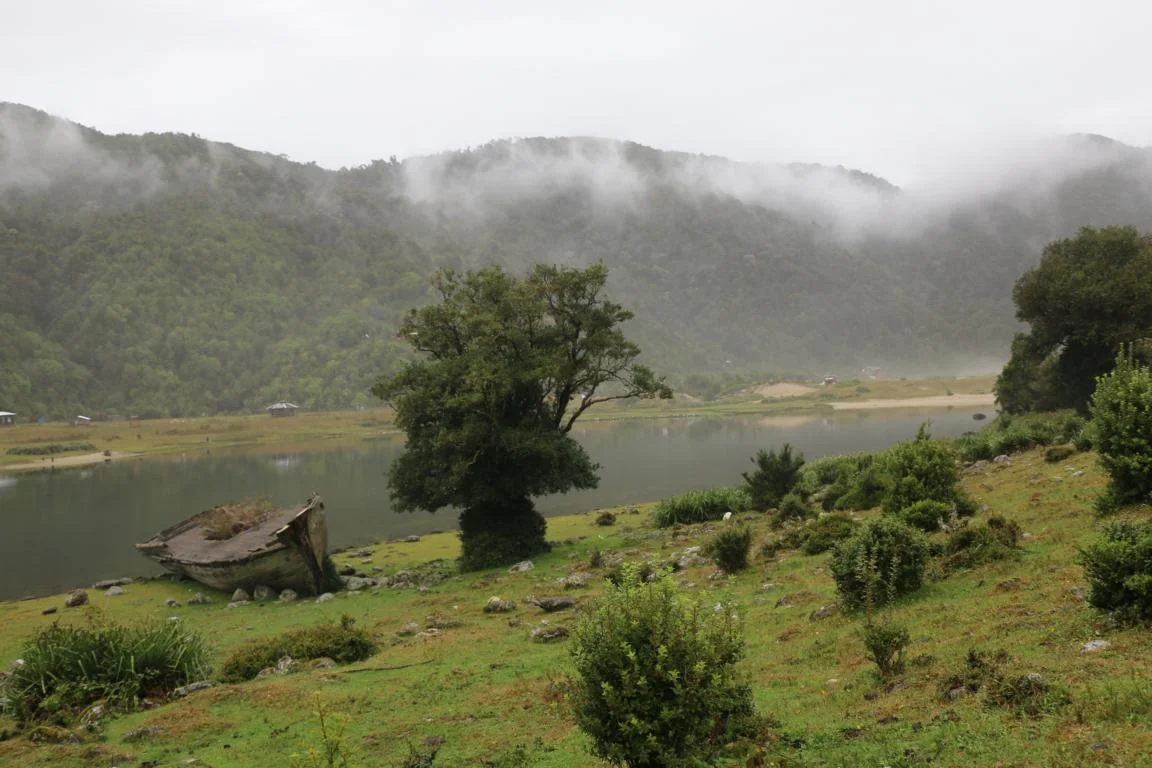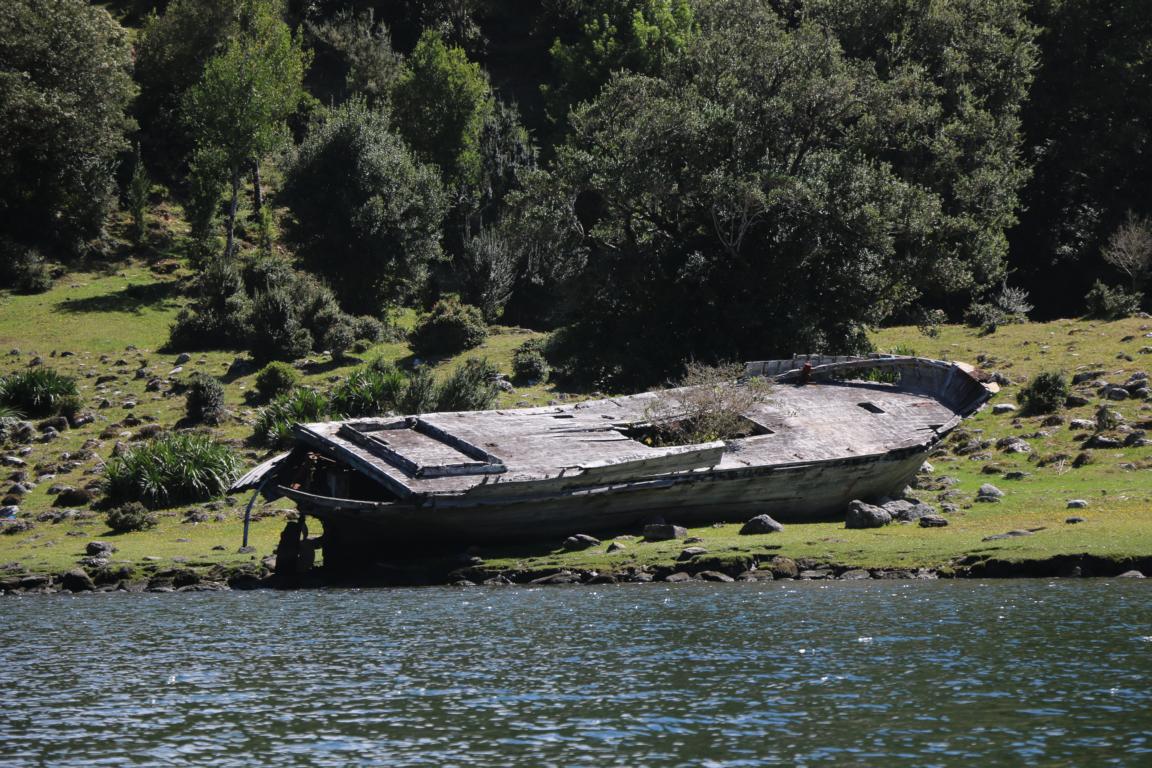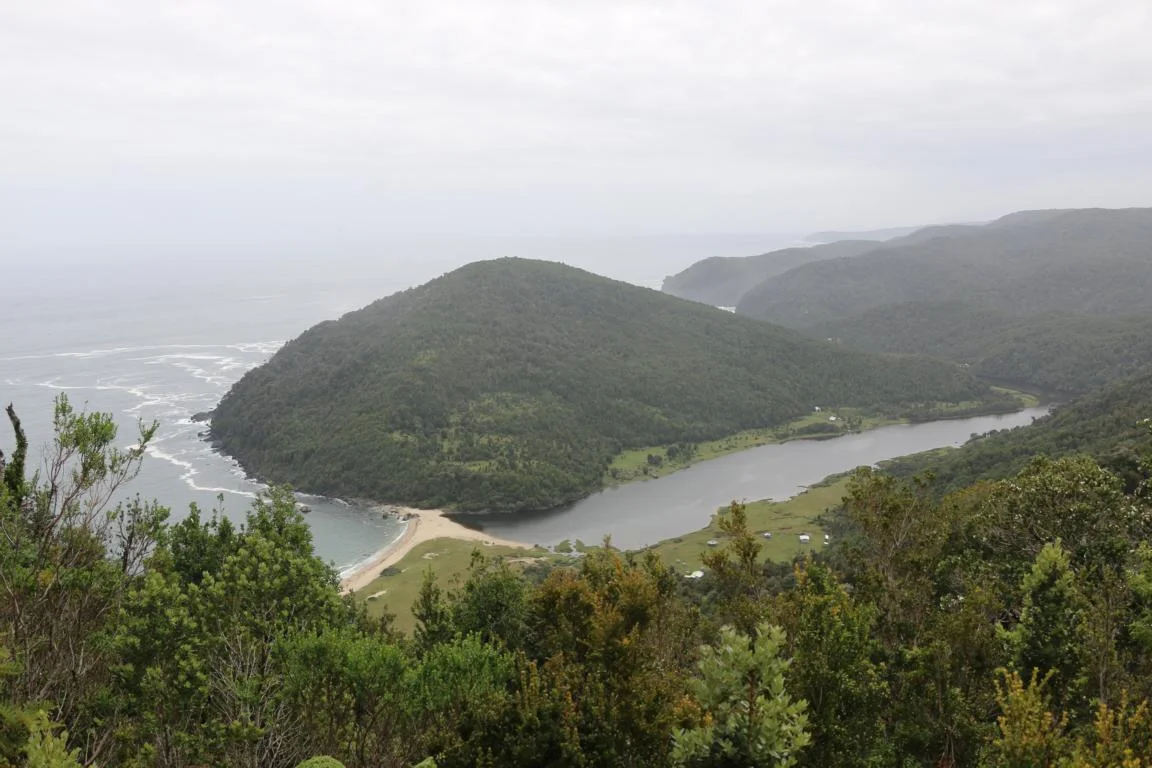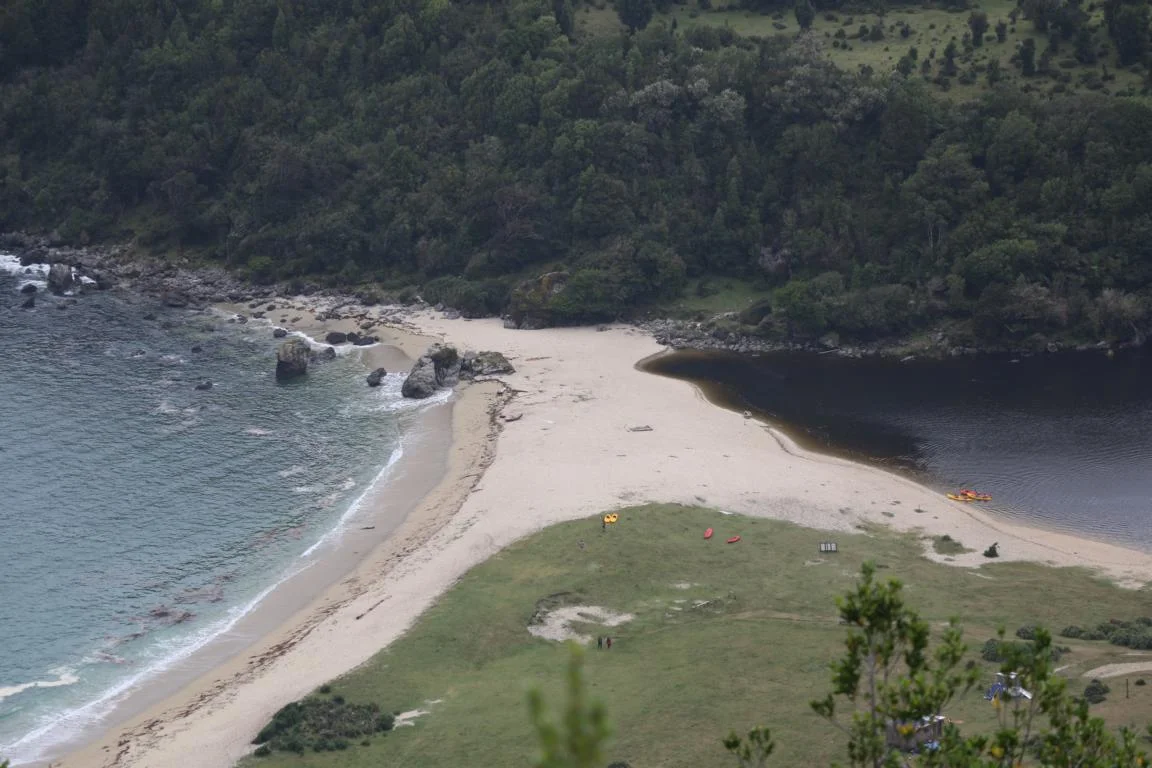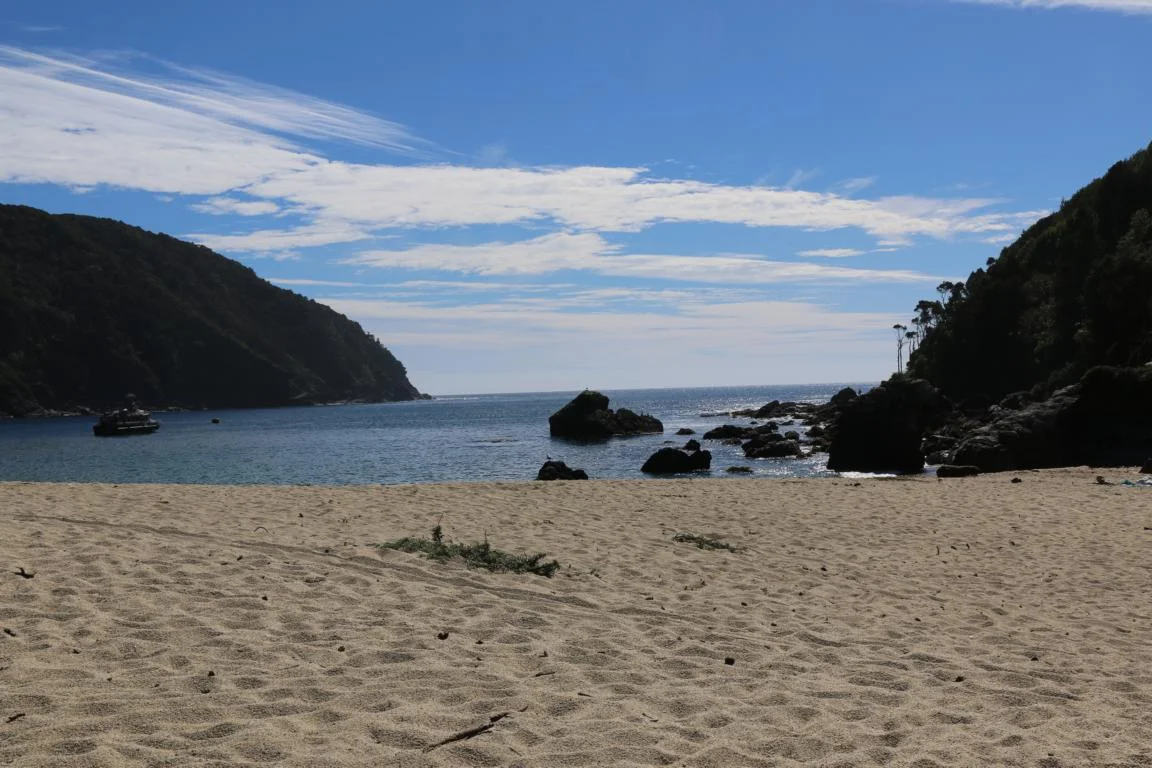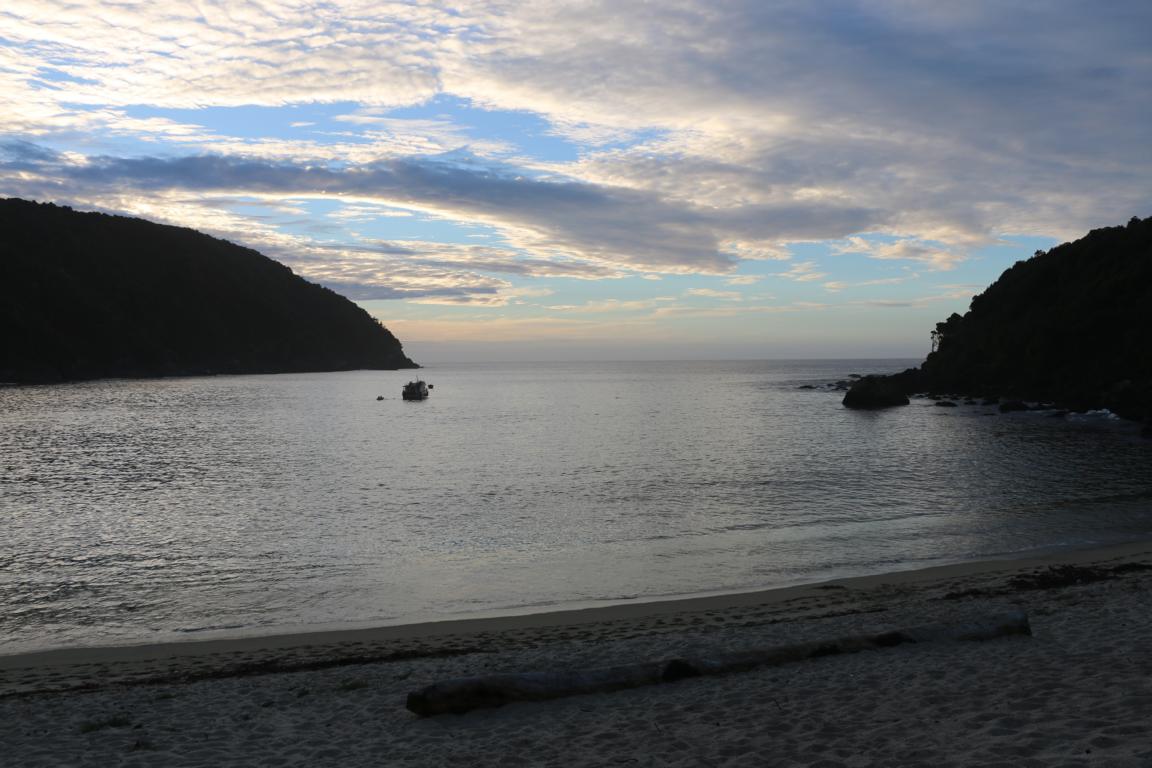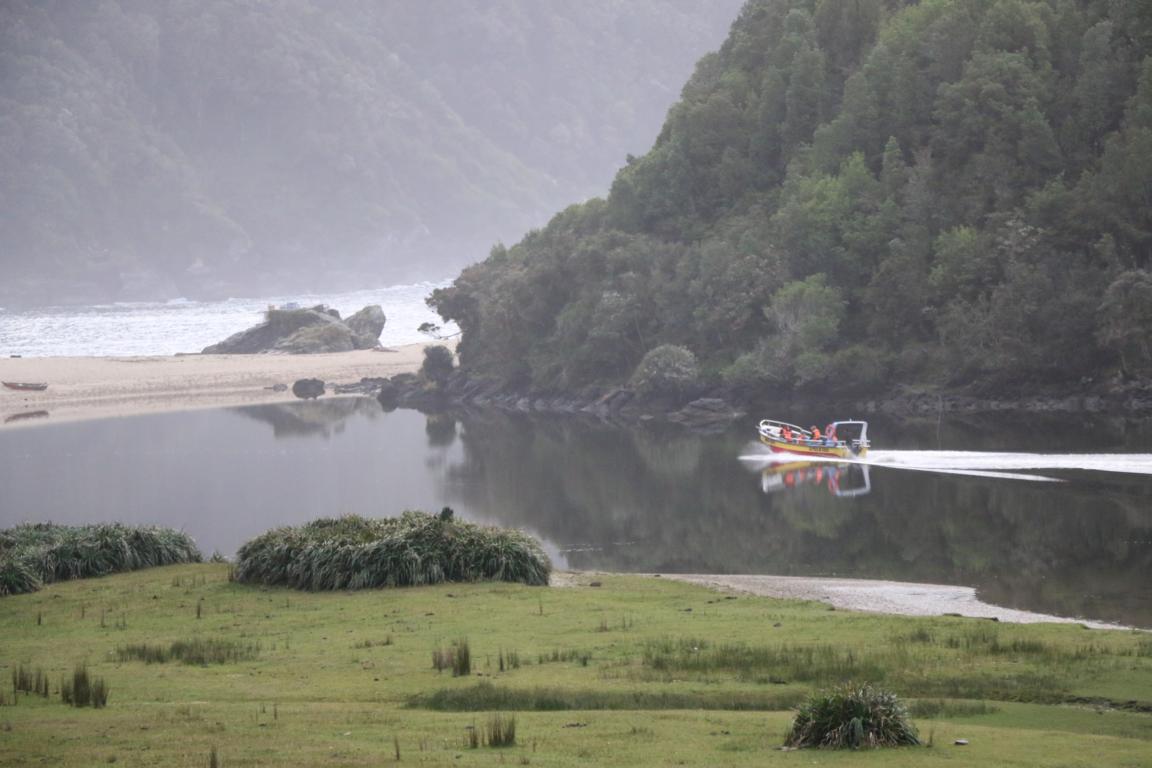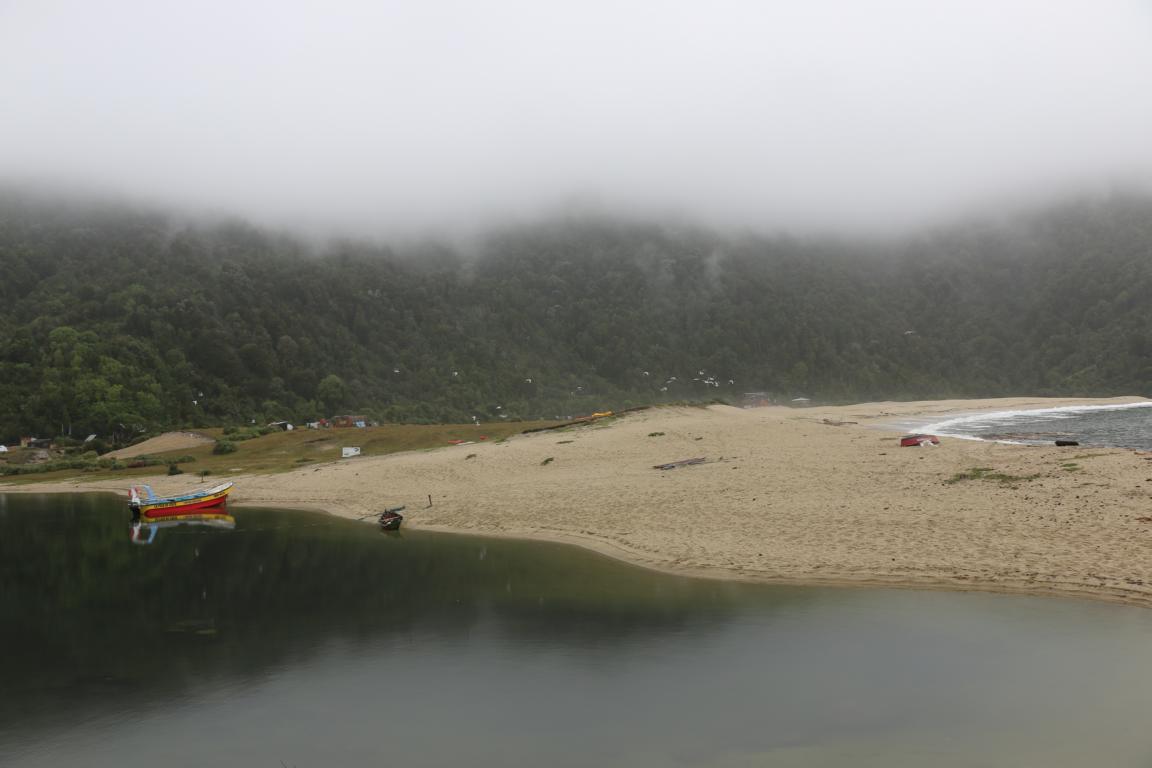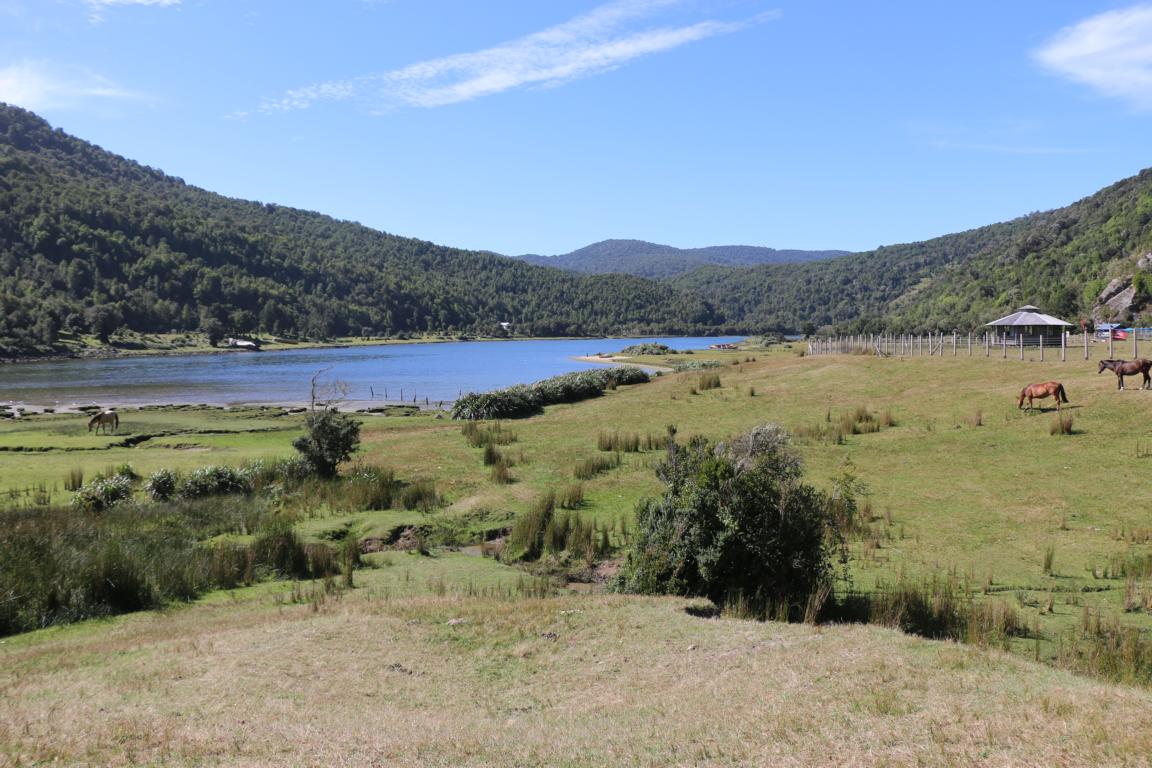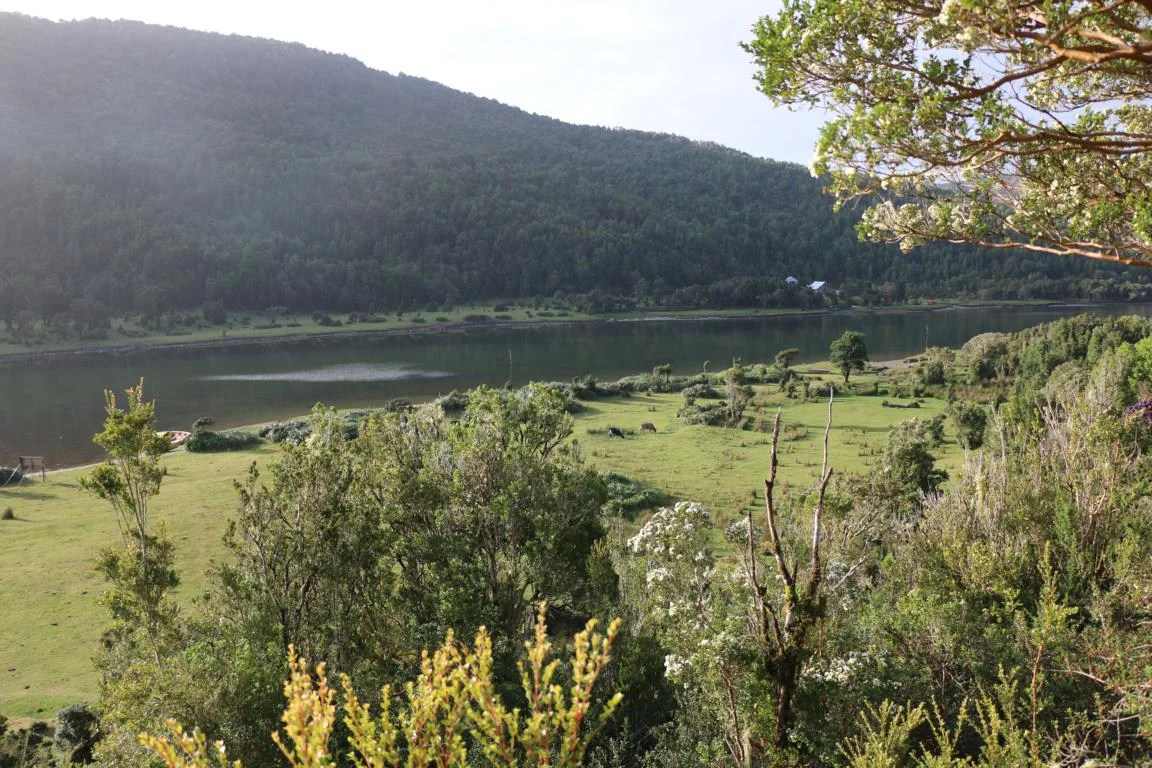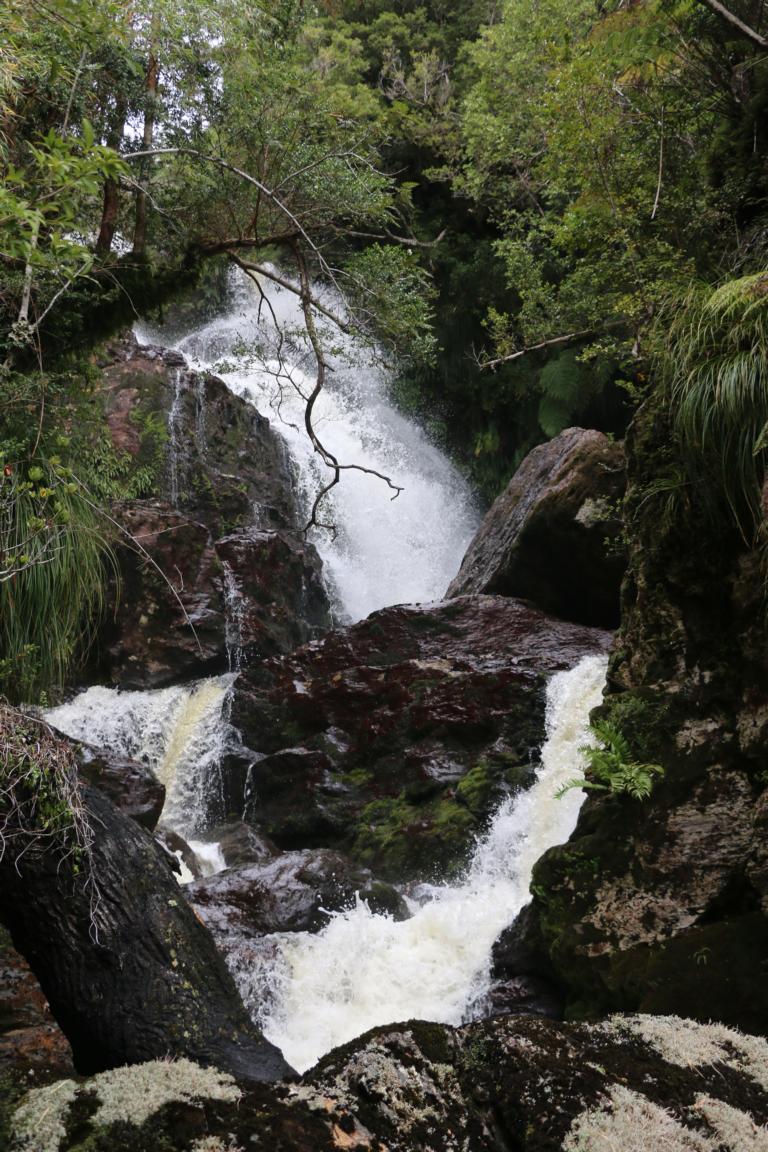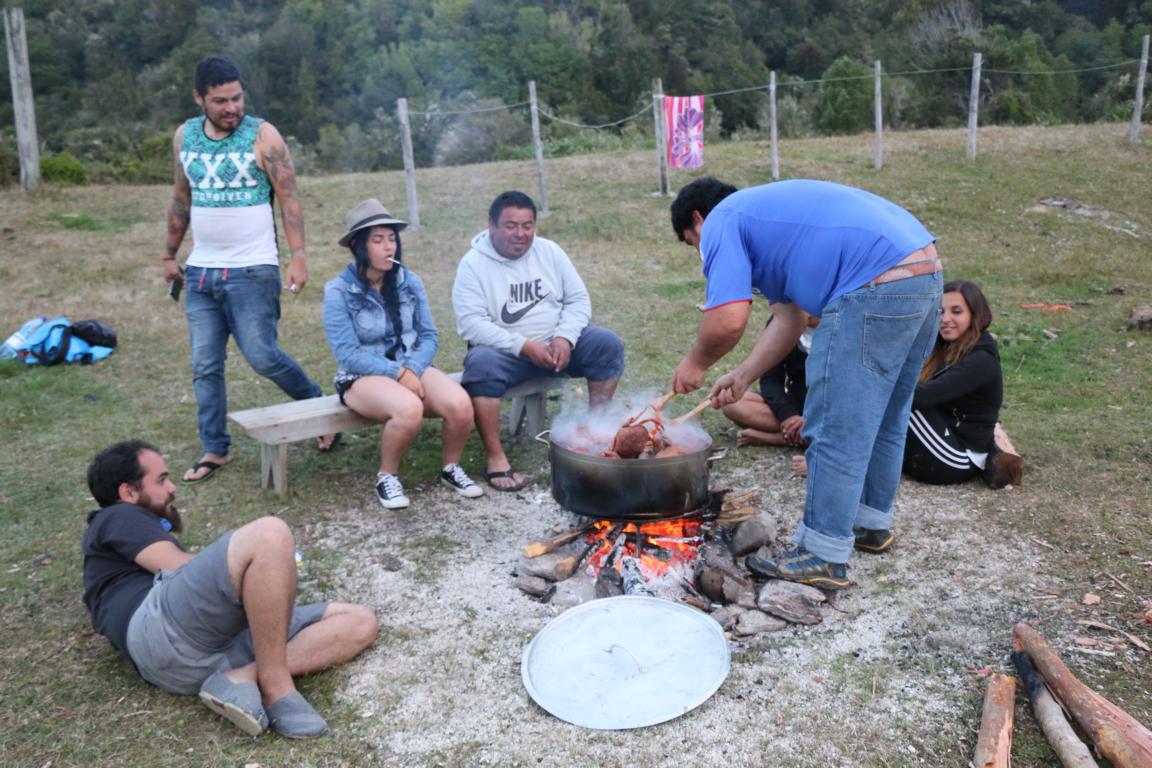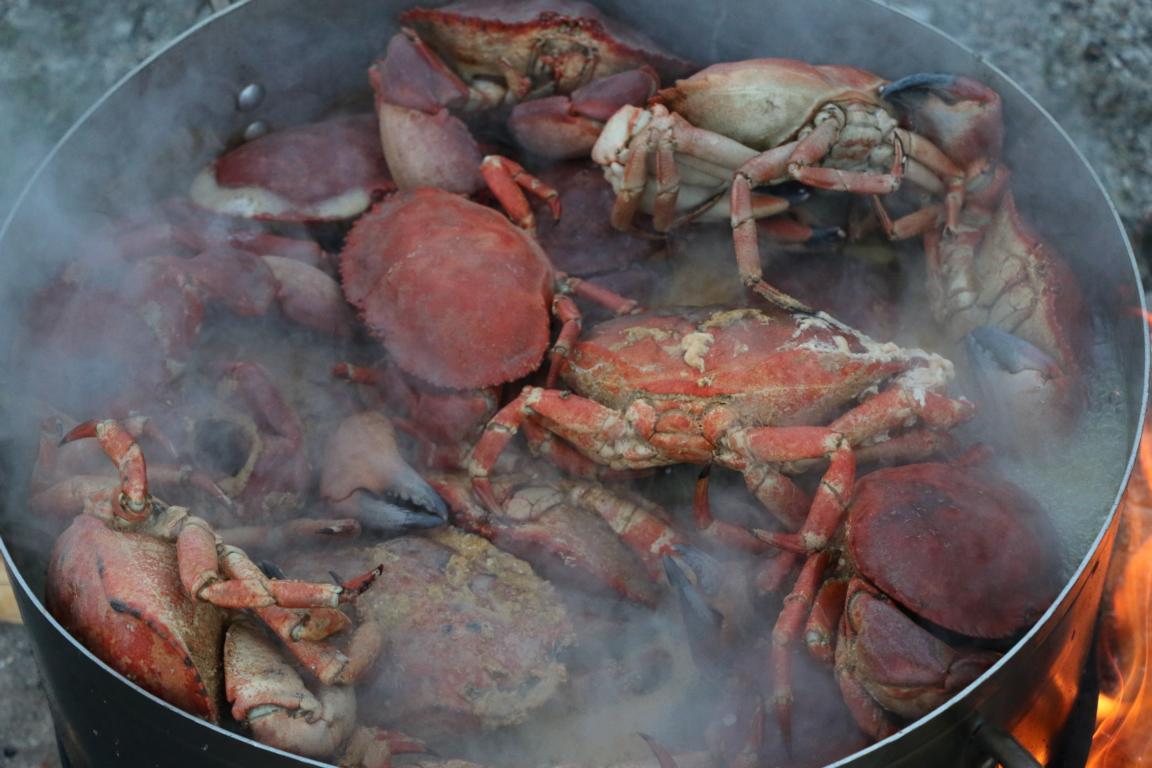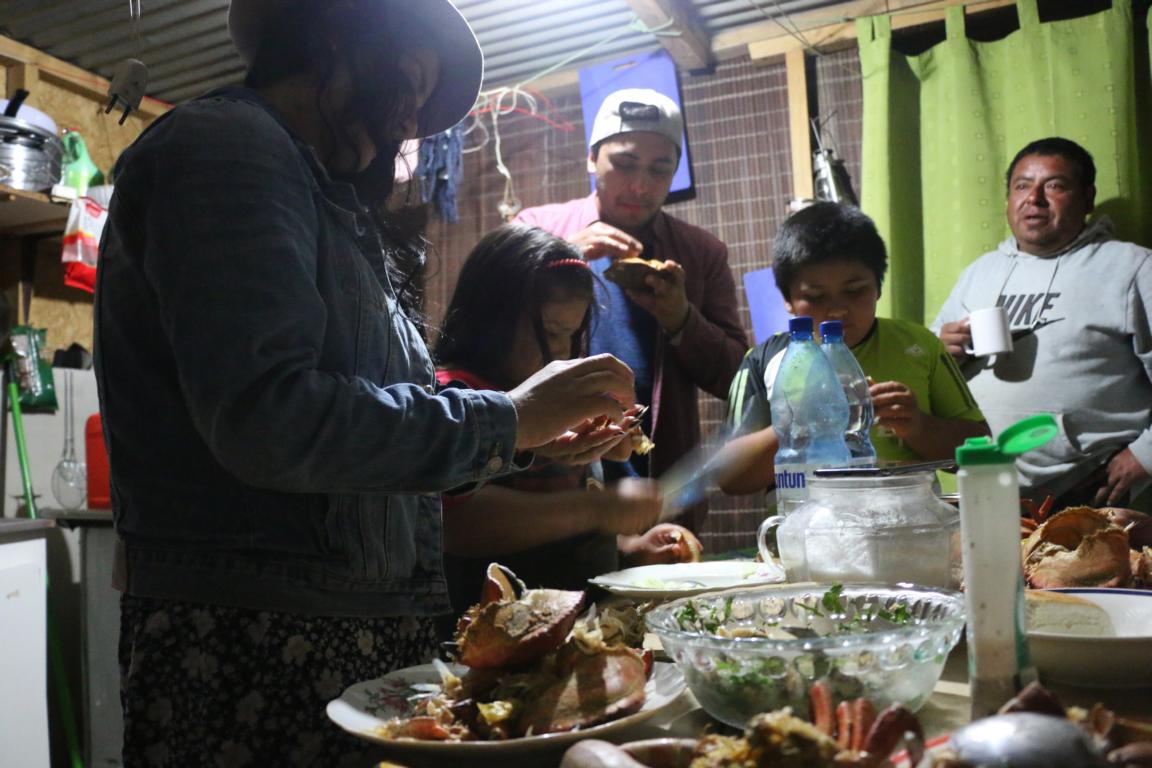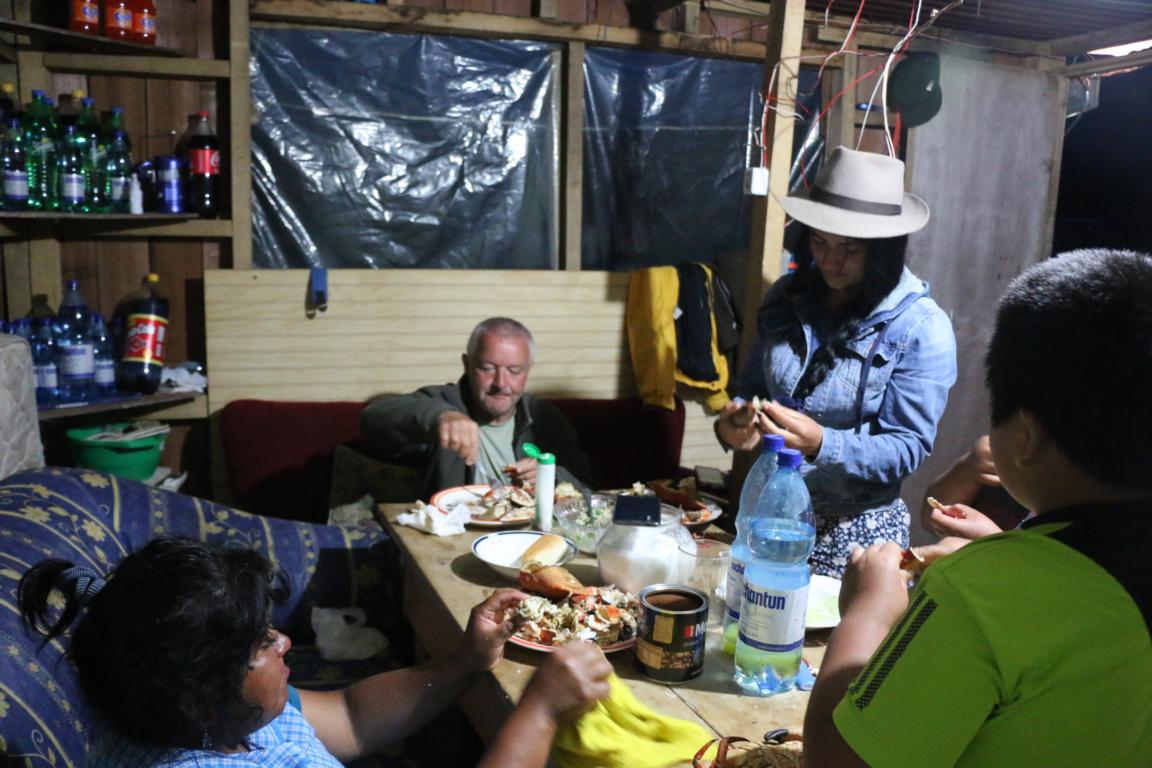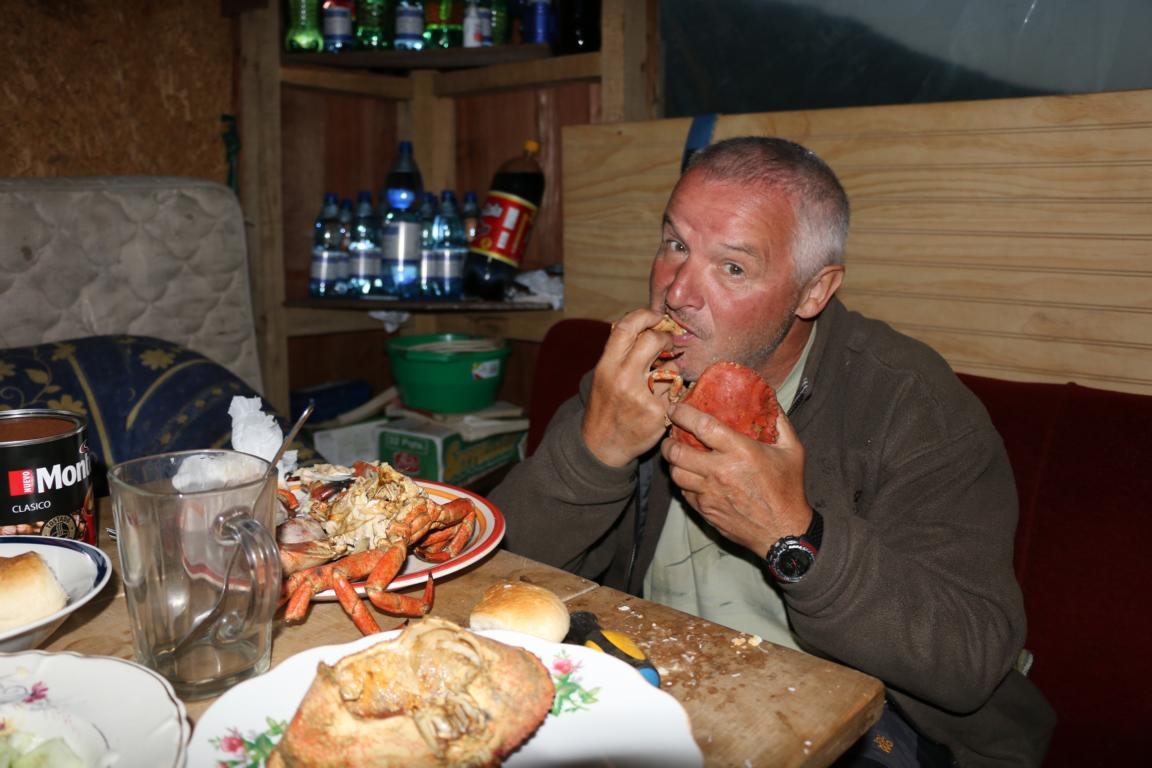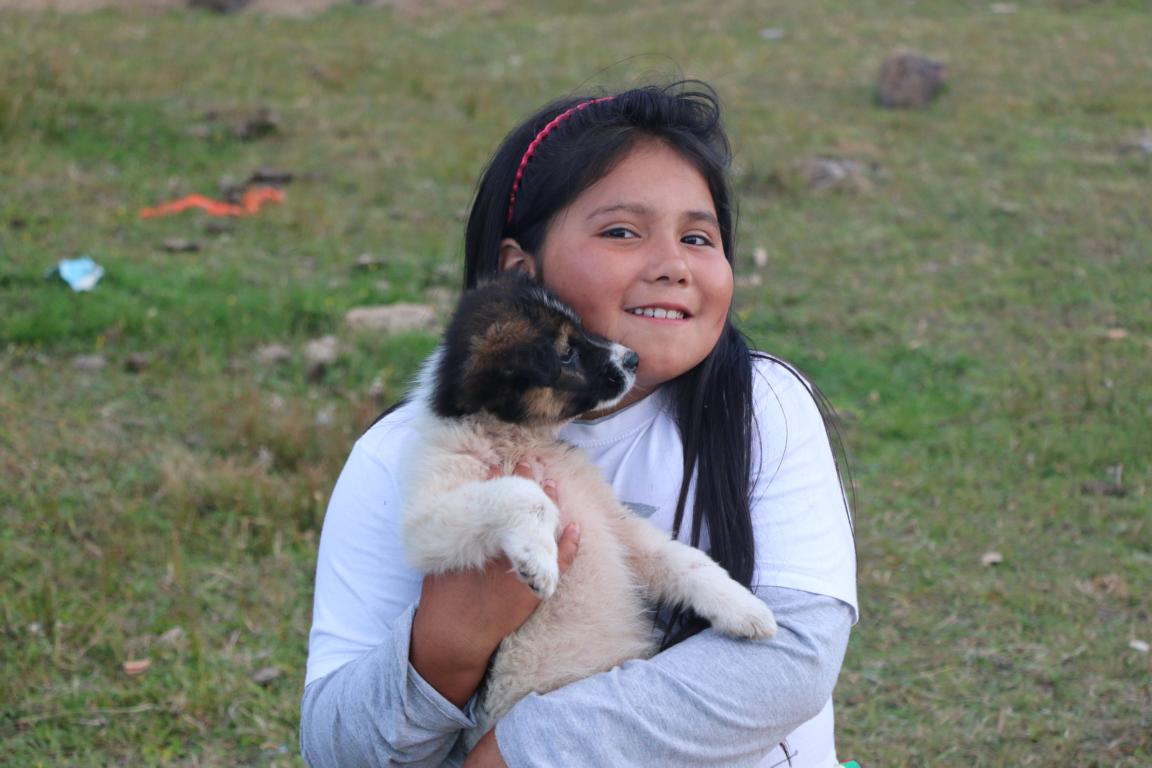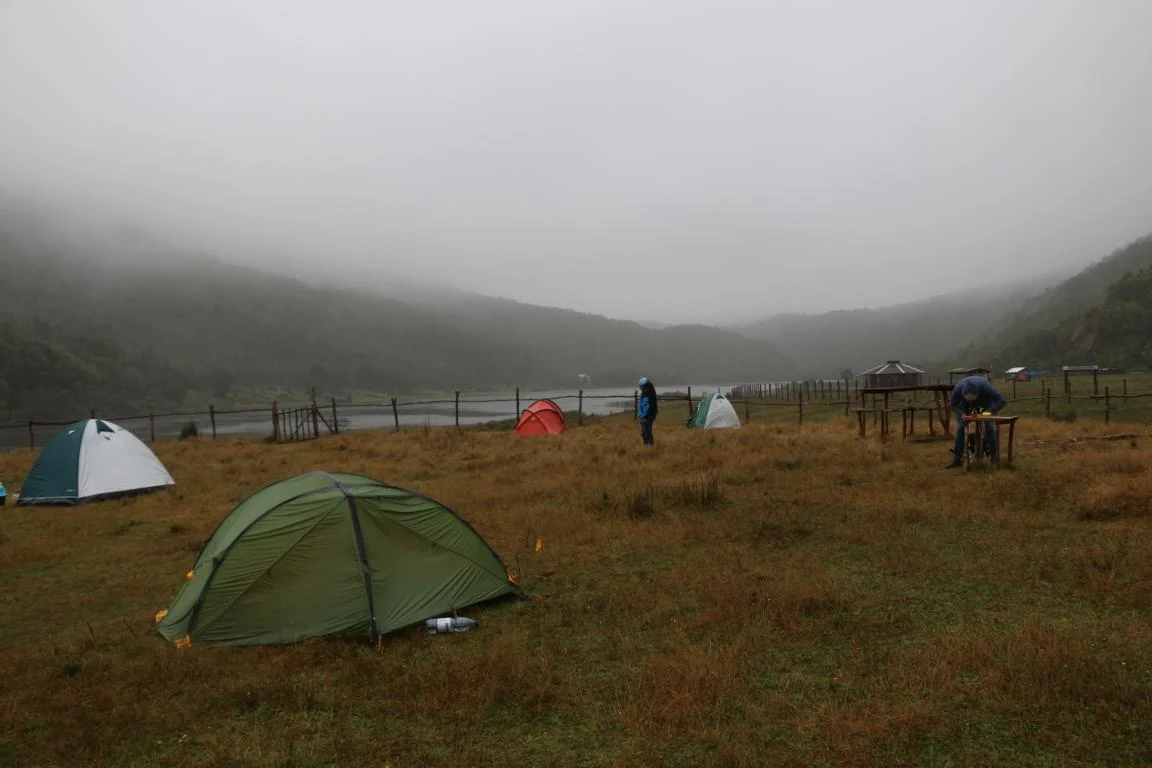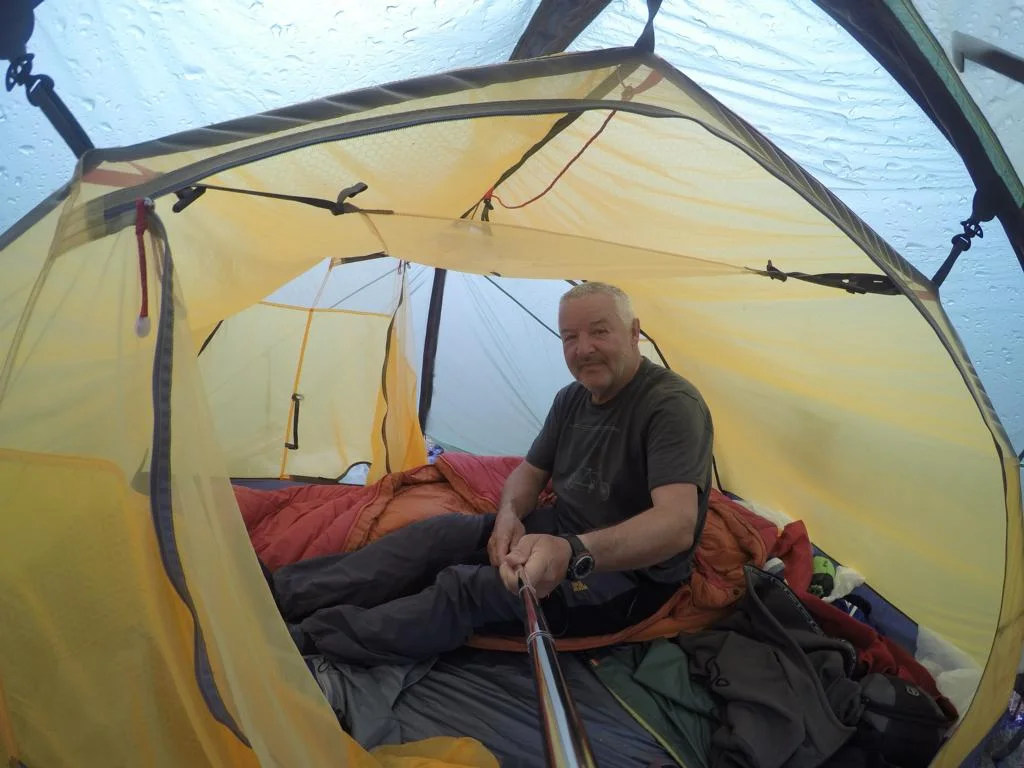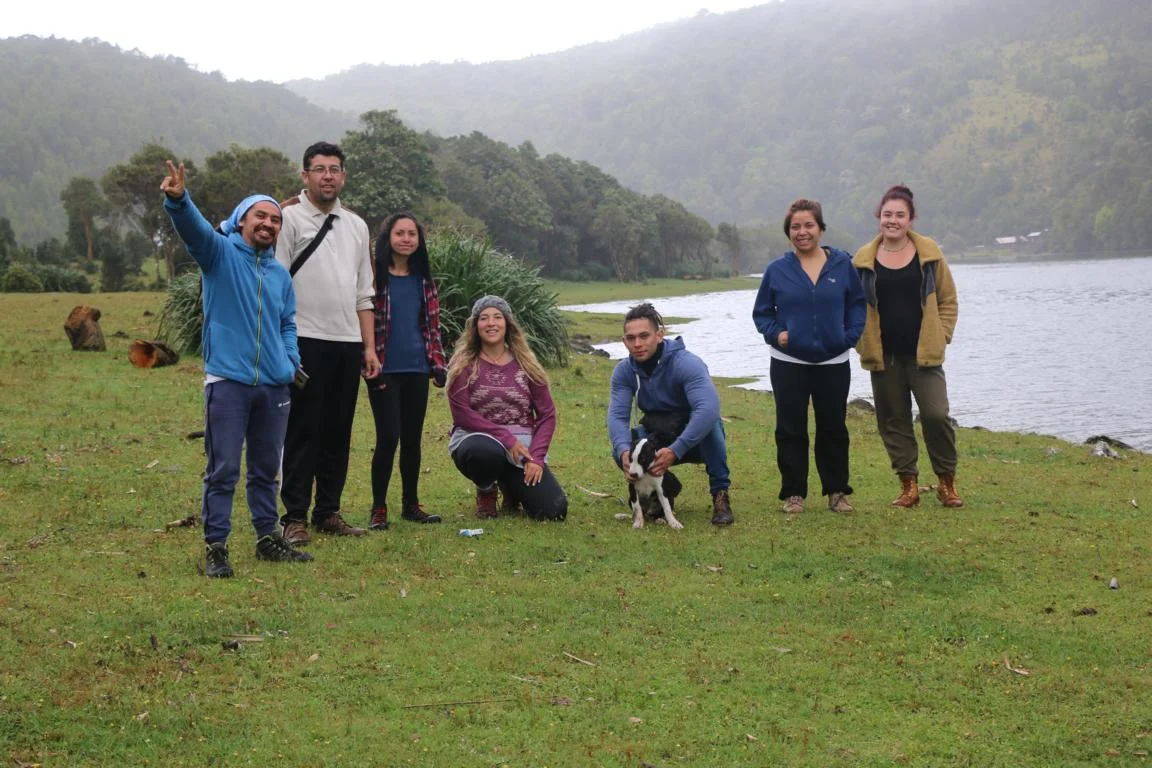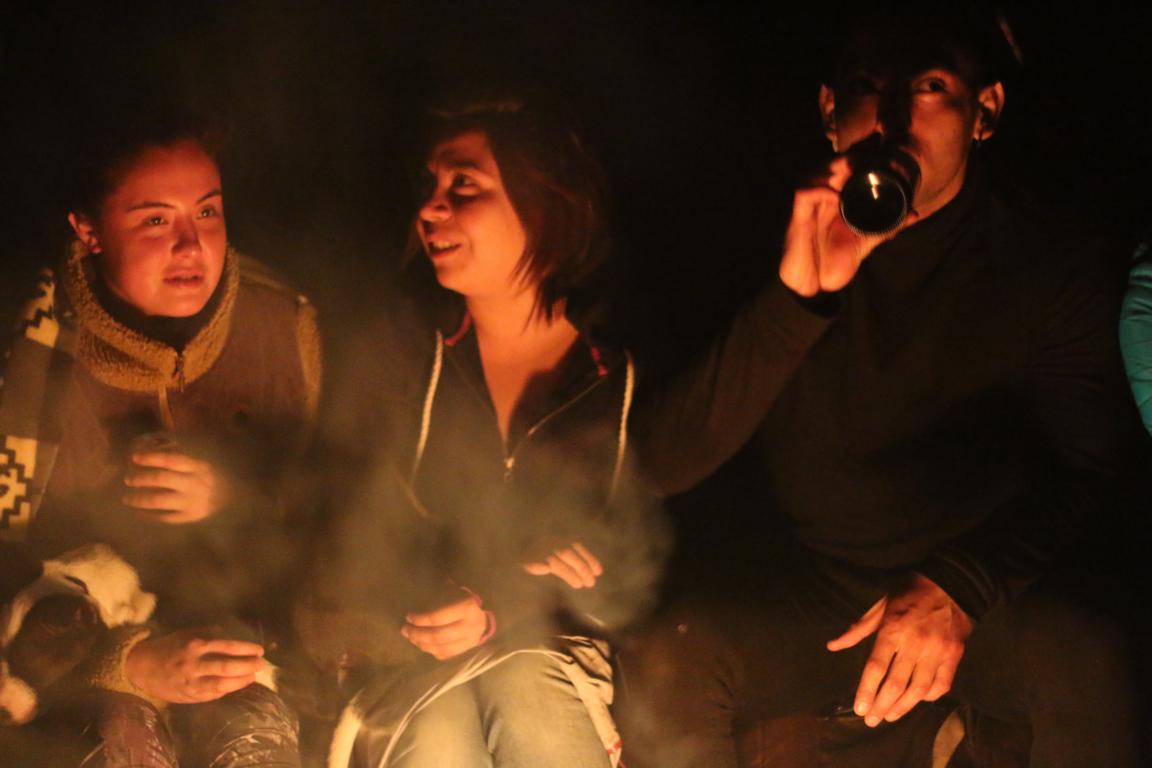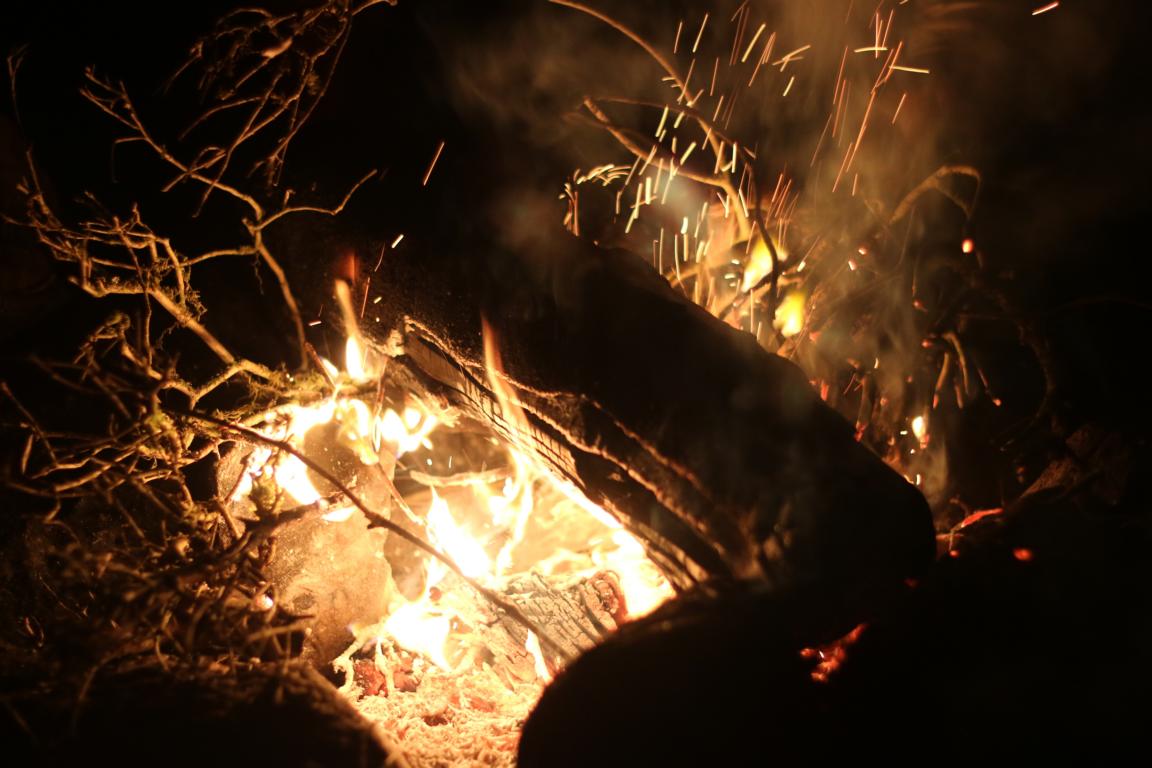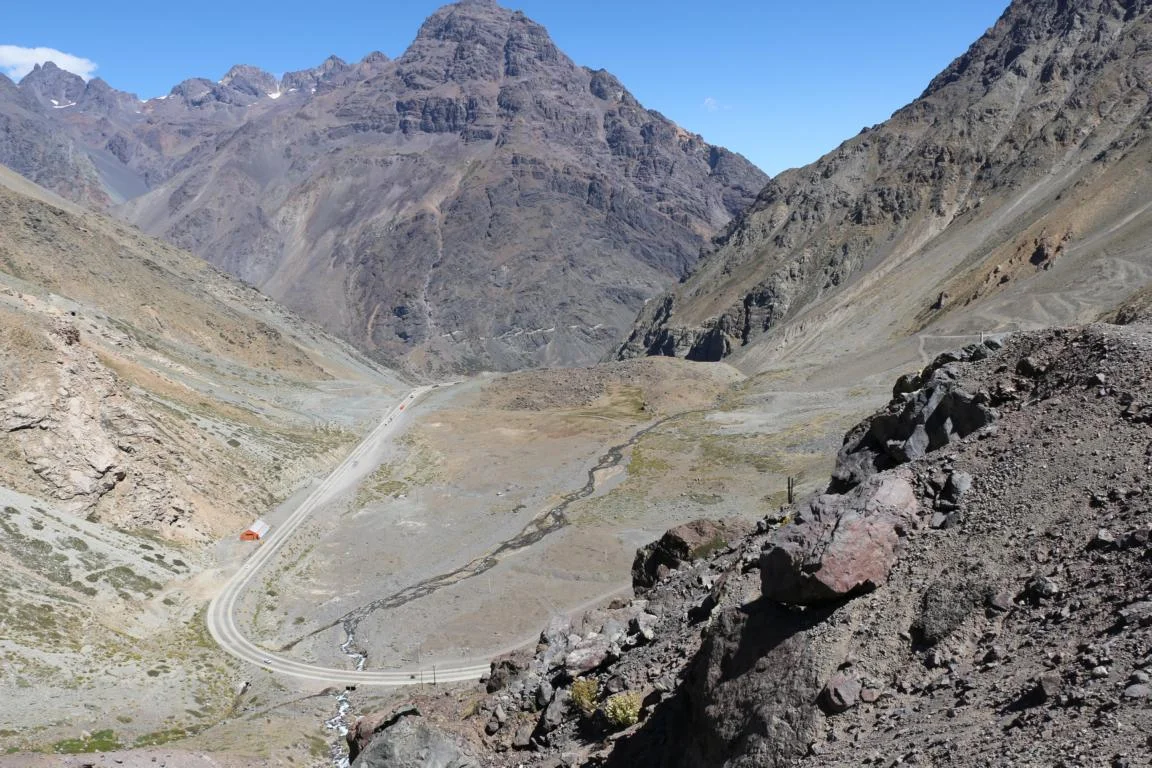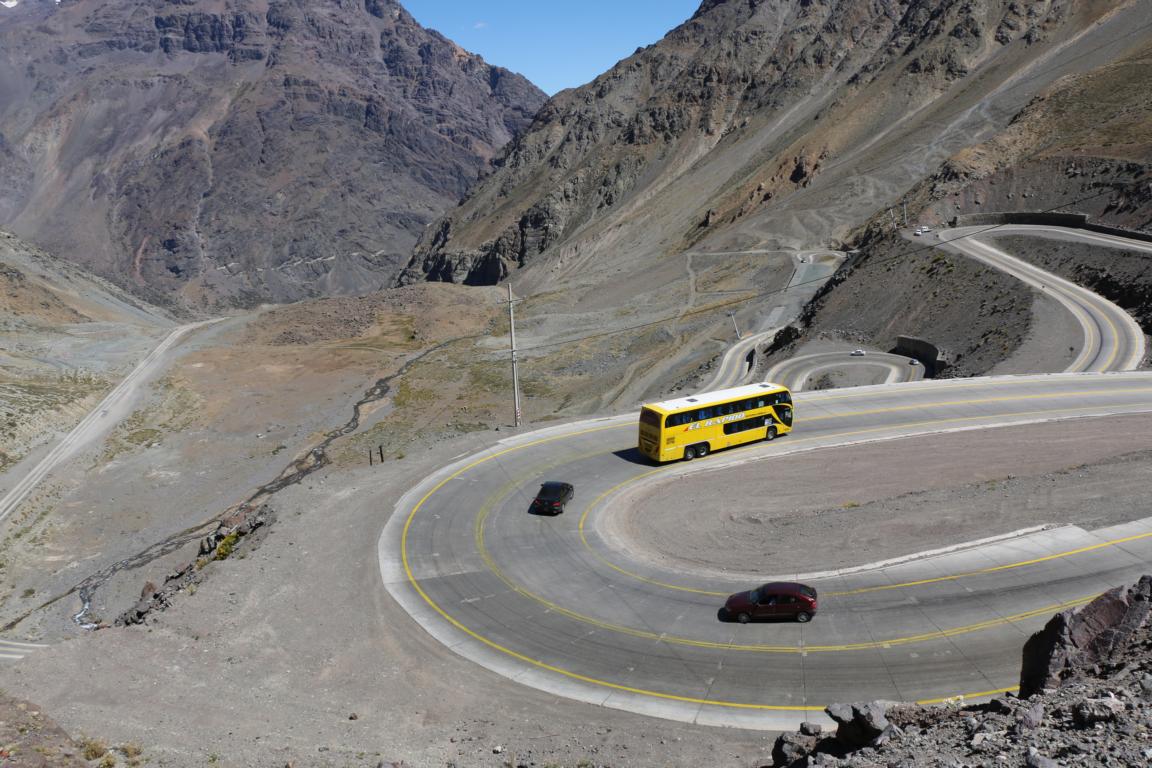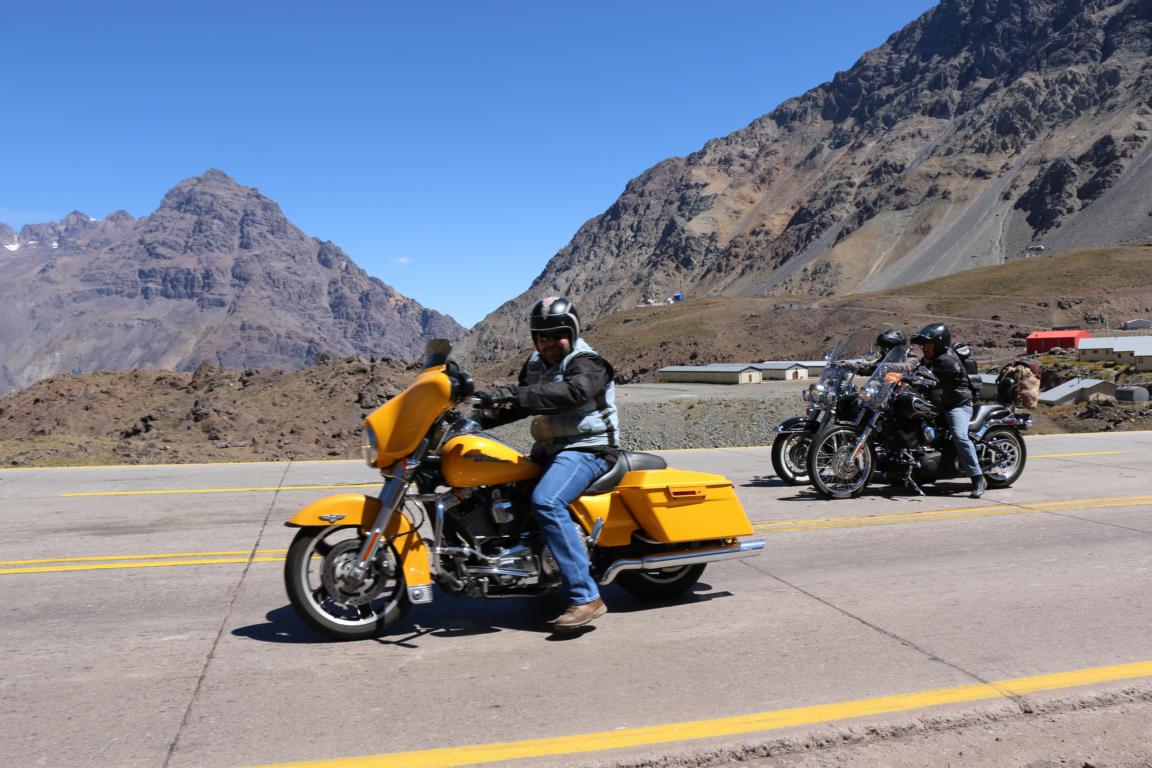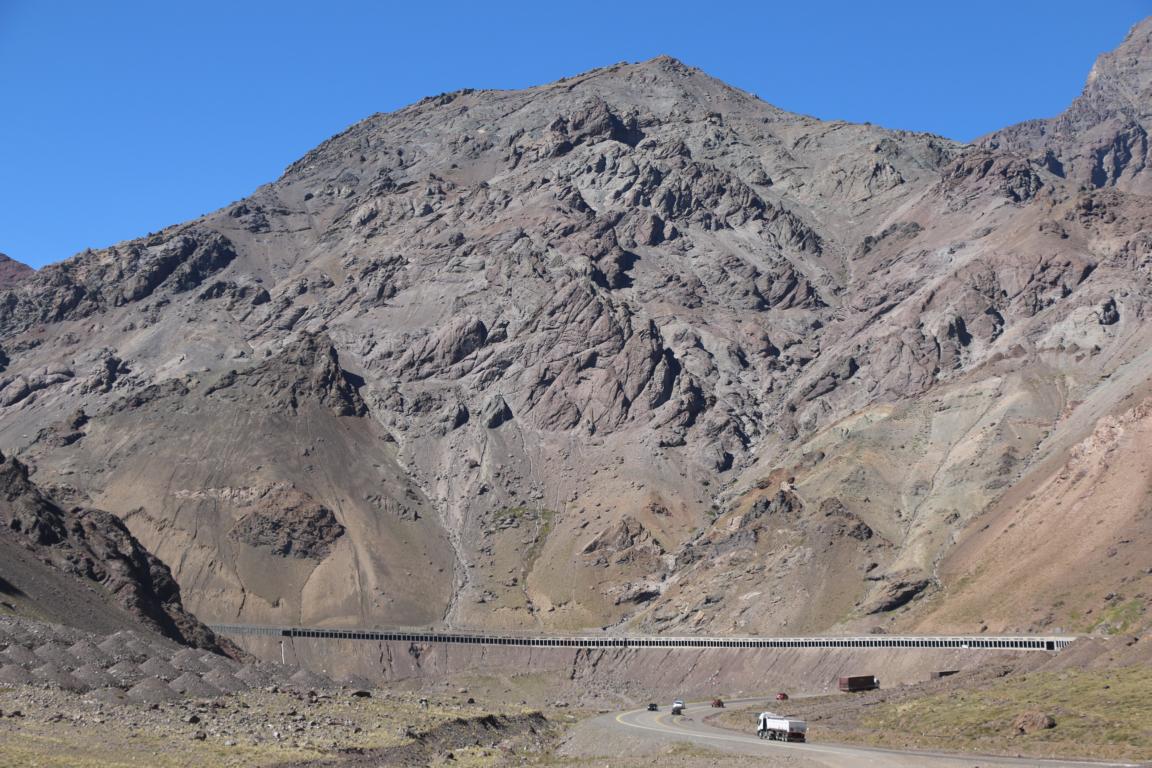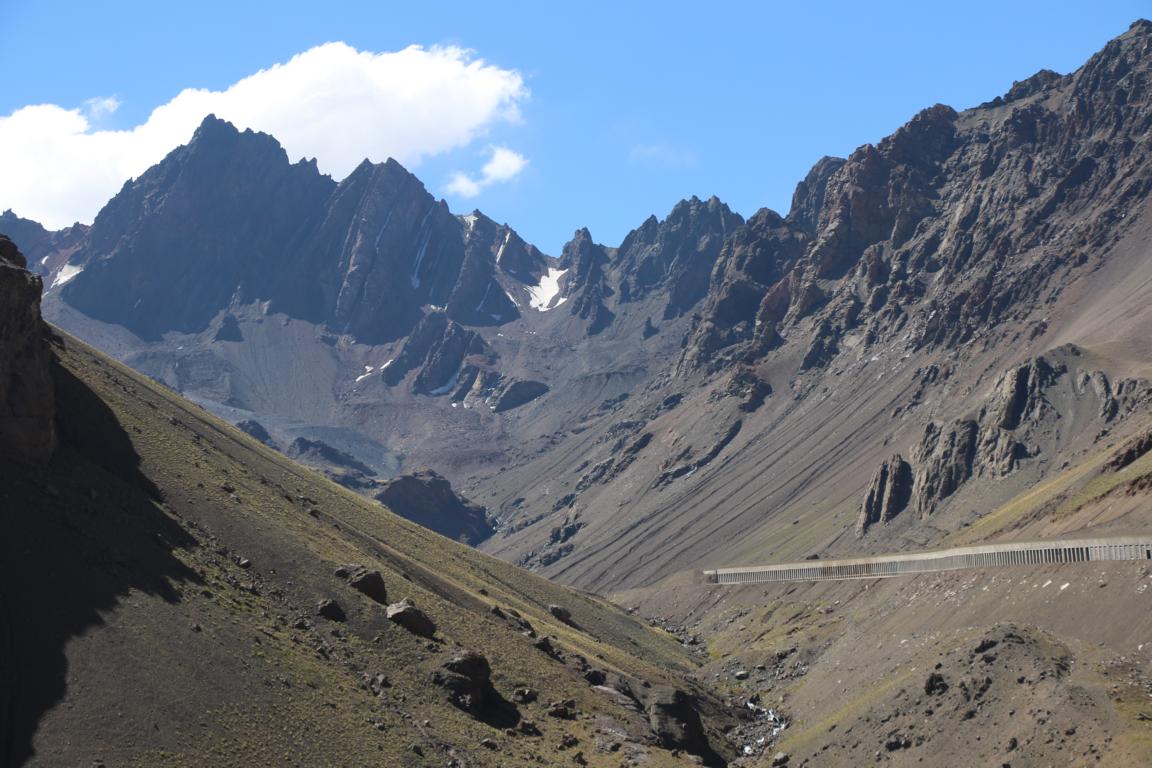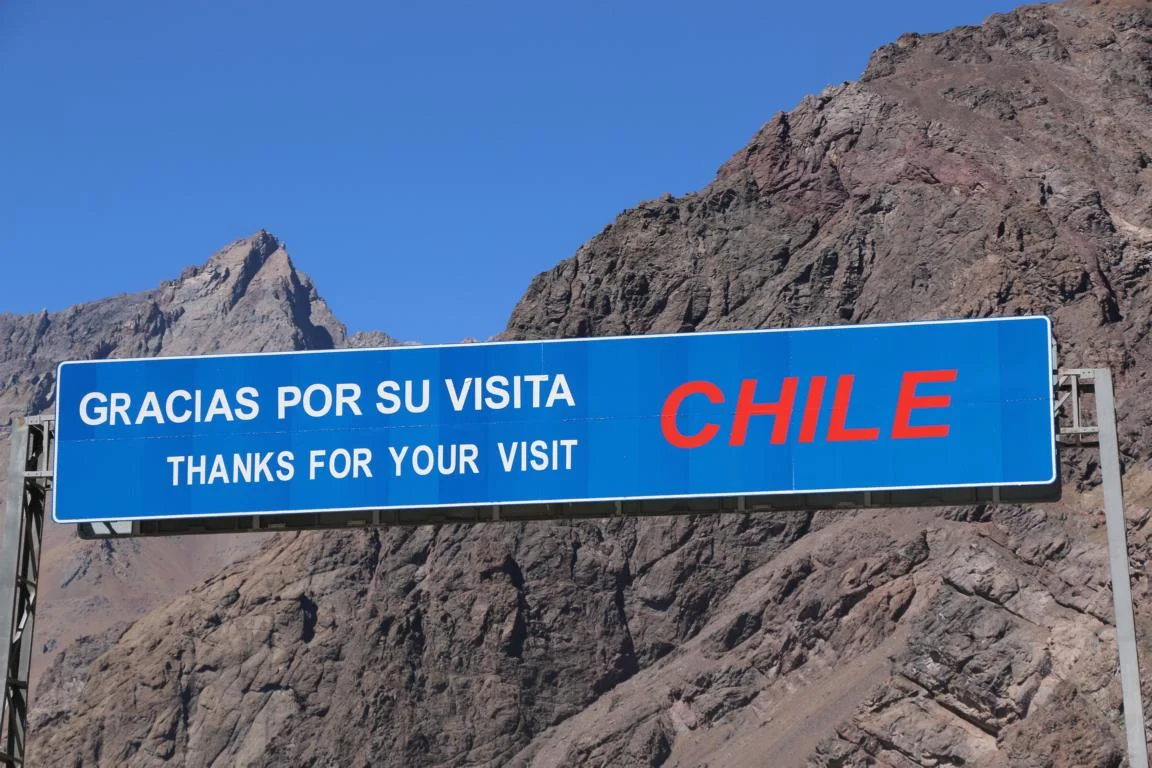South-Central Chile, March 2017
Chile located at the west-side of the Cordilleras de los Andes has a North-south extension of 4,275 km. Of the 18 million inhabitants close to half live in the region in or around the Capital Santiago. In the 19th and 20 century Chile was a classical immigration country. The percentage of the indigenous population is considered some 11 %, with the Mapuche being the largest indigenous group. Over a period of 300 years they successfully resisted against the Spaniards until they finally where beaten by the Chilean and Argentinian army in the late 19th century.
During the past weeks I travelled through south-central Chile visiting Santiago, the famous wine-producing valley Colchagua, the tourist region around Pucon / Villarica, and a Mapucho reserve in the area near Osorno. Finally I crossed back to Argentina via the Paso Los Liberatores / Cristo Redentor (3,200 m)
Pictures below show:
- The old centre of Santiago (founded in 1541). Some images showing key-governmental buildings including the former parliame3nt, the supreme court and the Presidential Palace La Moneda, where in 1973 democratically elected President Salvador Allende was overthrown by a military coup.
- Santiago is also blessed with a number of very good paragliding sites close to the town. Pictures show a flight at the exit of the Canon del Maipo.
- Colchagua Vally: Chile is the seventh biggest wine producer in the world with a total amount of 1,214,000 tons (2014). I spent several days in the Colchagua Valley visiting two wineries: Viu Manent produces 2.5 million litres a year in a more industrial style. Due to the excellent quality of the soil it grows plants which are 100 years and older. Hazienda Araucania produces 500,000 litres of wine per year in an ecological, biodynamic and sustainable manner. Production costs are some 30 % higher compared to industrial production. Both wineries produce excellent wine (believe me, I tasted it).
- The region around Pucon and Villarica is one of Chile’s prime tourist areas. It offers scenic landscape, volcanos, lakes, rivers, waterfalls, thermal springs and great hiking areas.
- Fixing a tyre in the Chilean way. The whole of a punctured tyre can temporarily be closed by inserting a screw.
- Bahia Mansa, a typical small village at the Pacific Ocean with people living from fishery and agriculture.
- Cochayuyo is a type of seaweed harvested at the beach. Once it has been dried it becomes stiff and is consumed as vegetable or meat surrogate. For Spanish speakers: When a Chilean male person (in a politically incorrect manner / slang) expresses his desire to make love it reads “quiero remojar mi cochayuyo”.
- Caleta Condor, part of a Mapuche reserve, is a little bay located bay south of Bahia Mansa and can only be reached by boat or through a two-days walk. Some Mapuche families have started an eco-friendly tourism which offers a bit of a flair like in the movie “The Beach” – just that the water temperature is only around 18 degrees. The site attracted international spotlight when Cameron Diaz visited the Caleta Condor with a MTV film crew to produce a film about off-track tourist sites. Accessing by boat through a narrow inlet is only possible when the sea is calm, otherwise you find yourself locked up for several days as I did.
- The road leading from Los Andes via the ski-resort Portillo (Chile) to Mendoza (Argentina) leads over the 3,200 m high Paso de Los Liberatores (or Paso Cristo Redentor).

